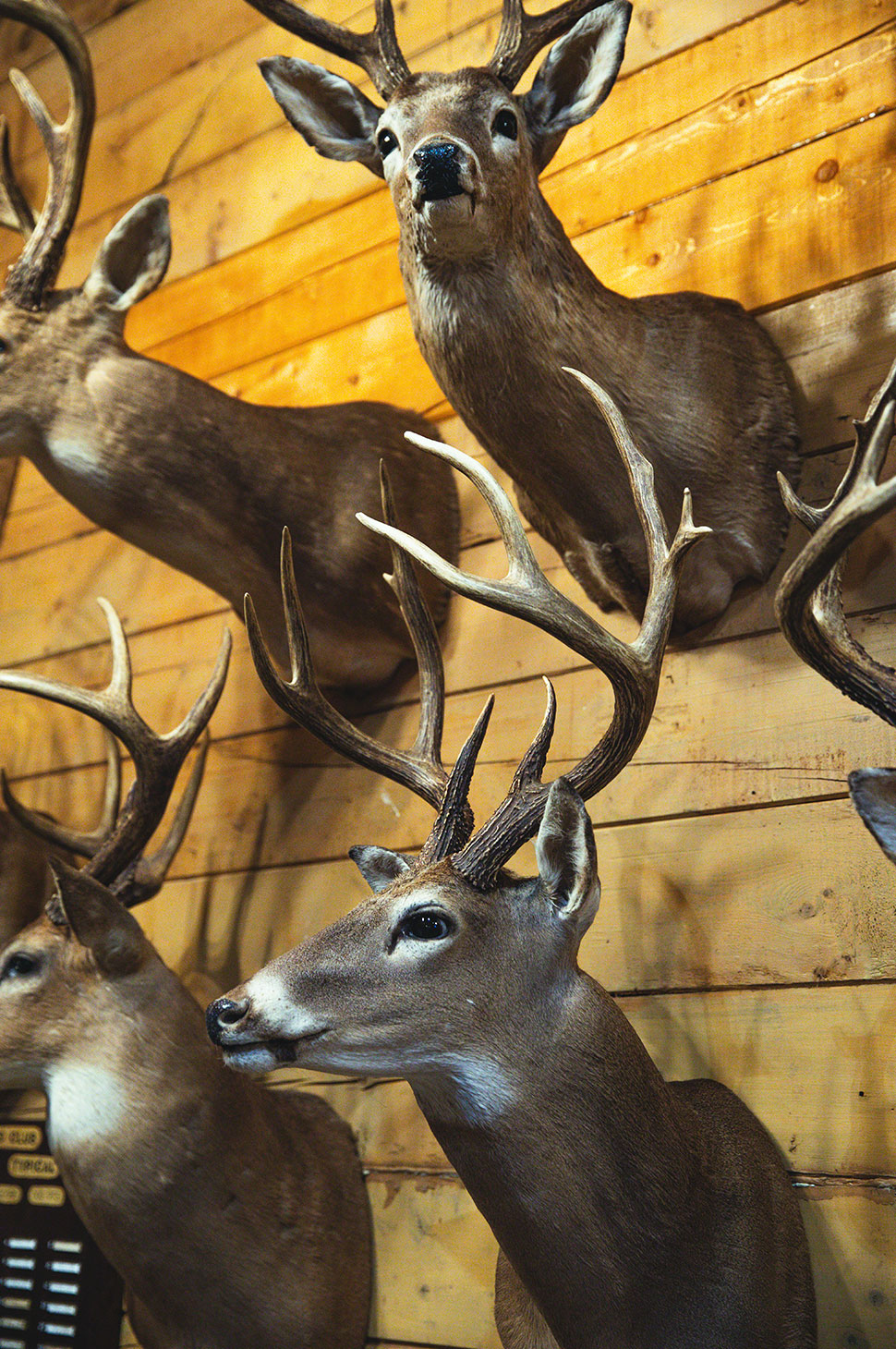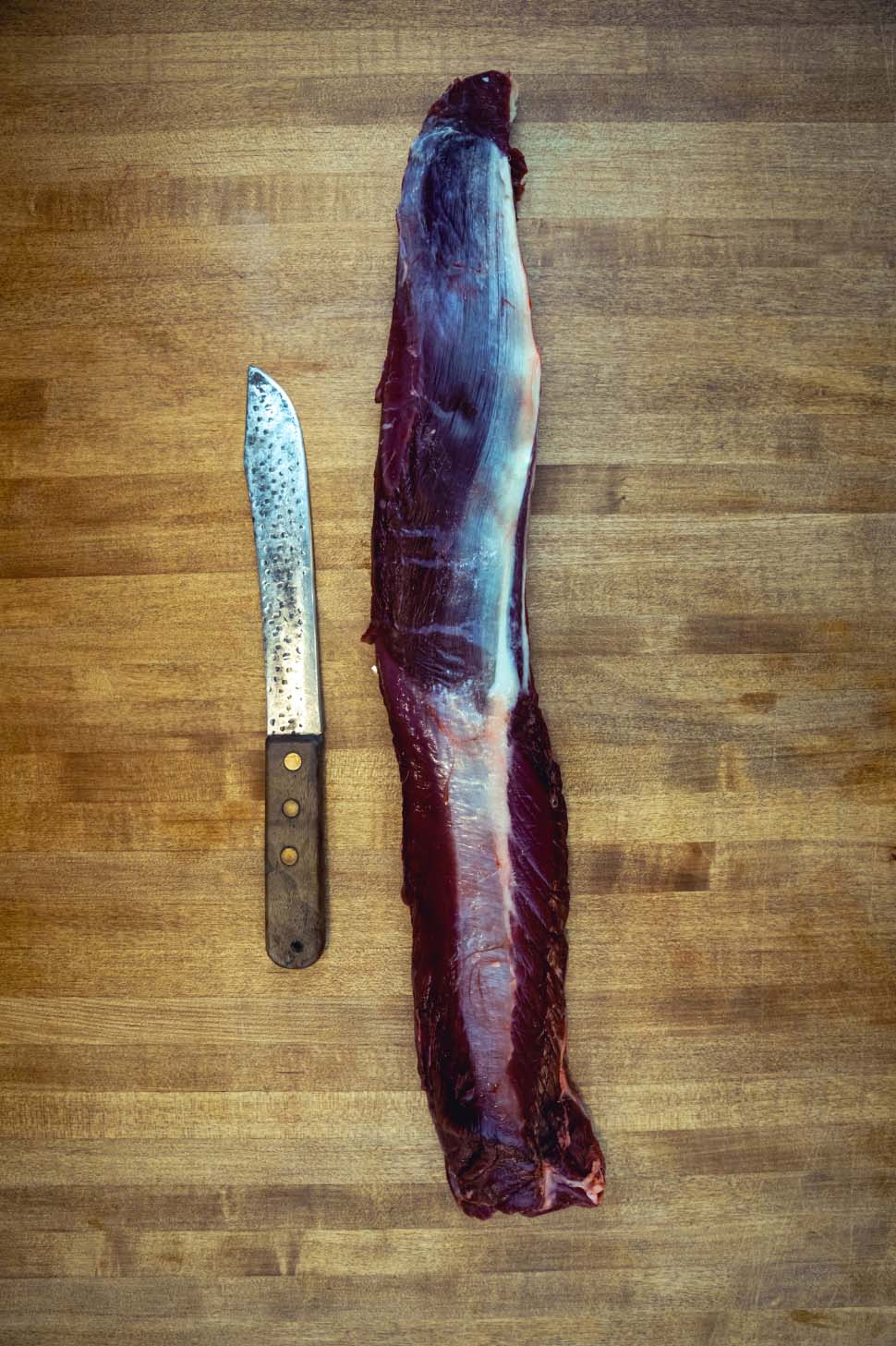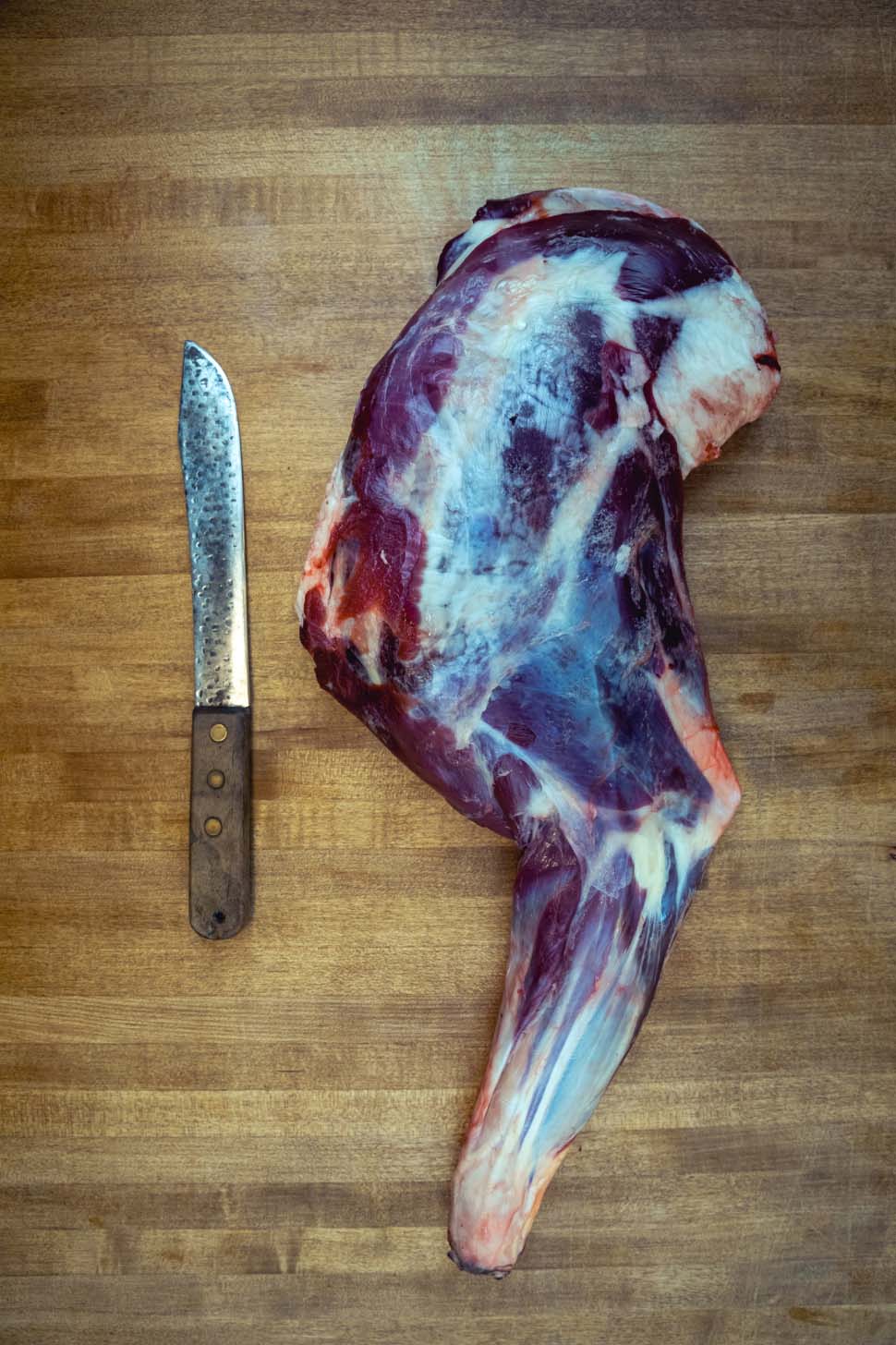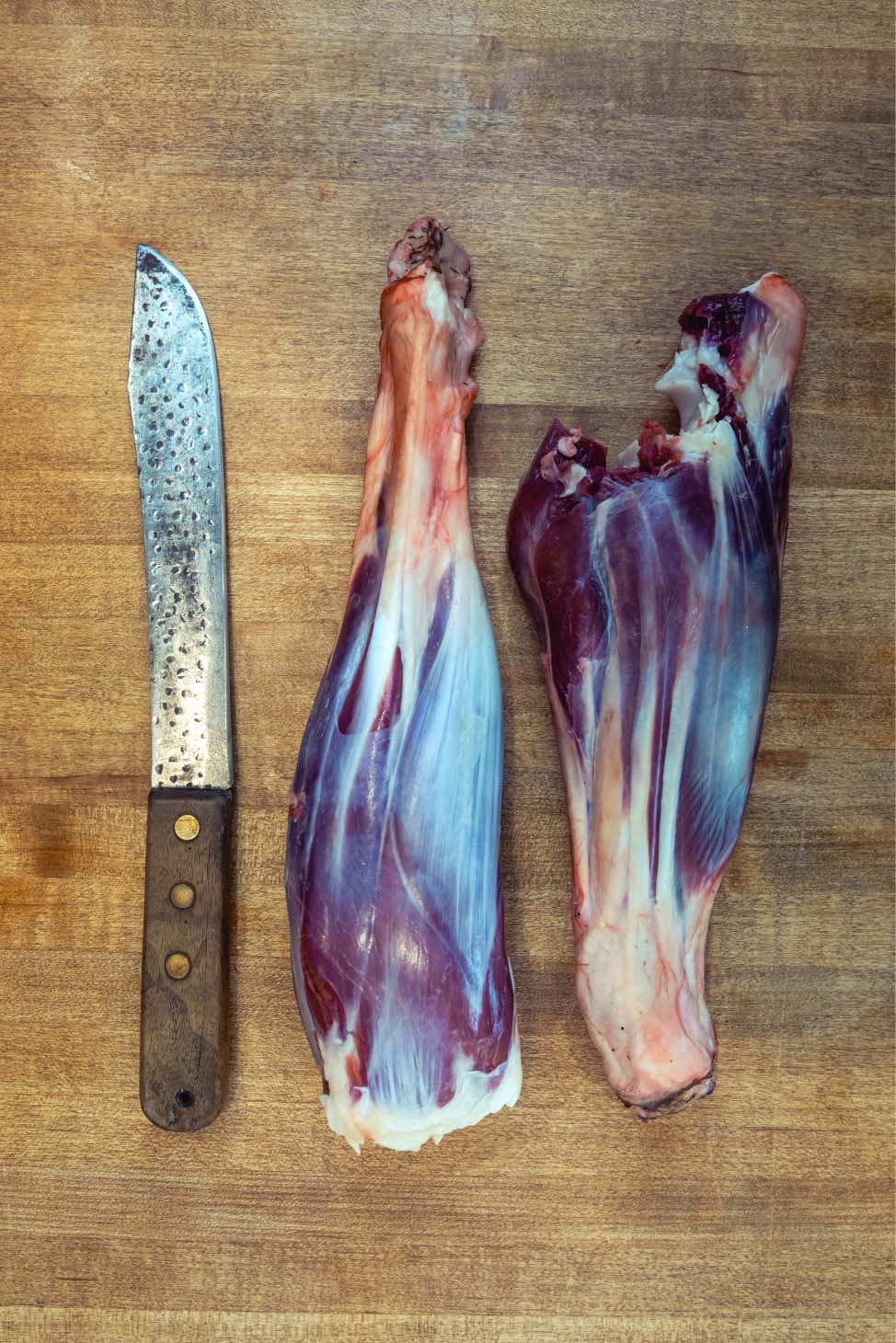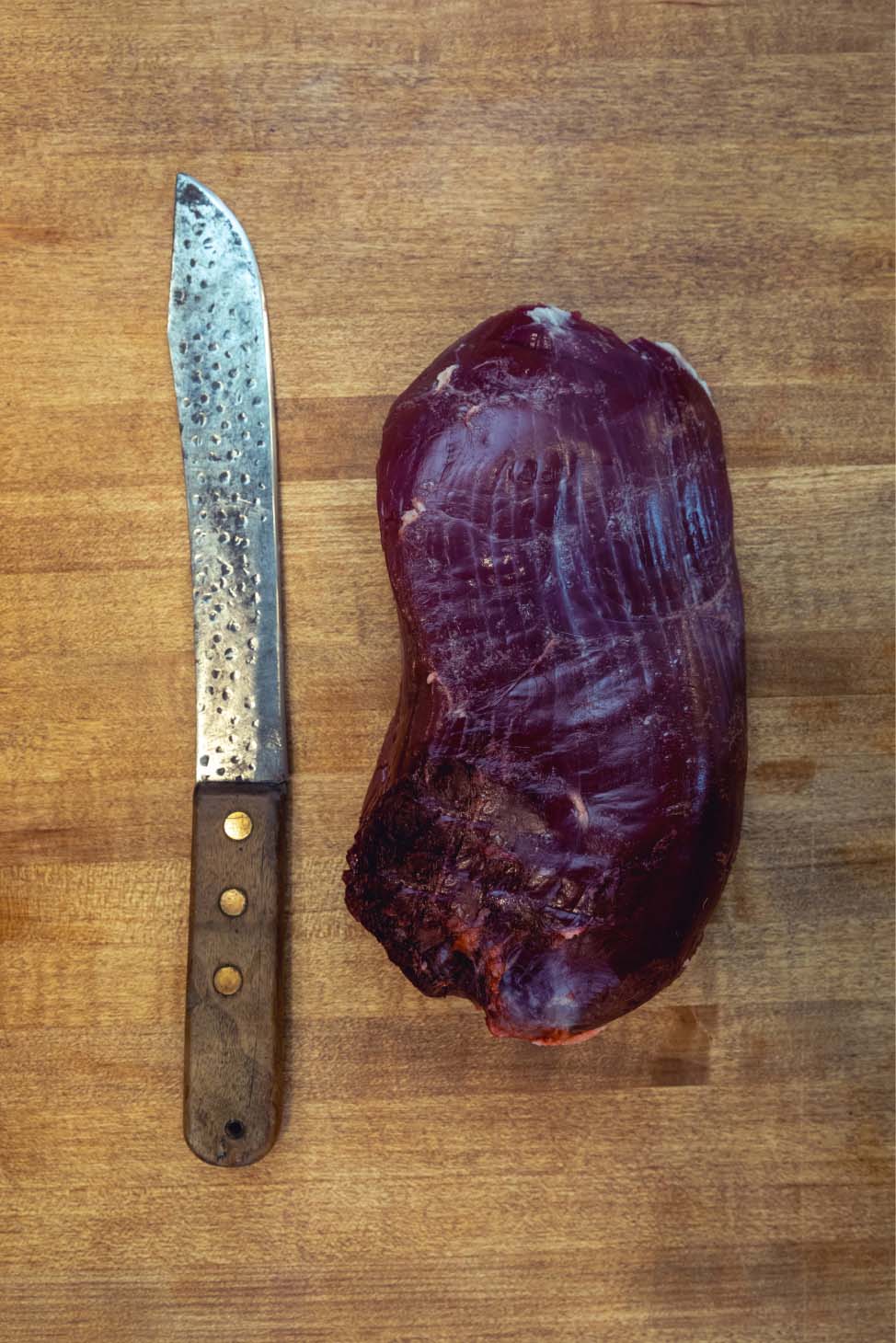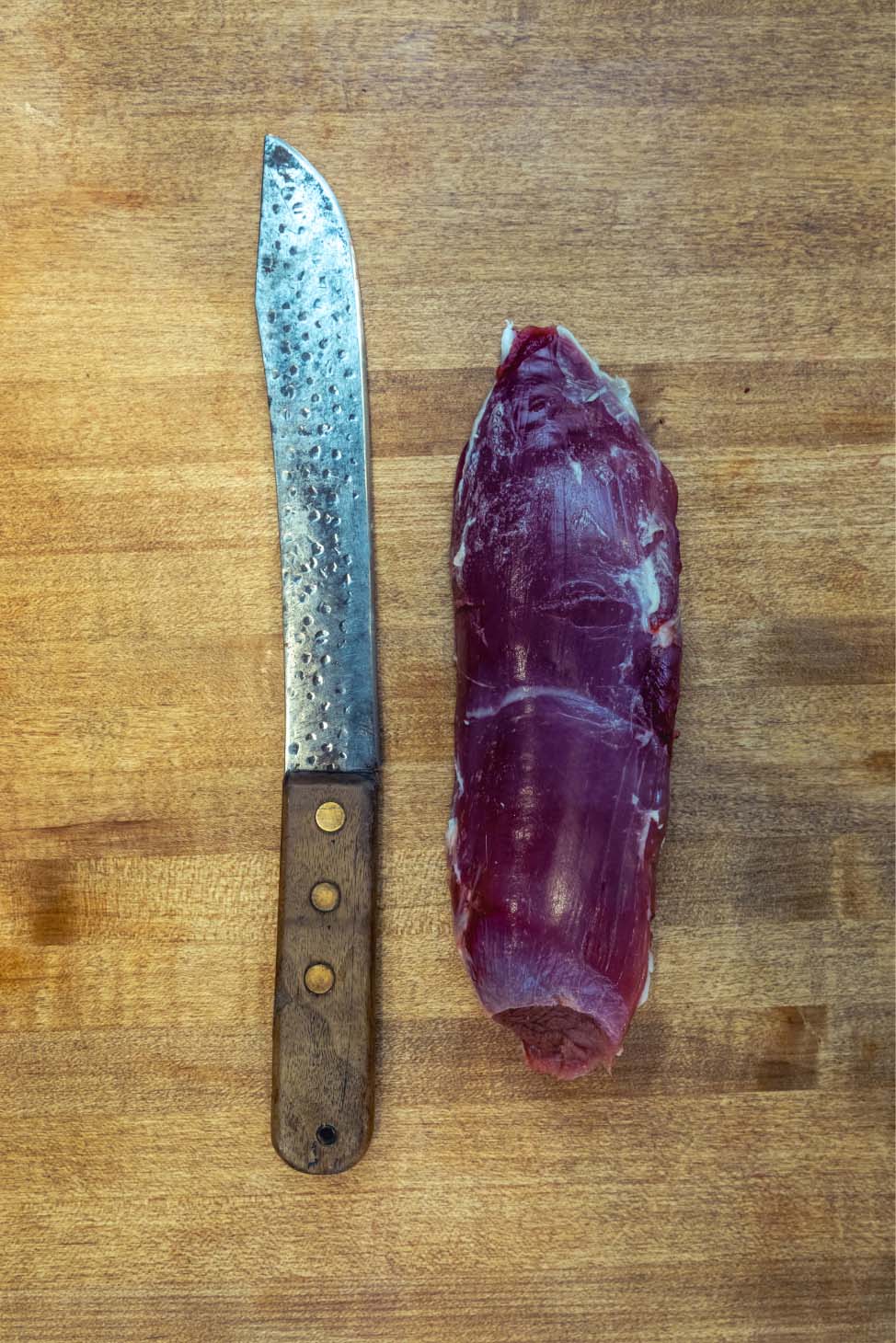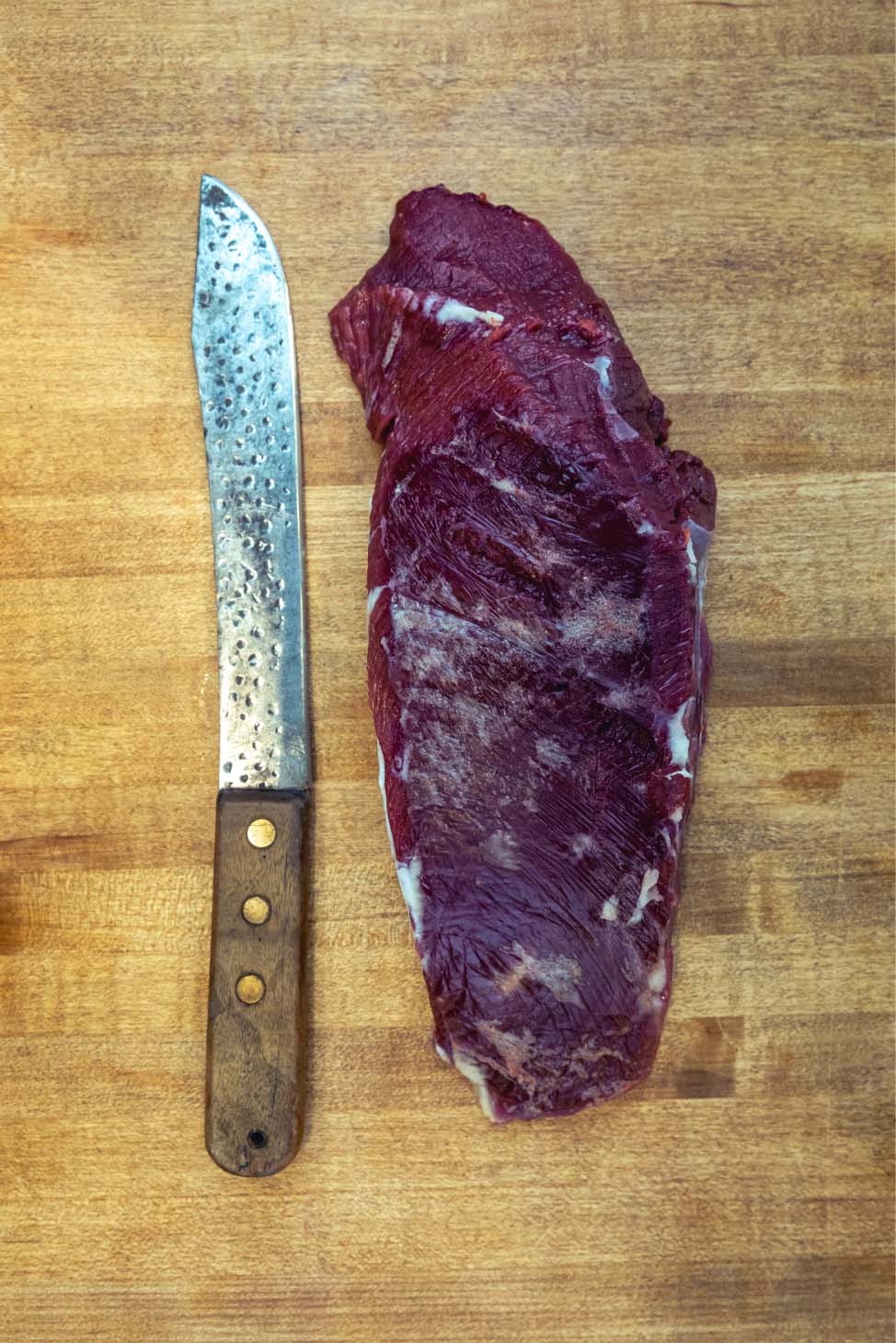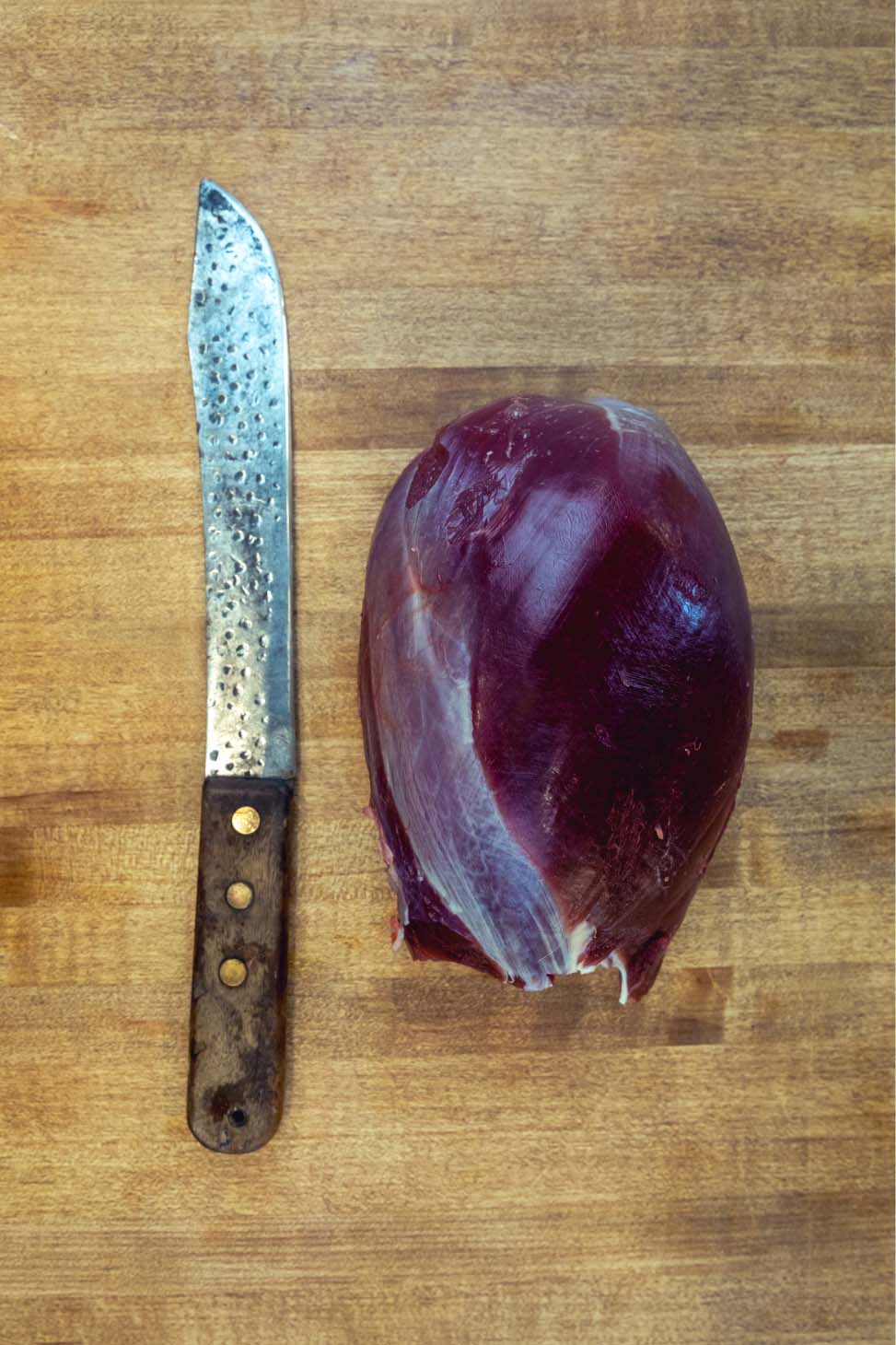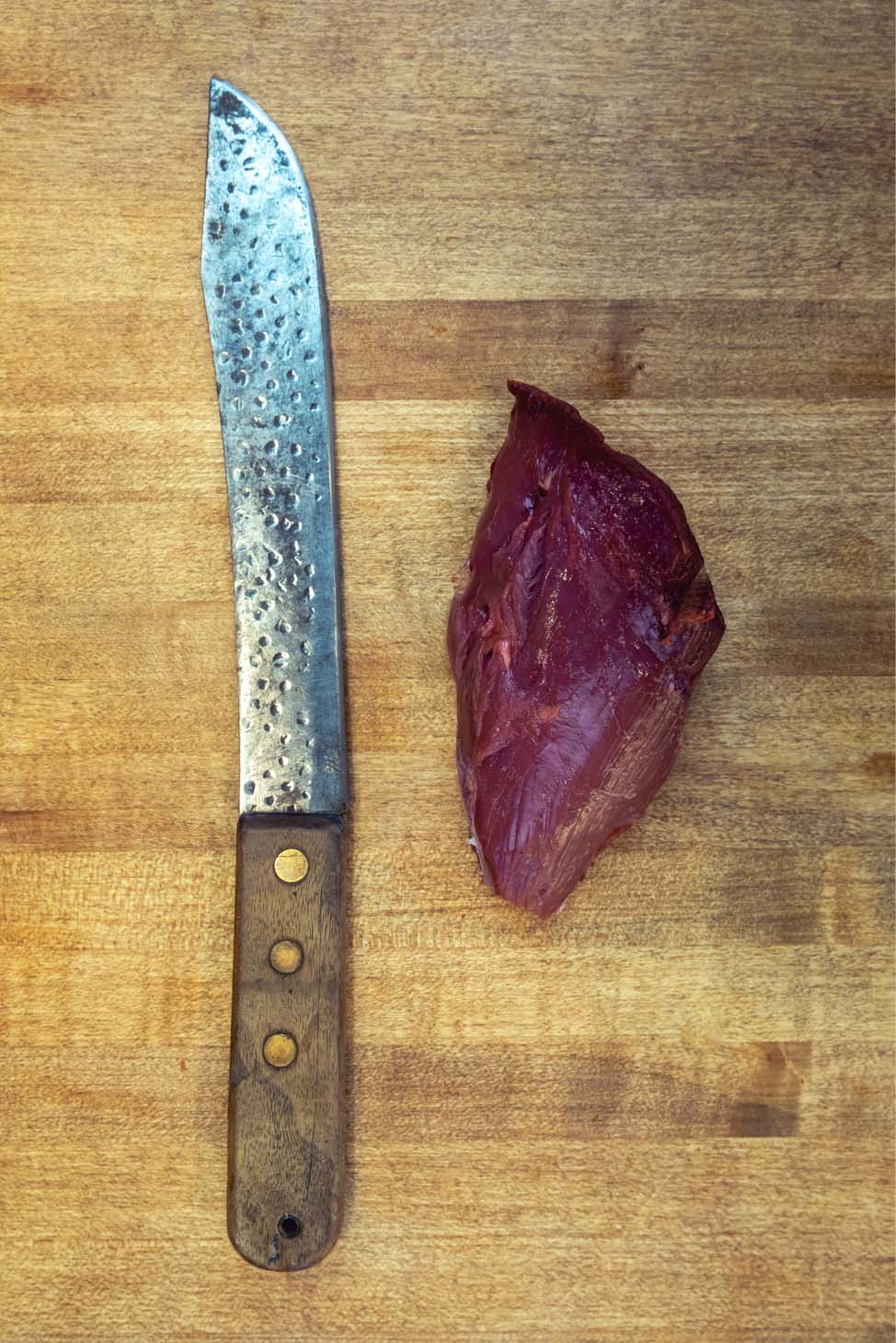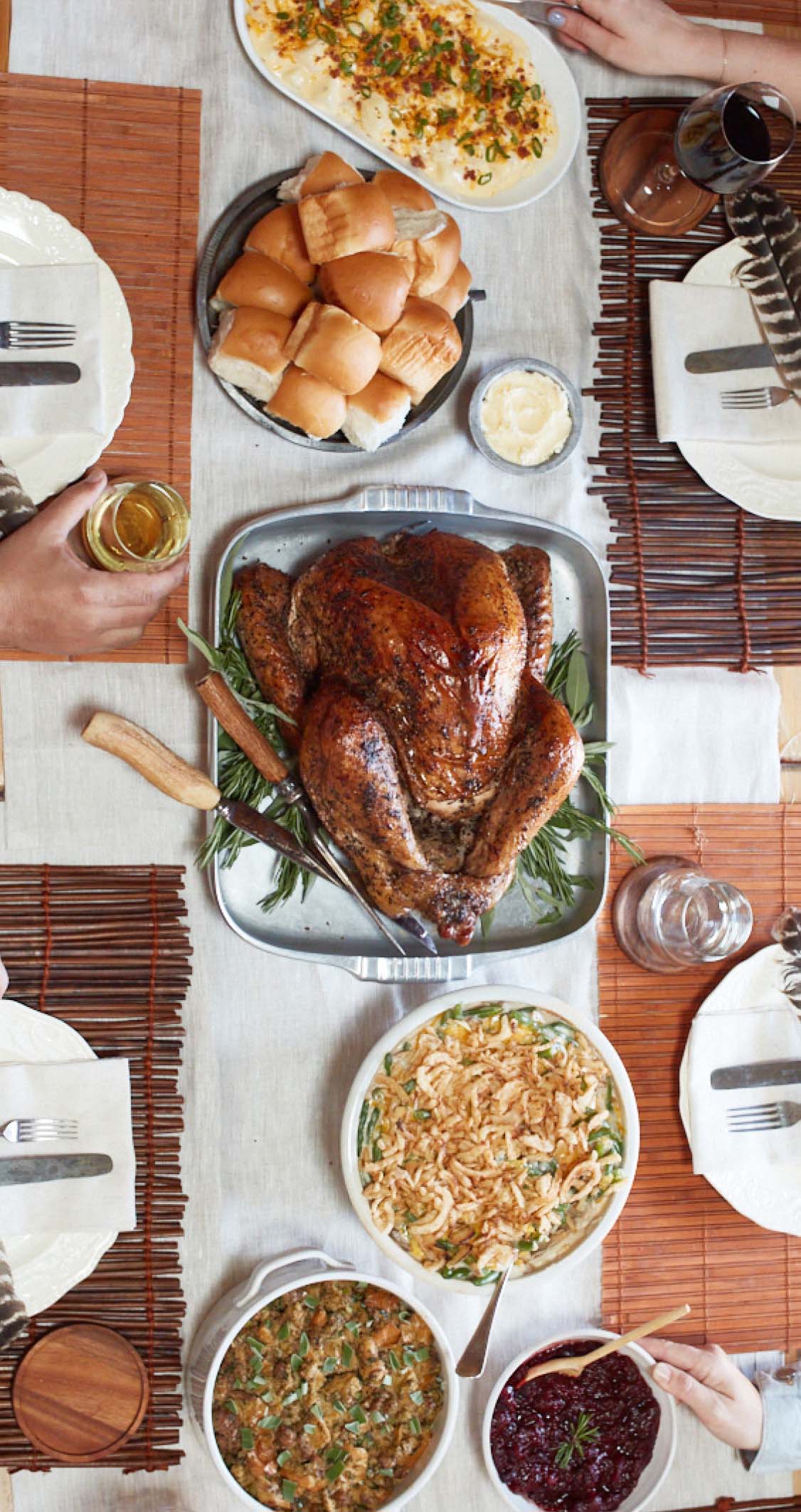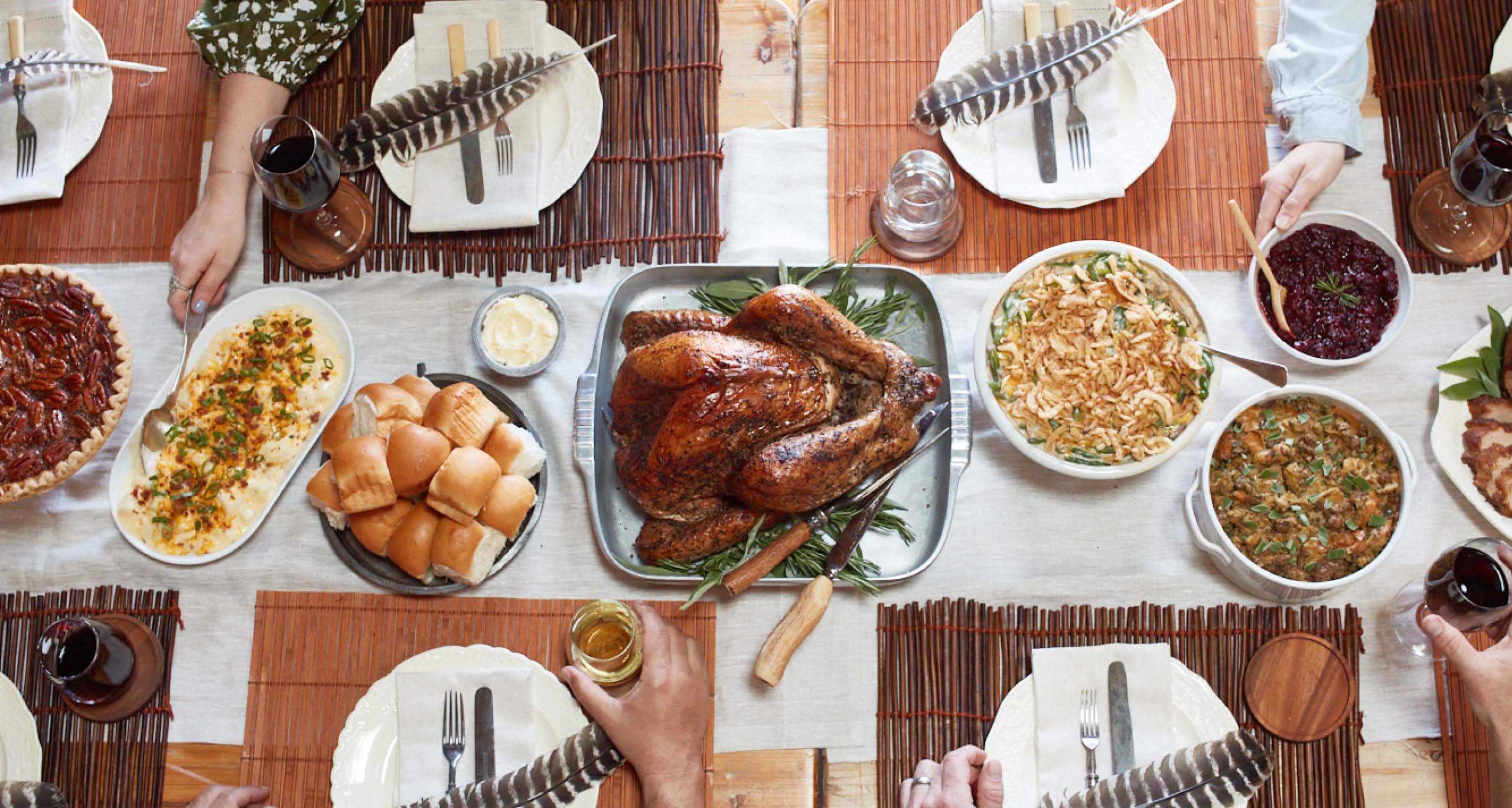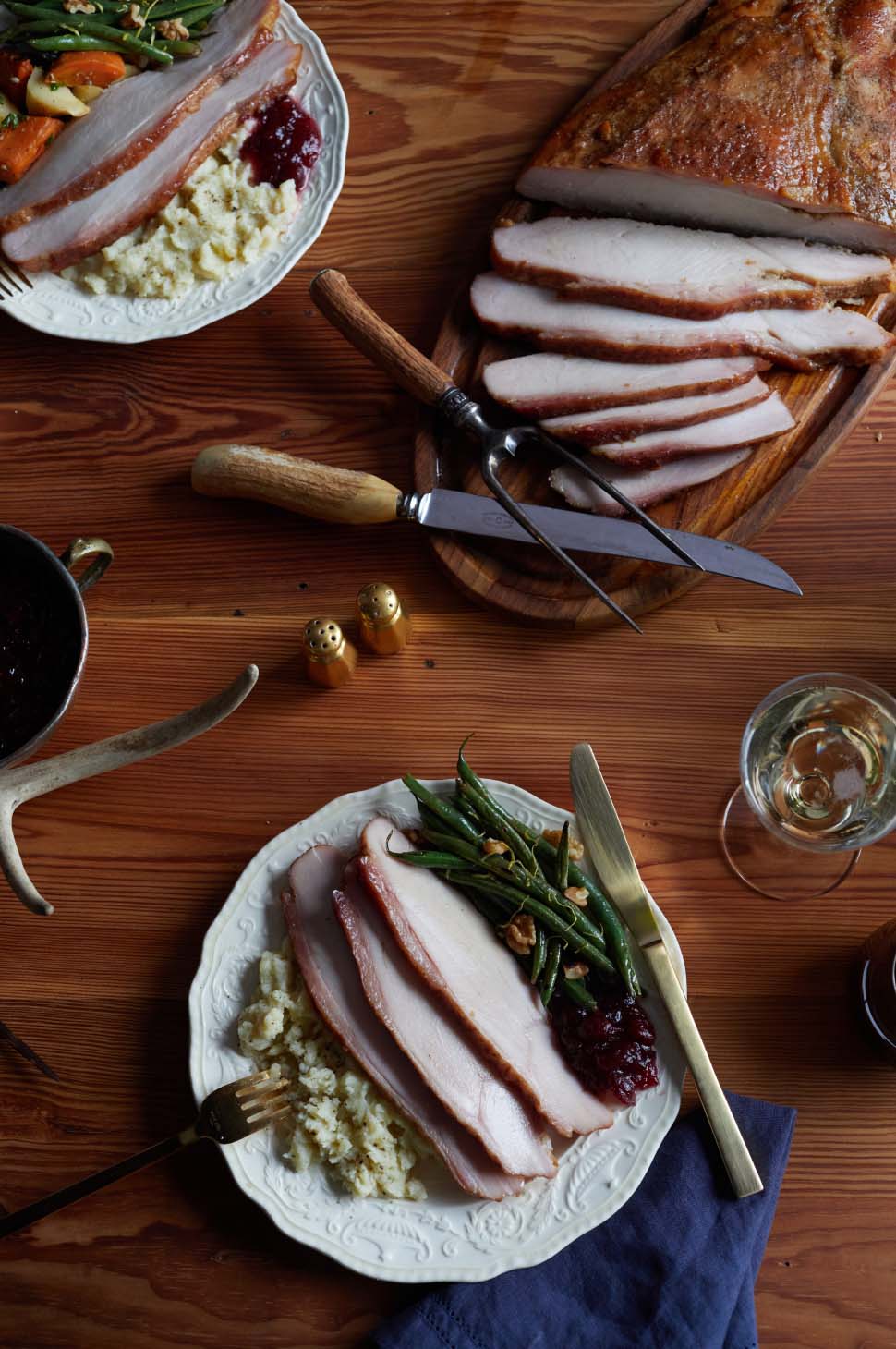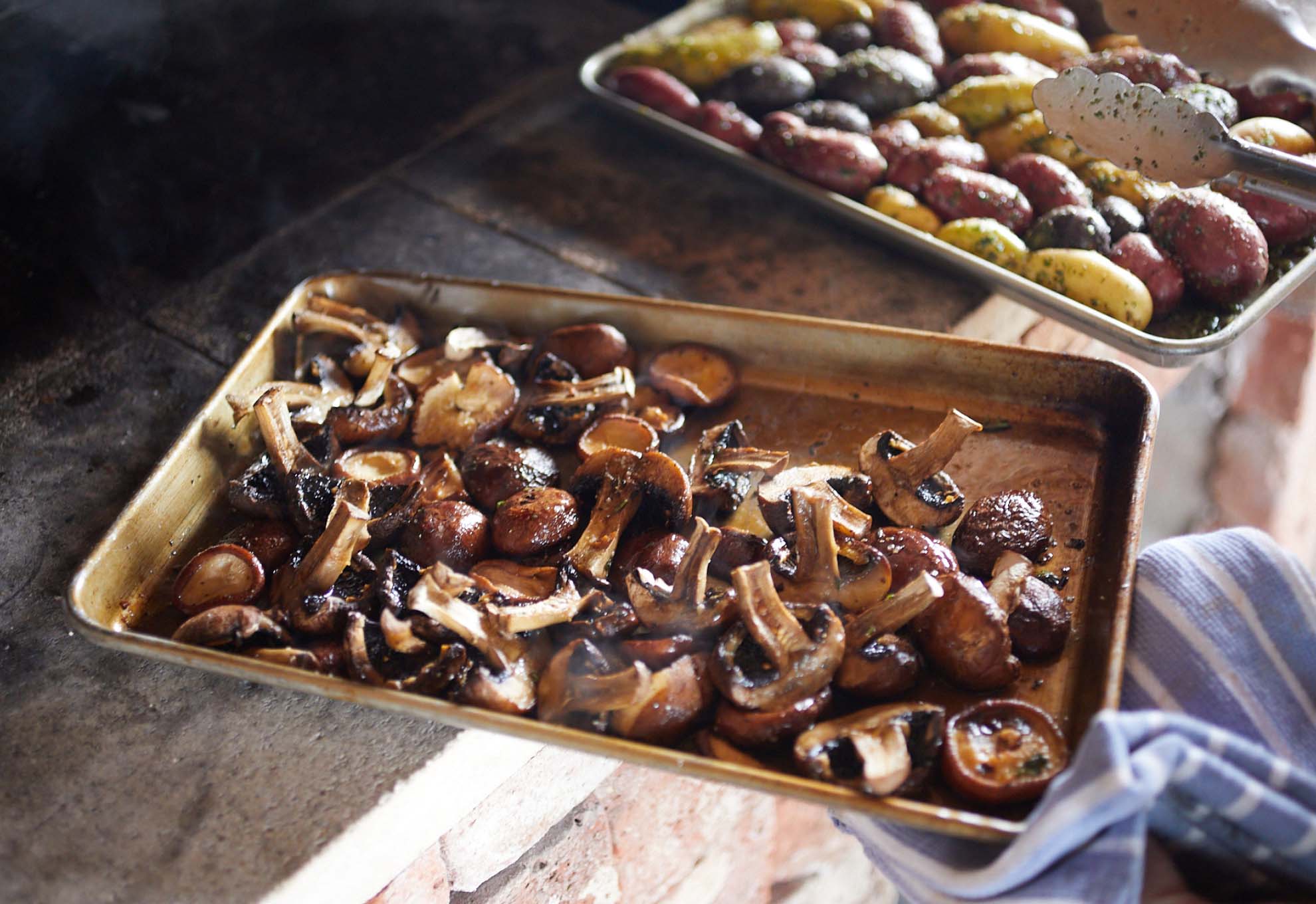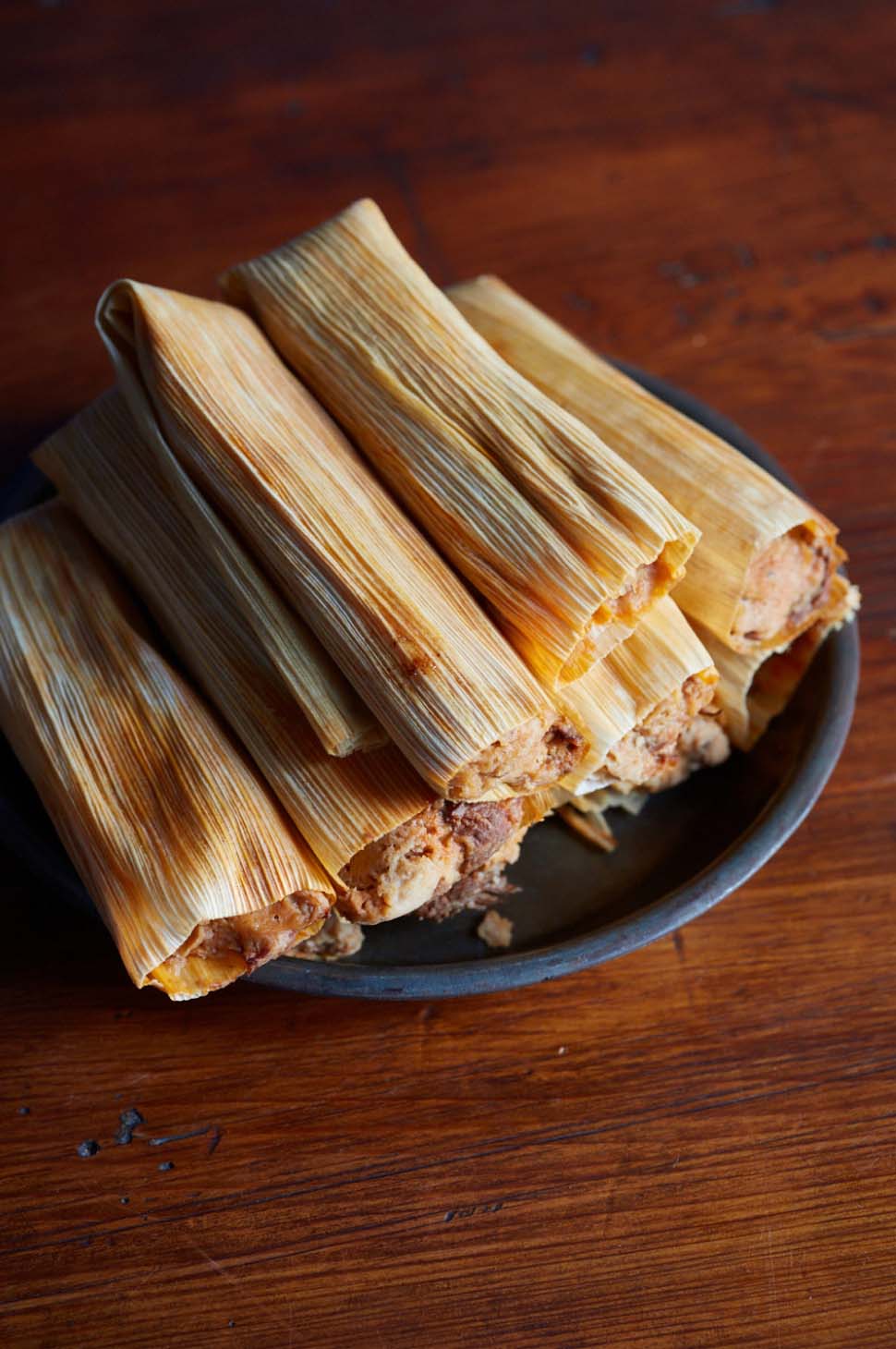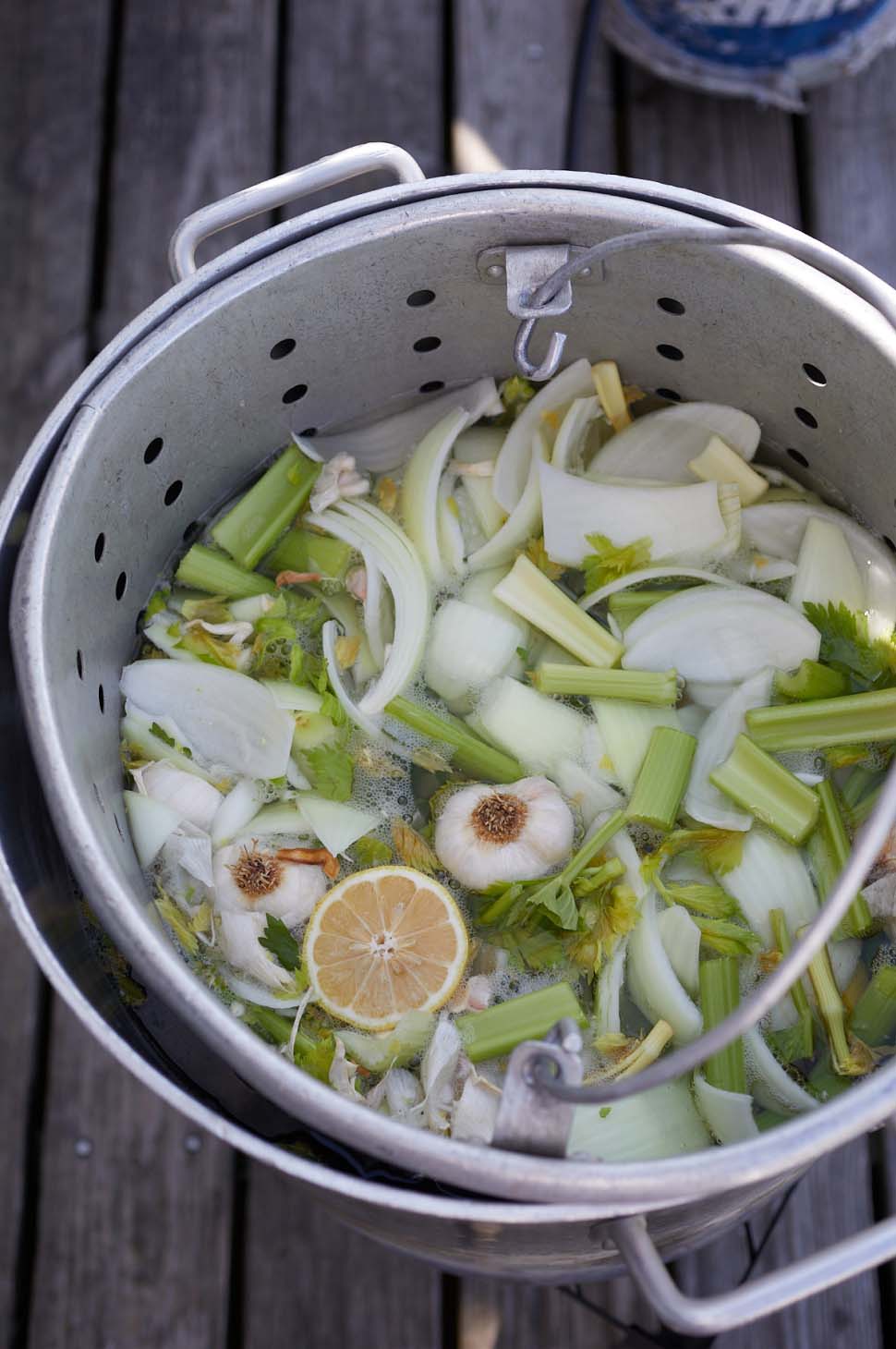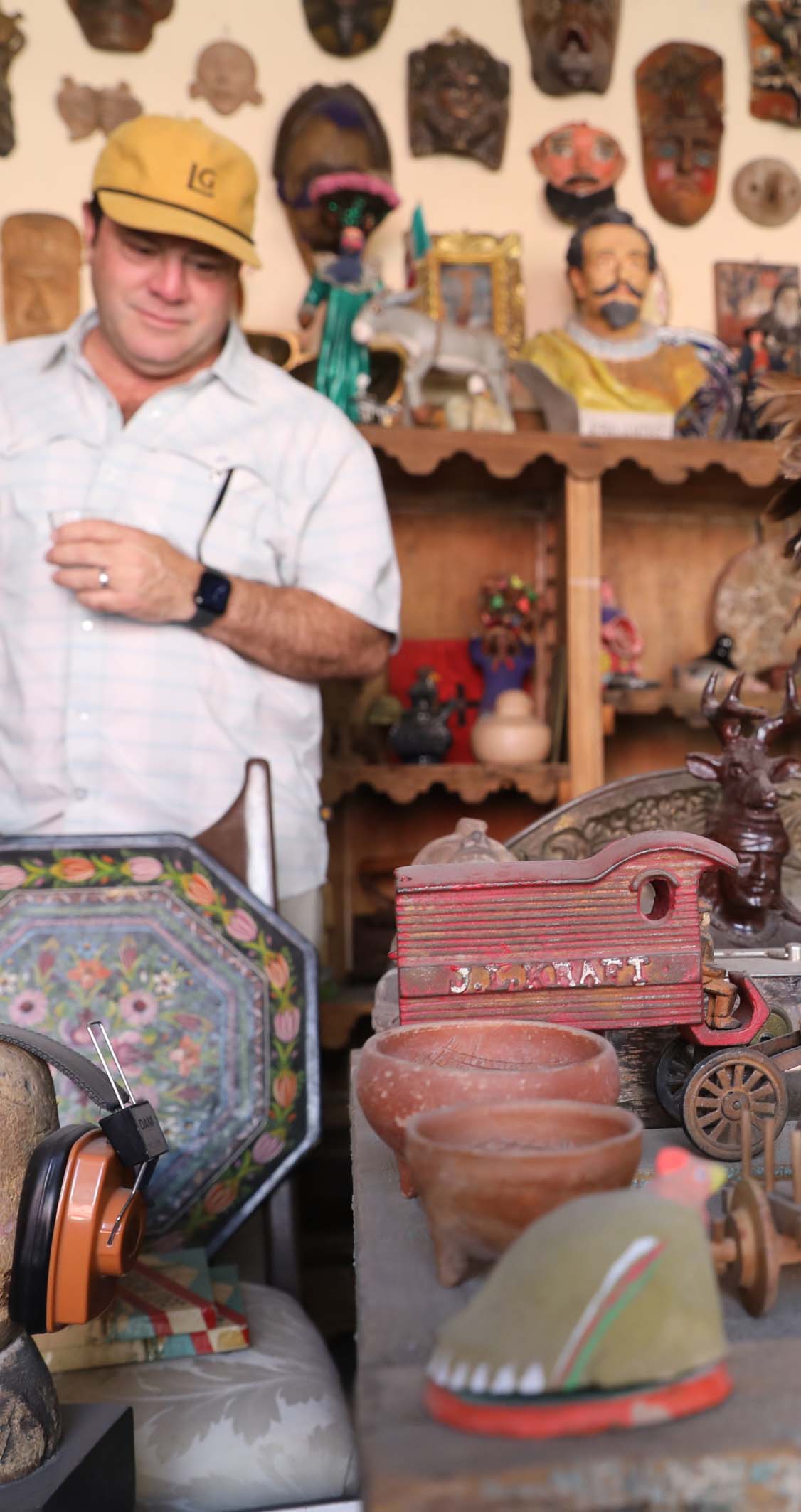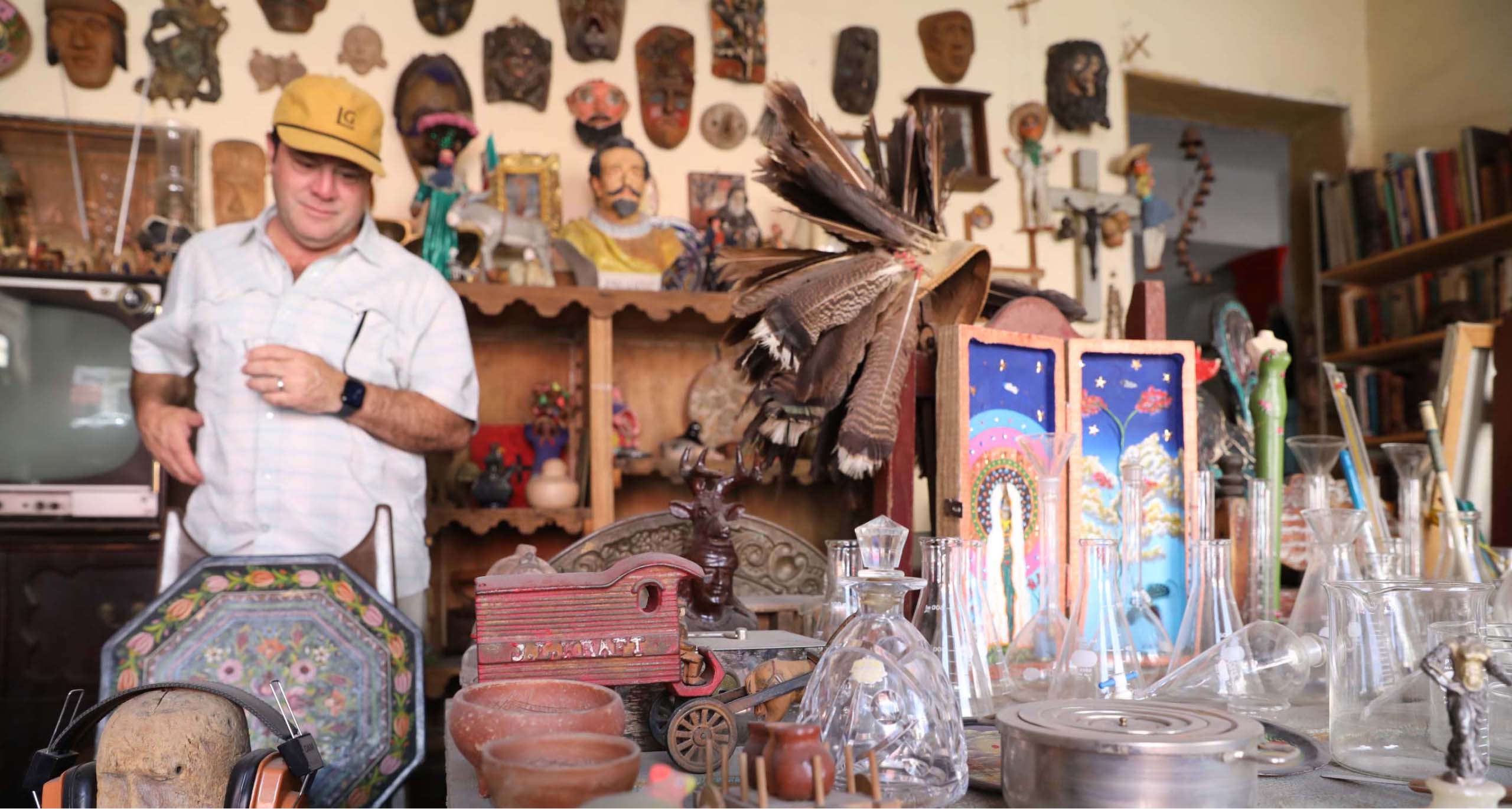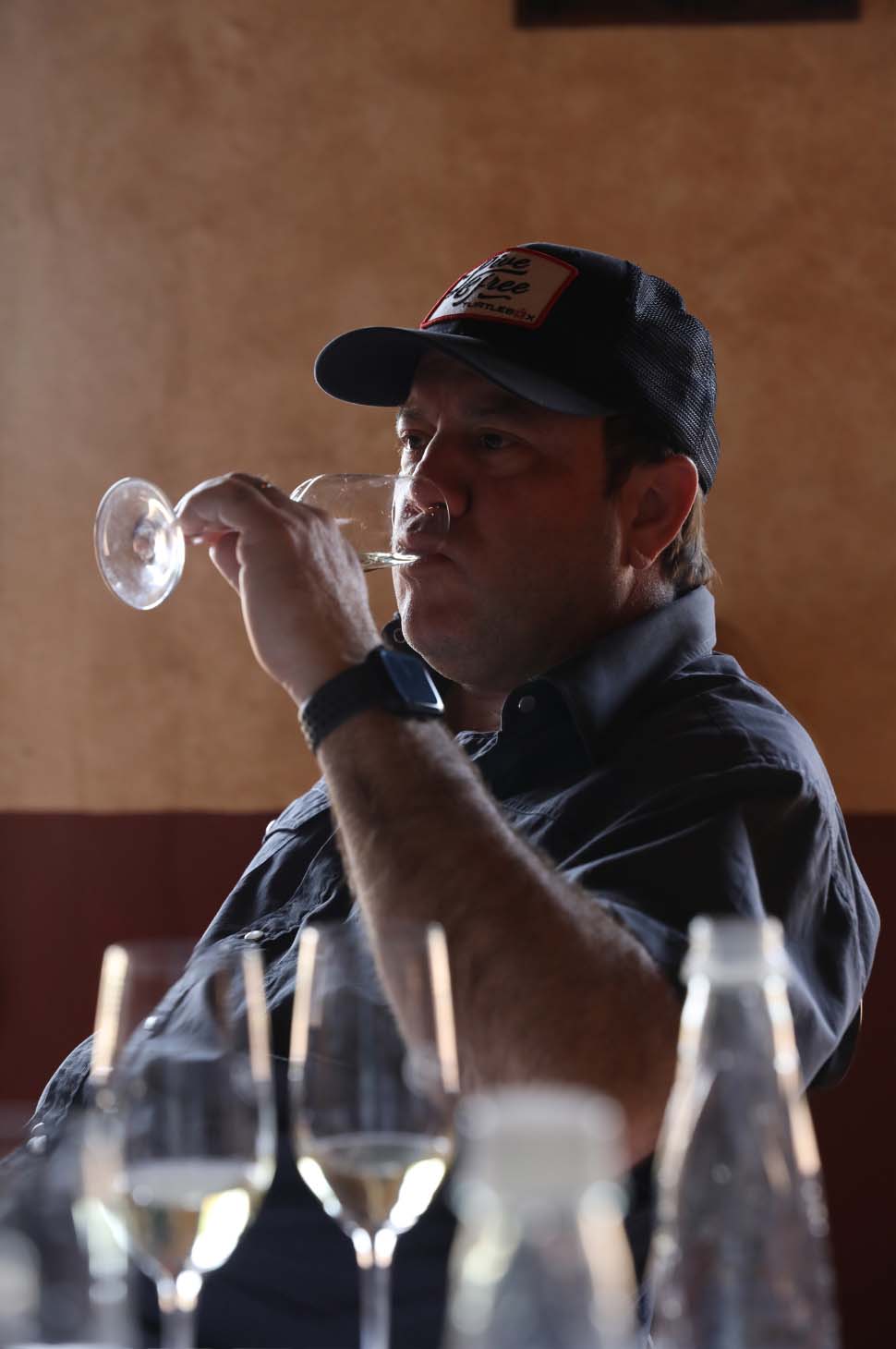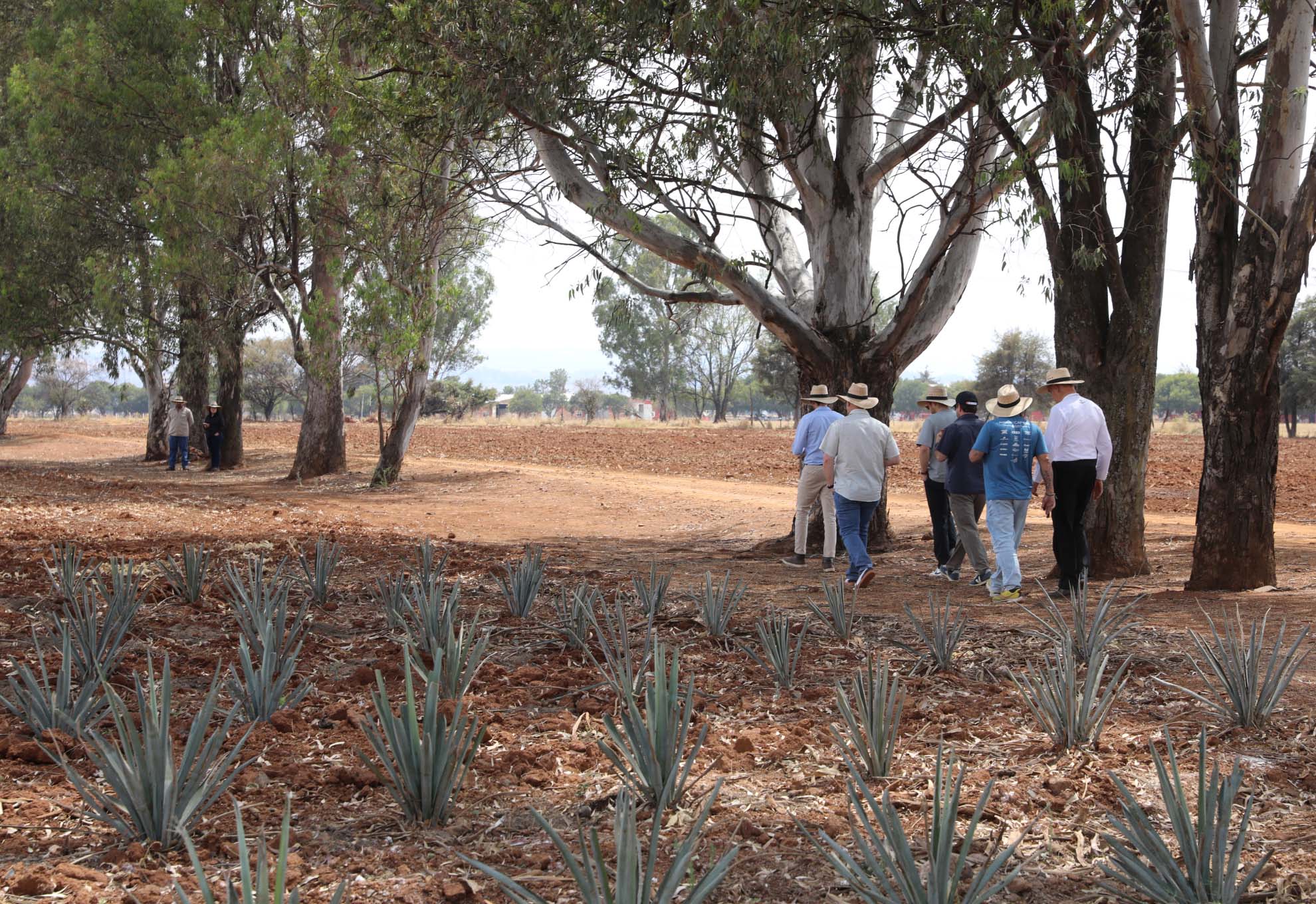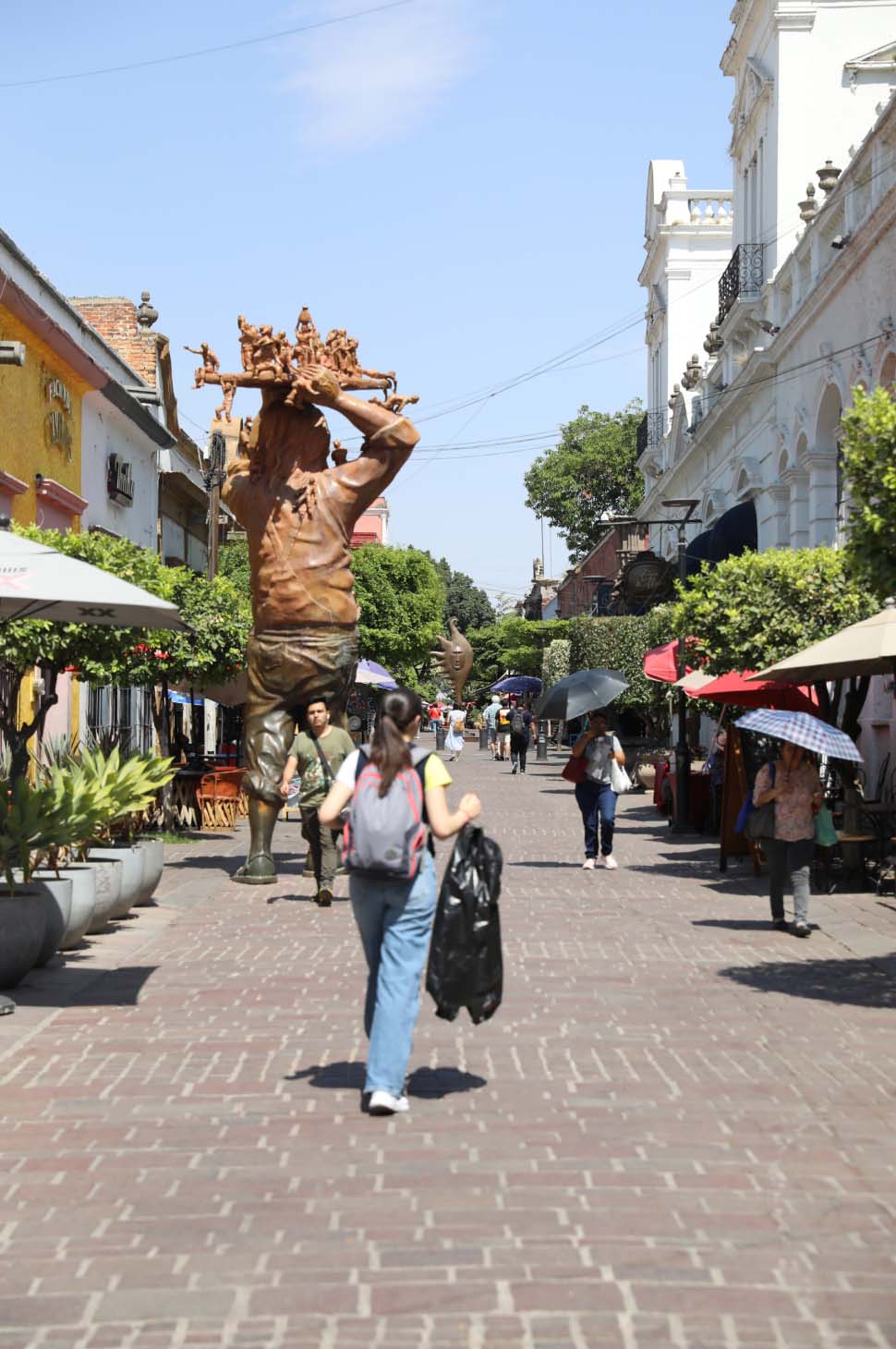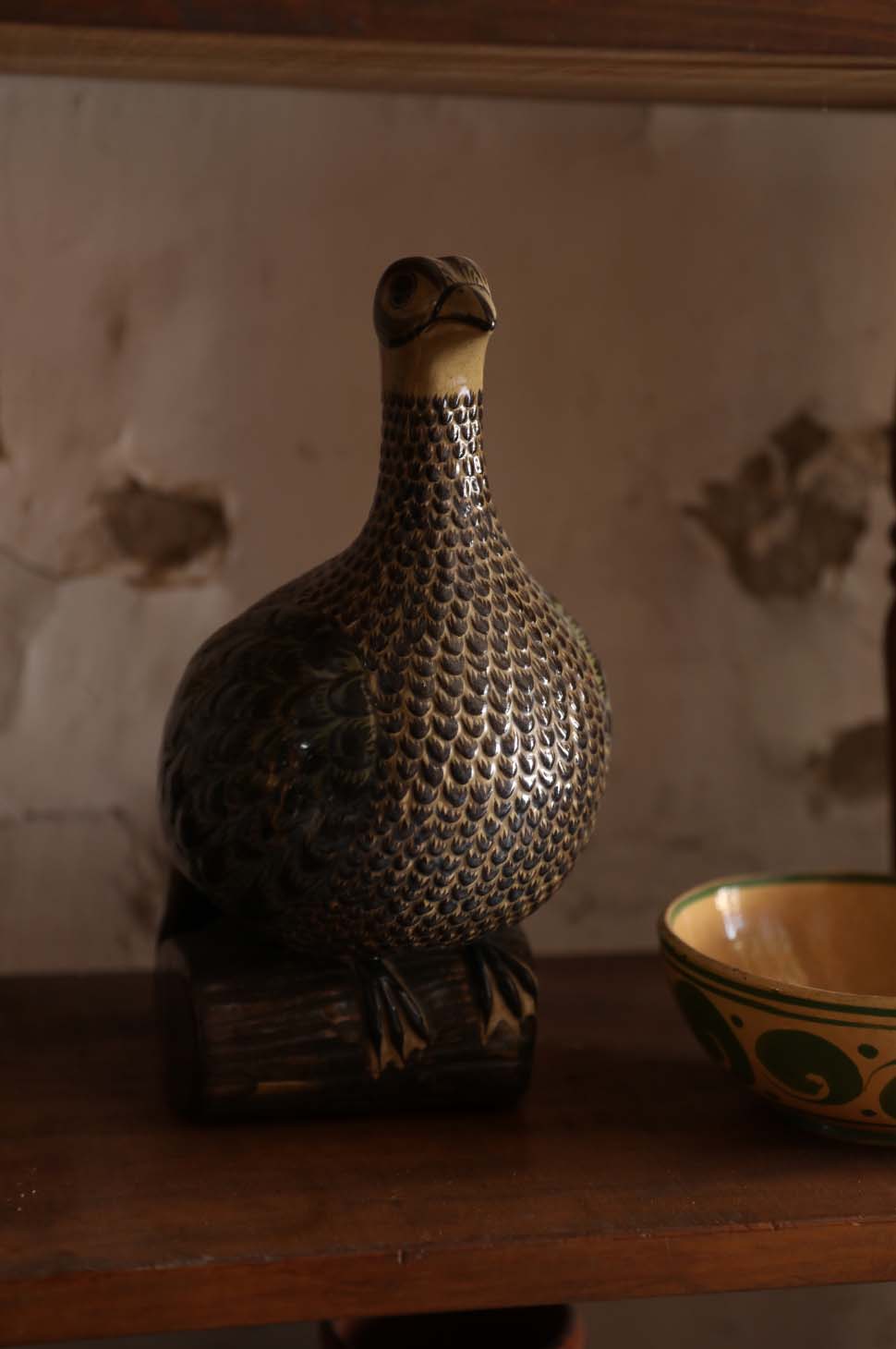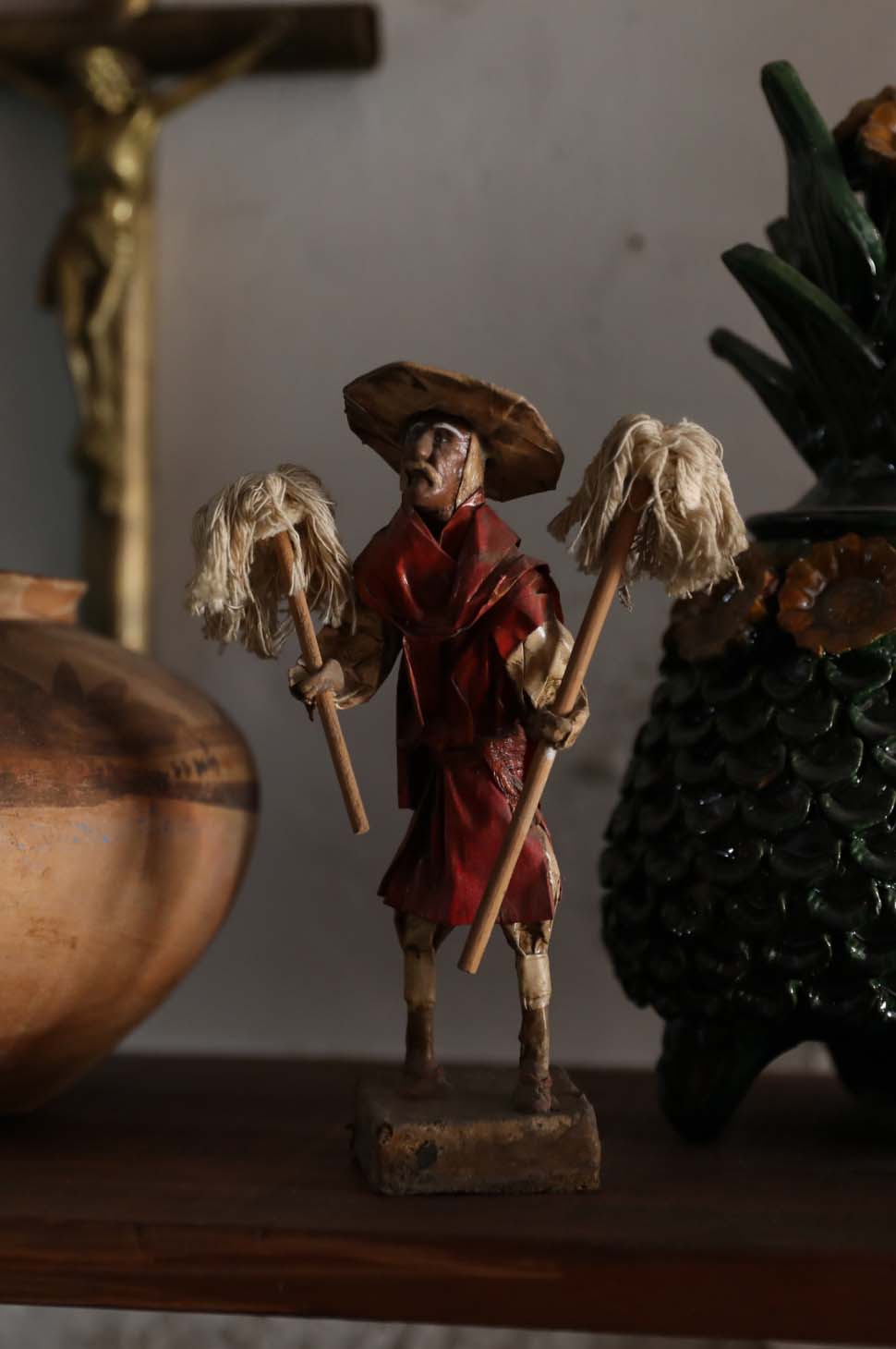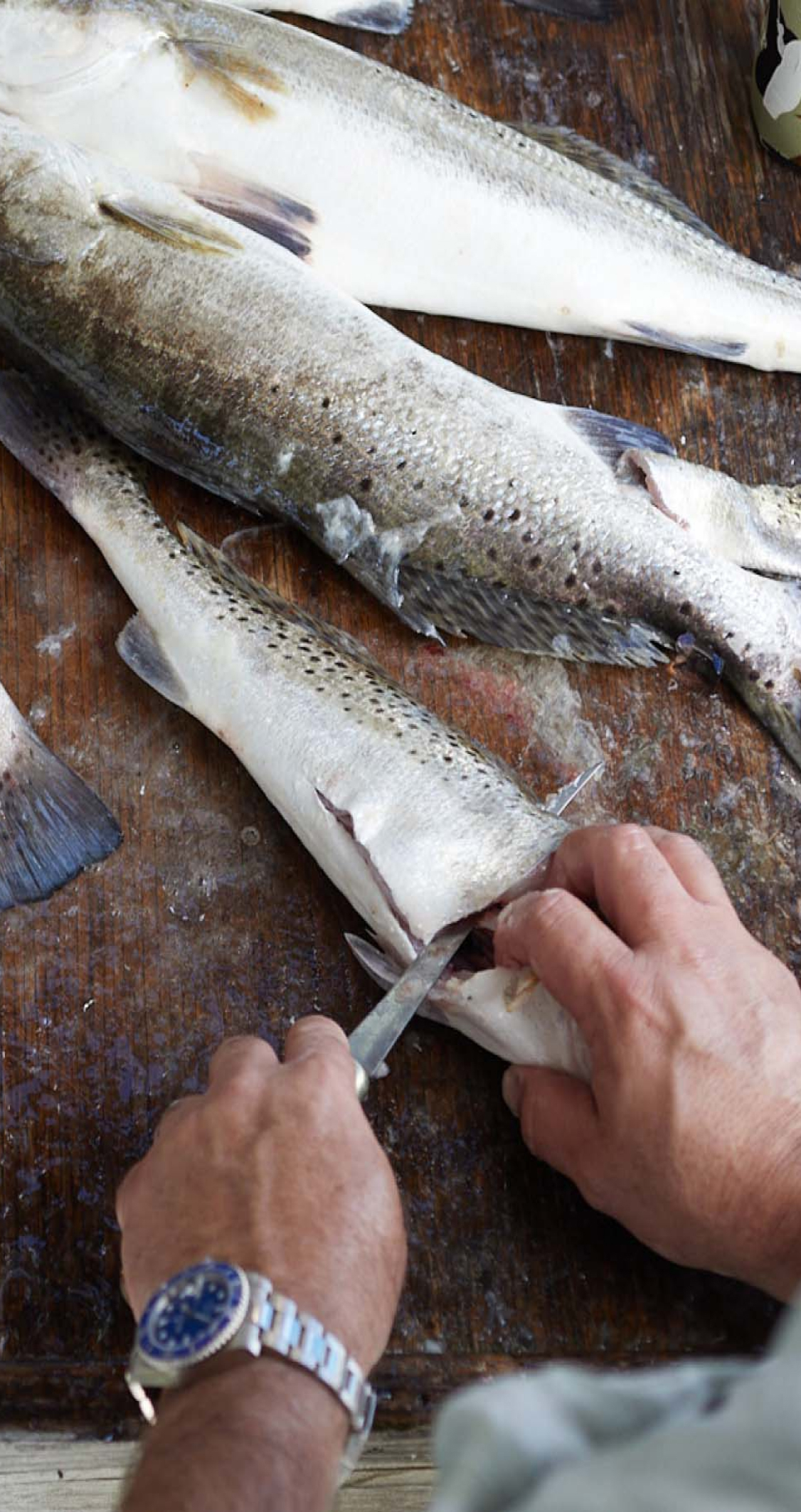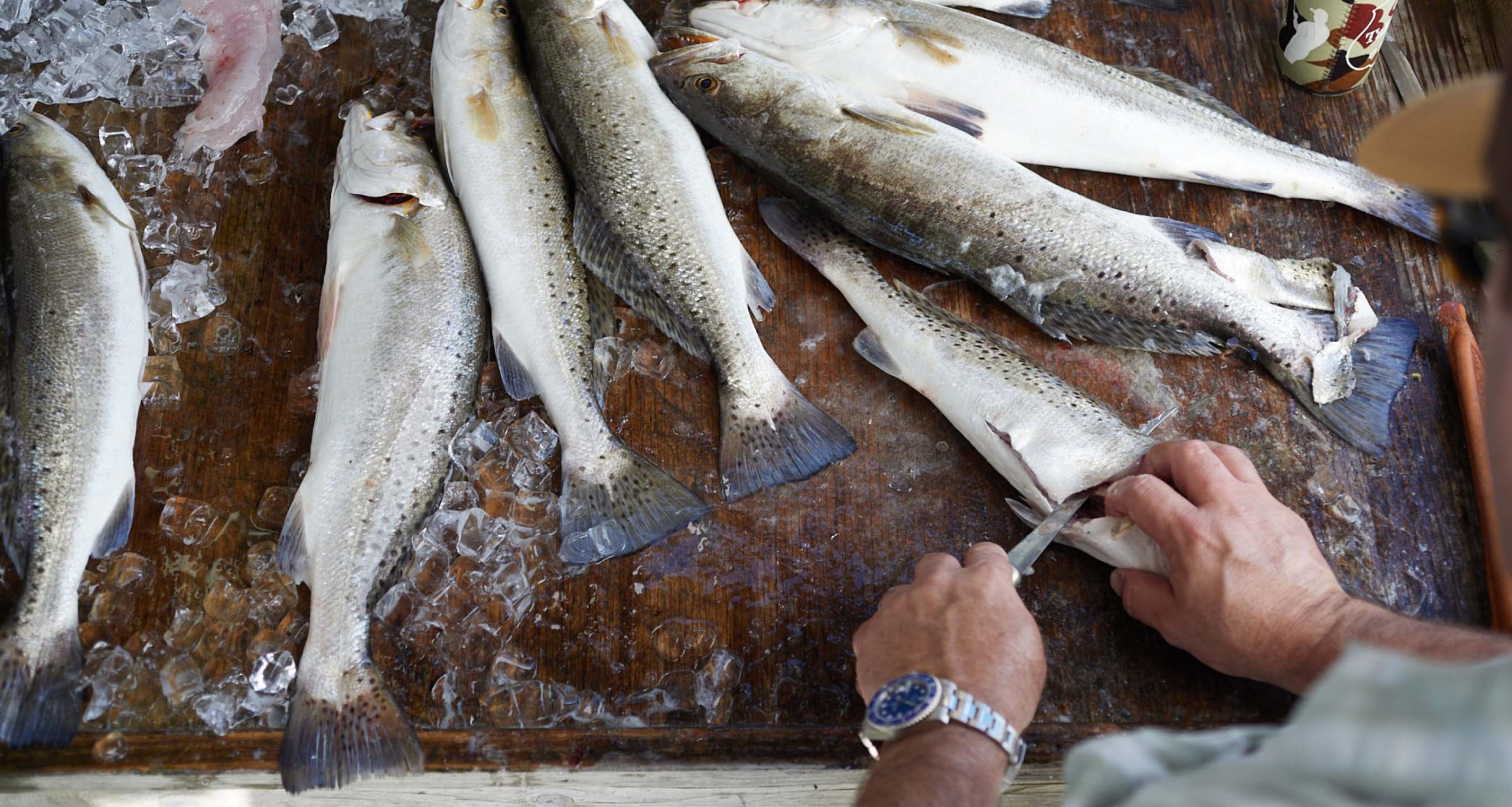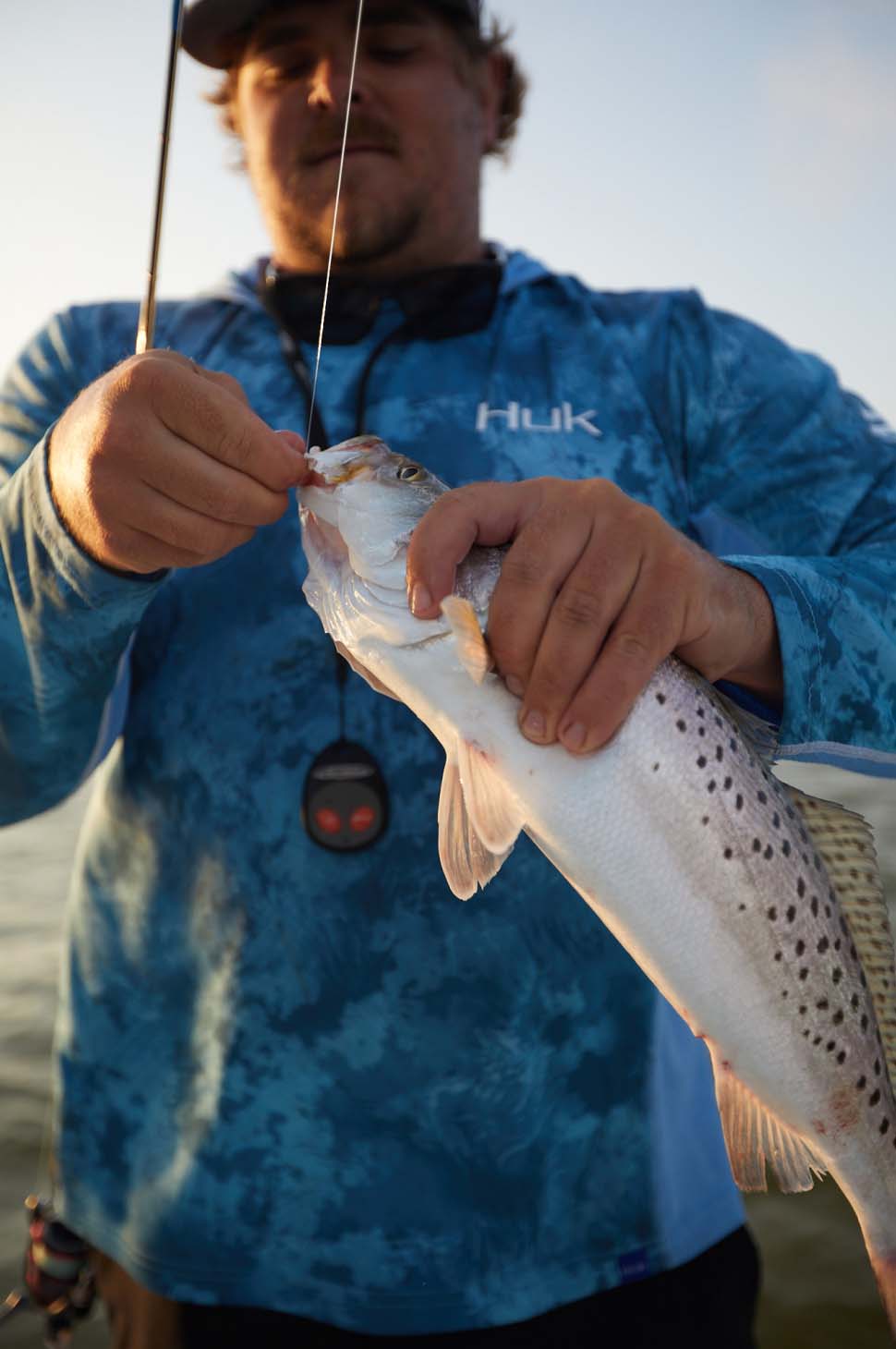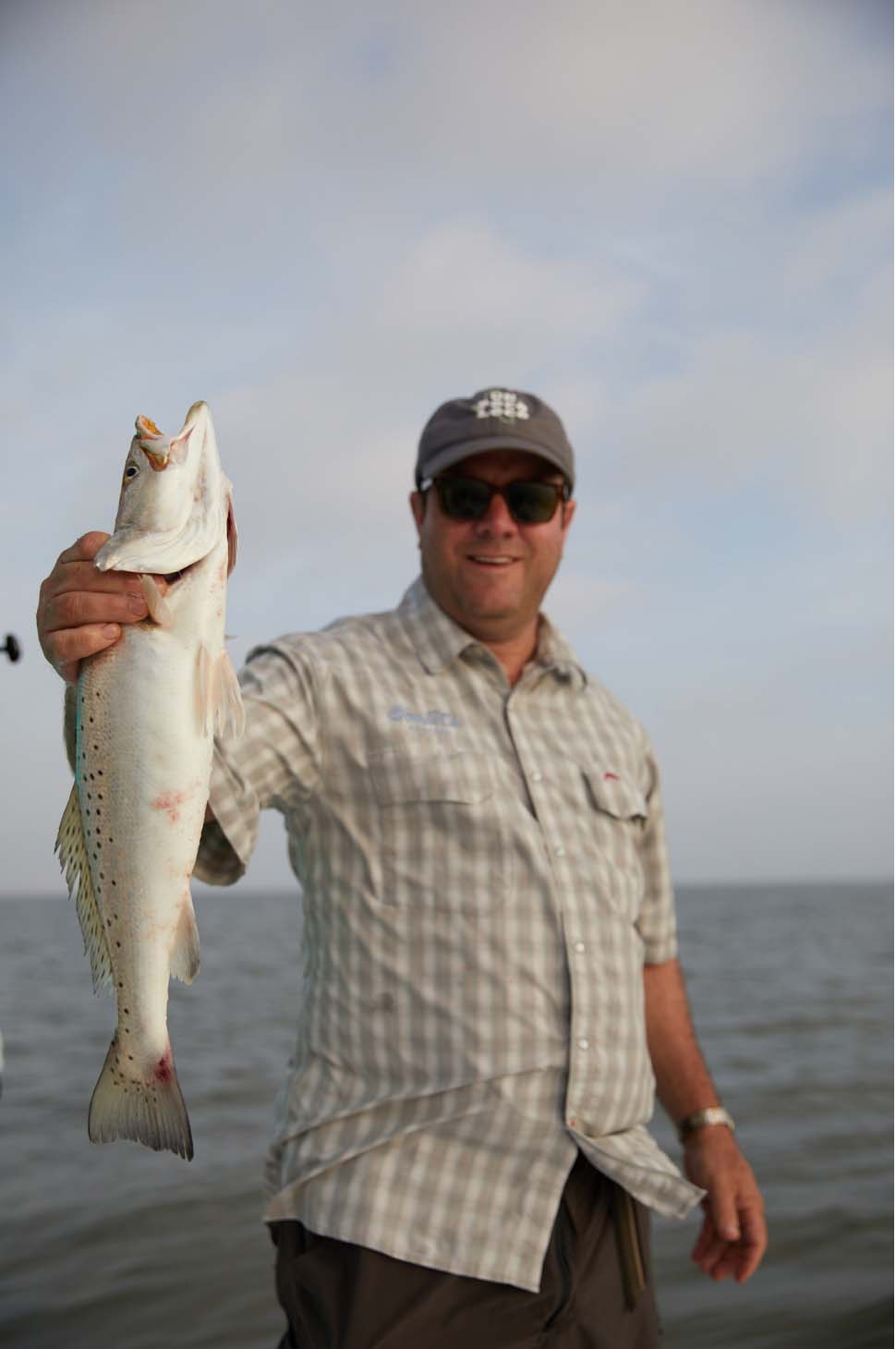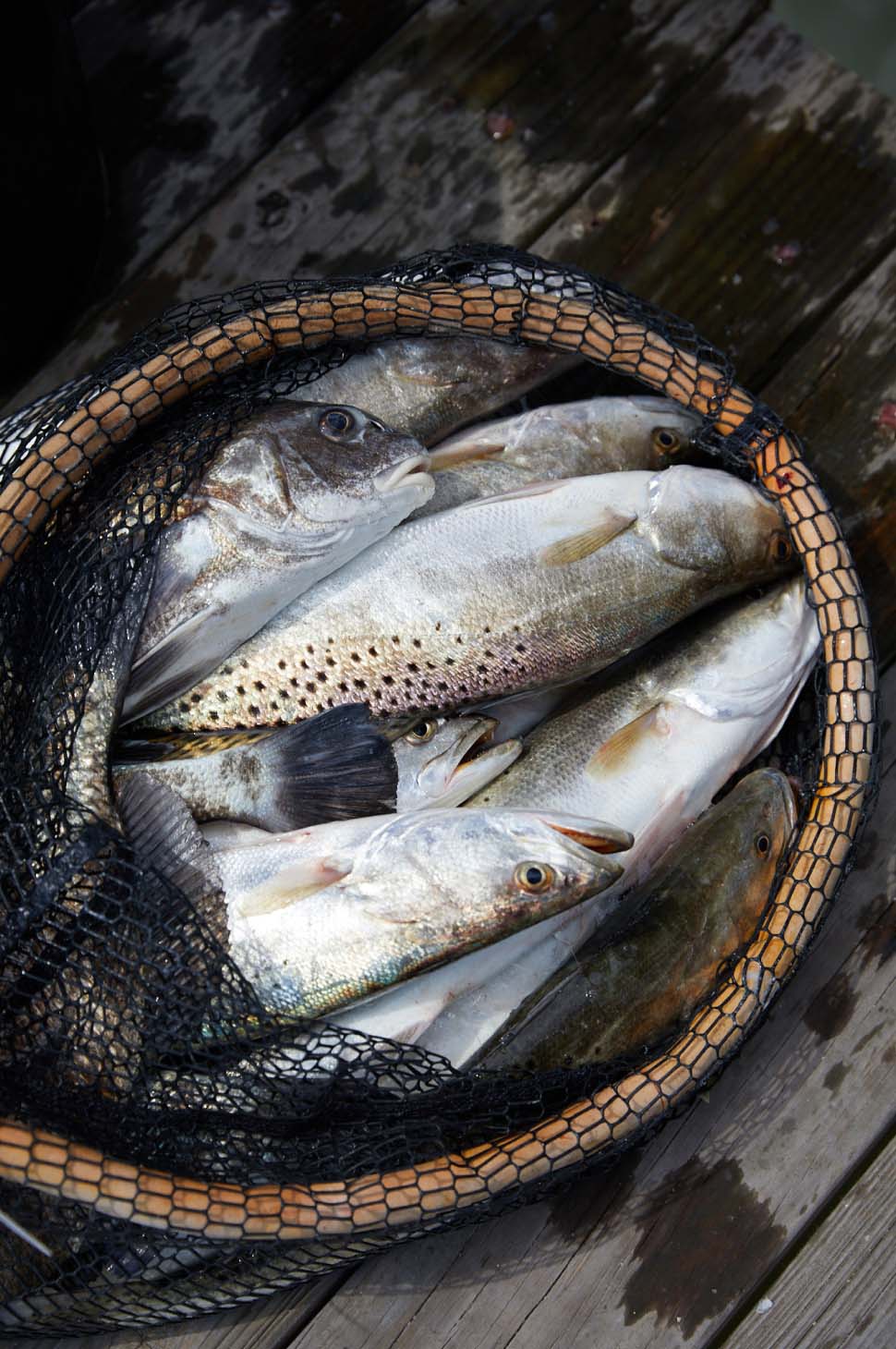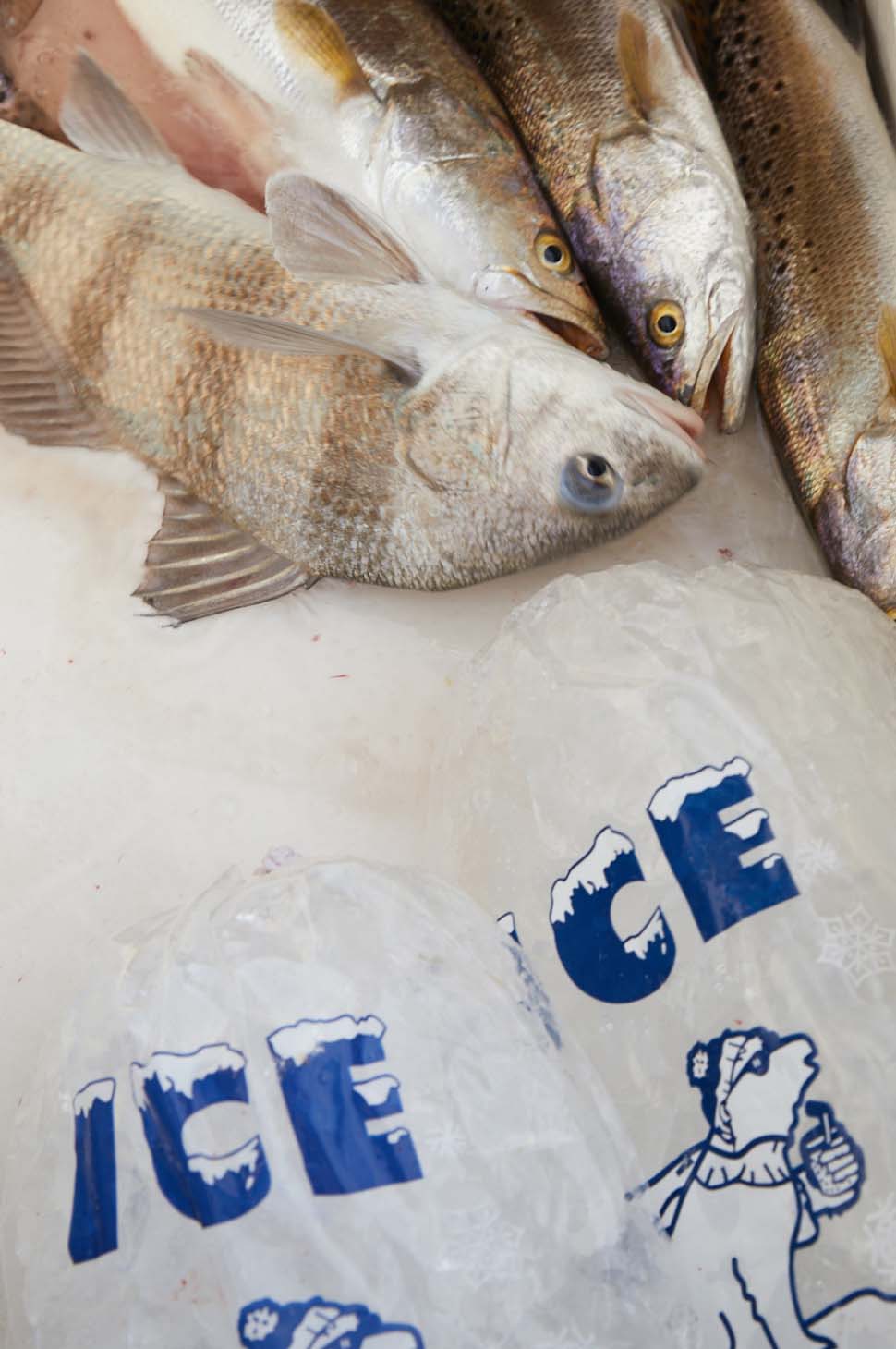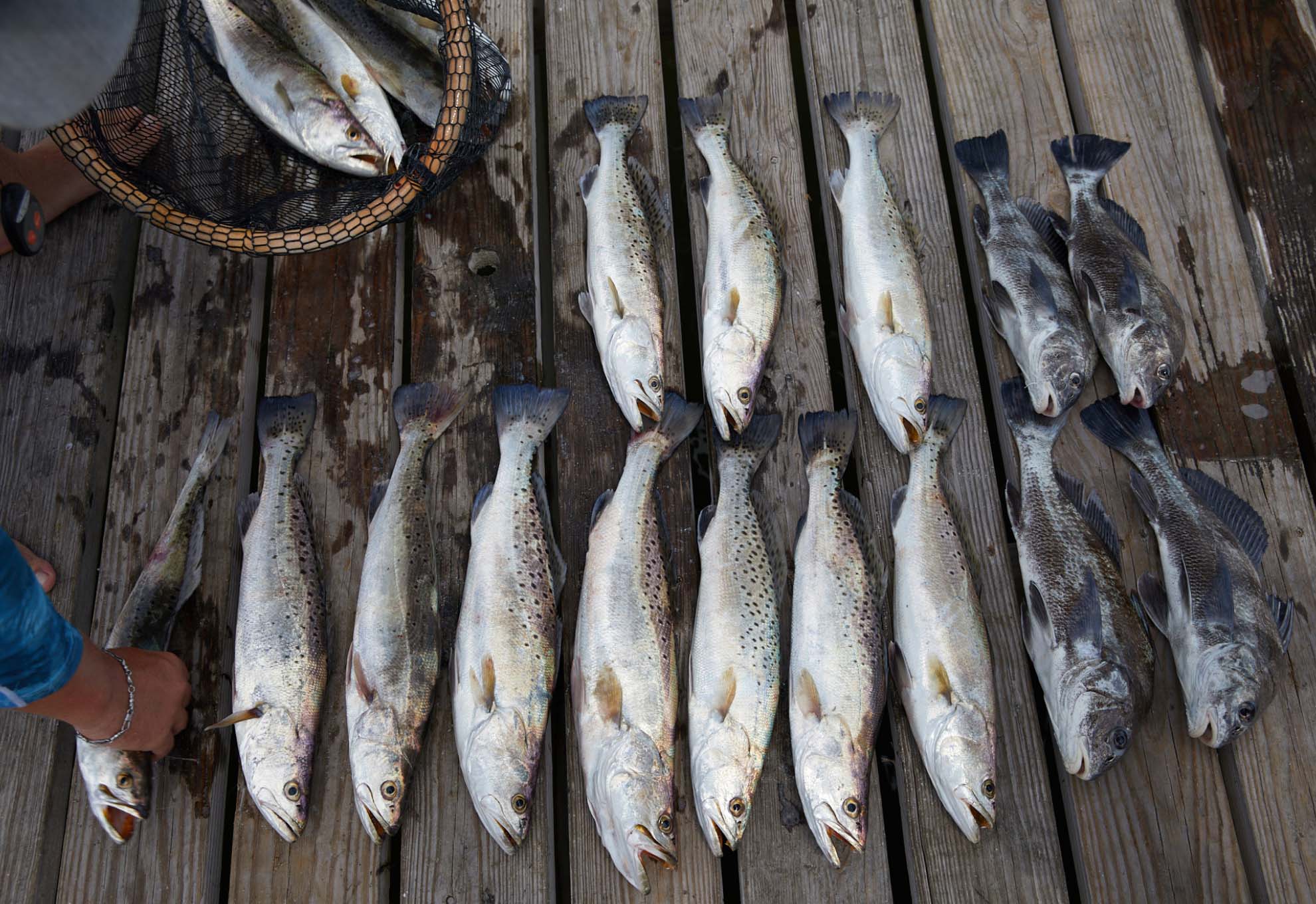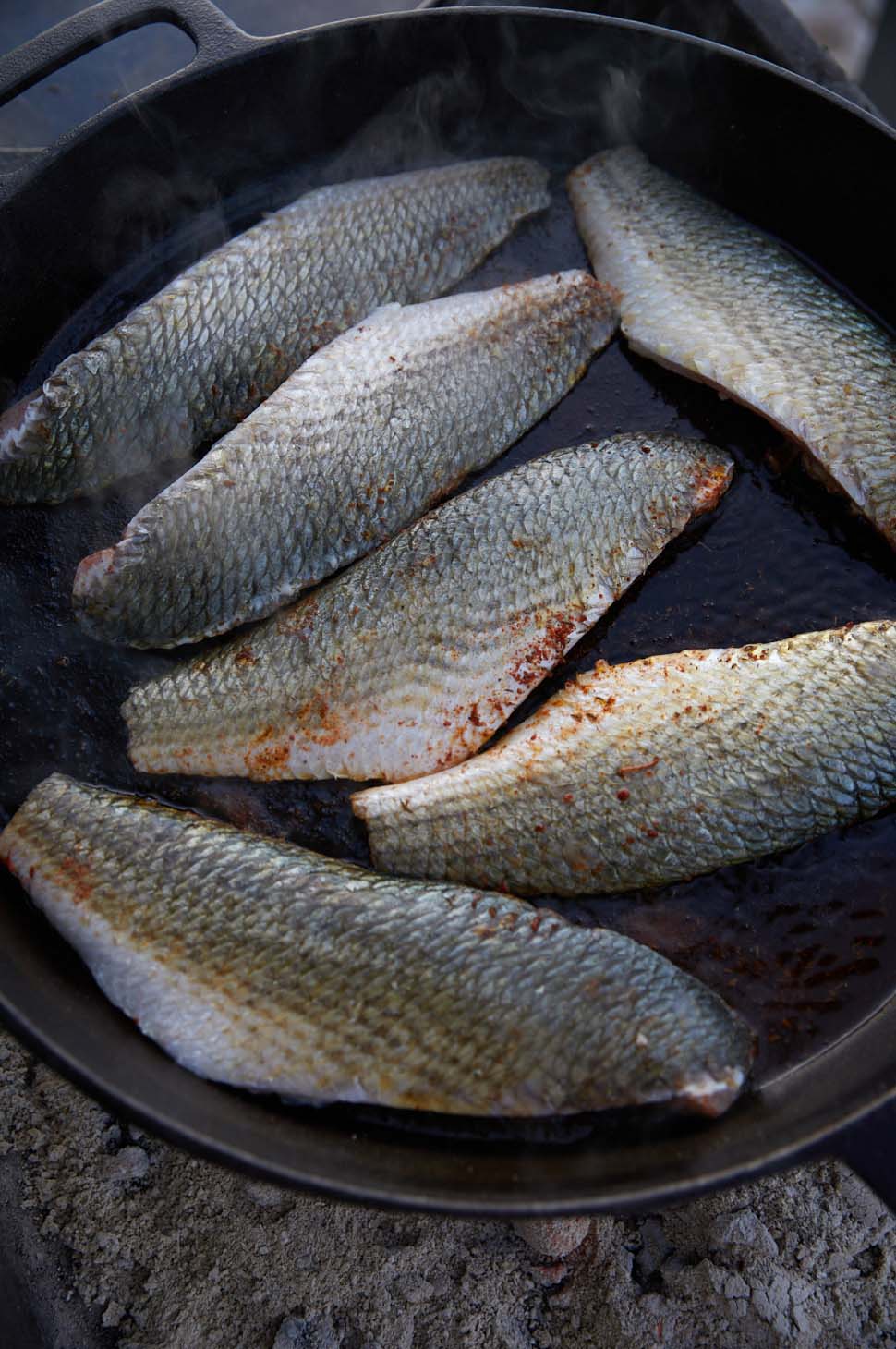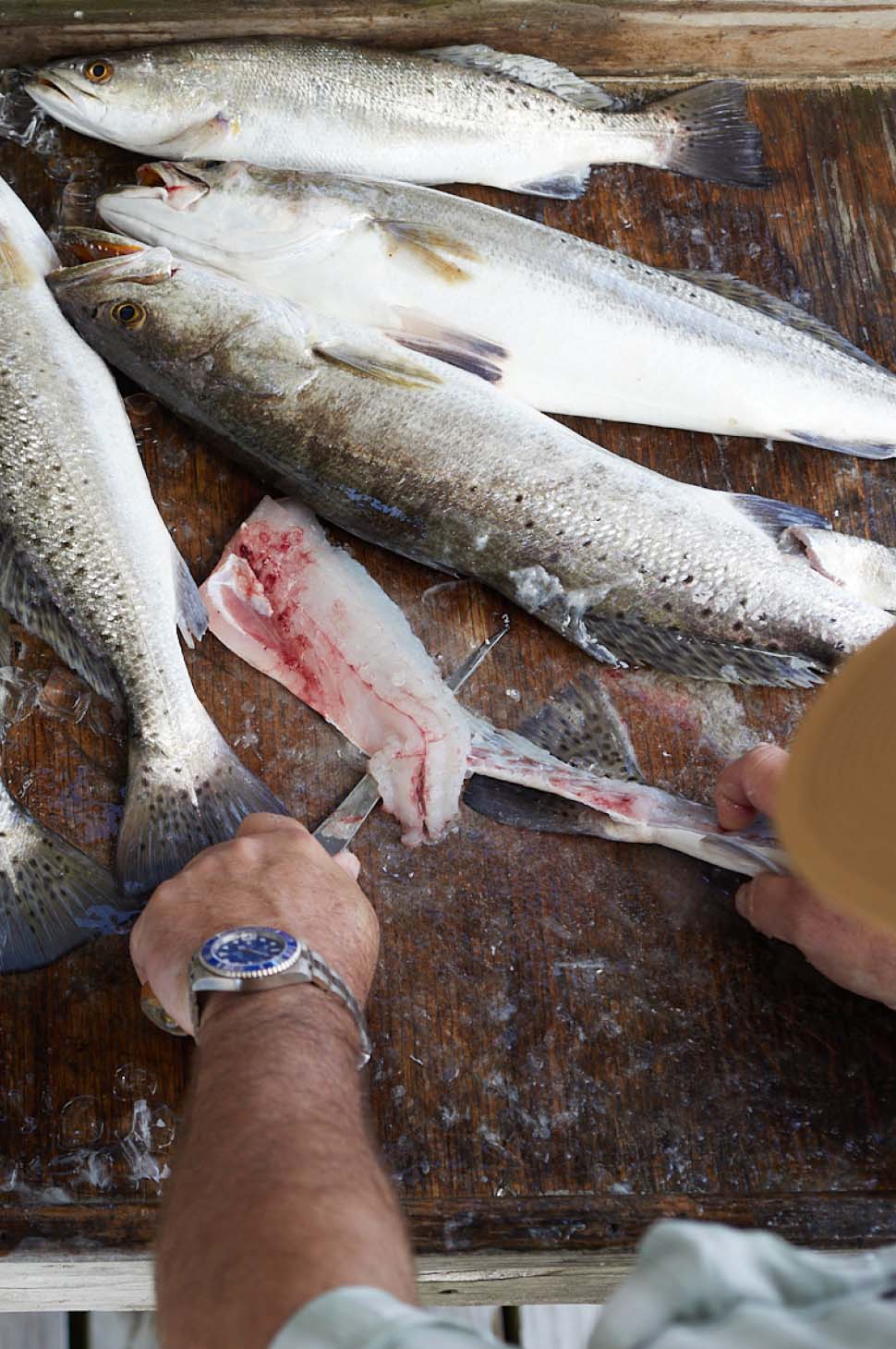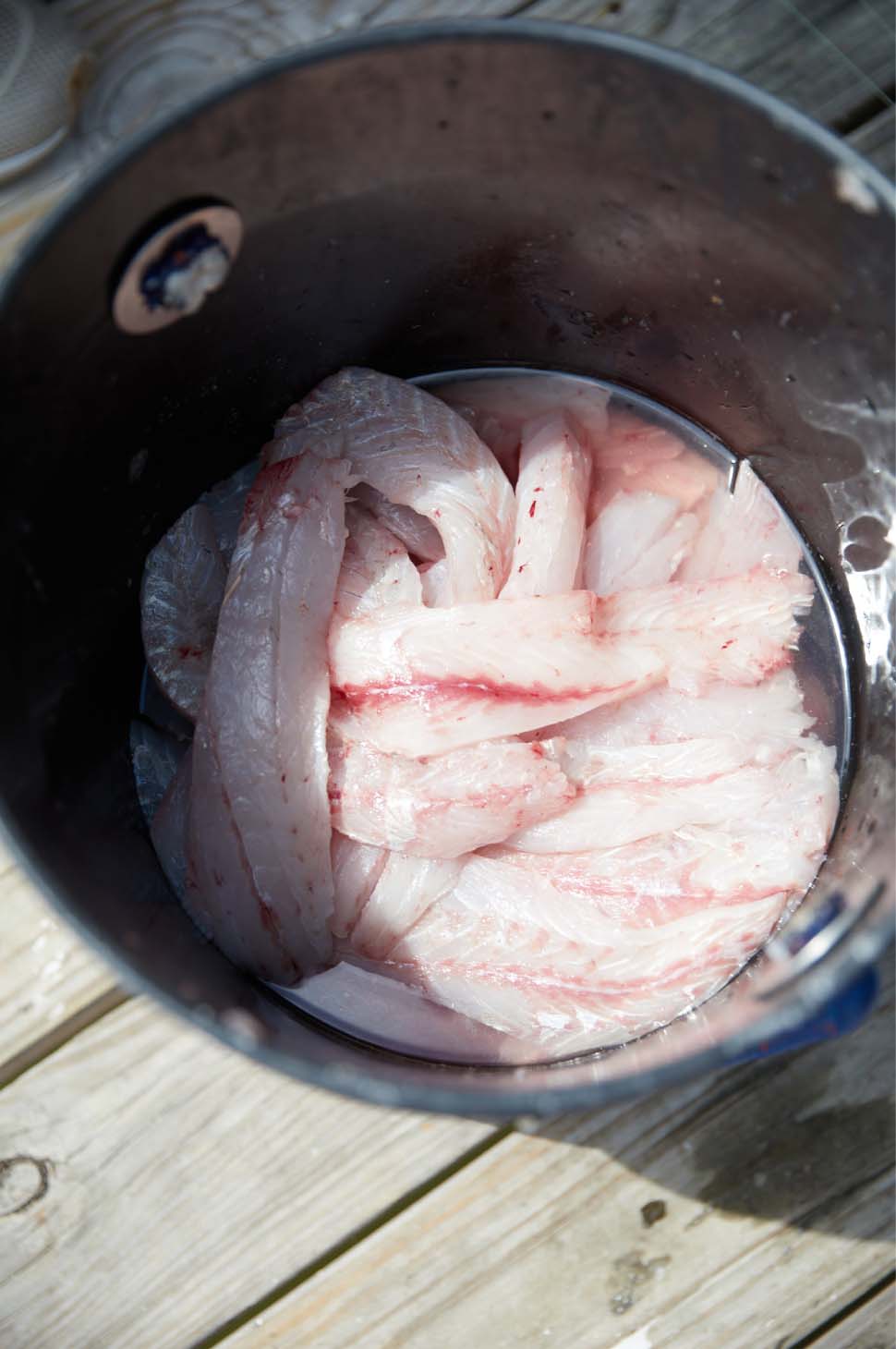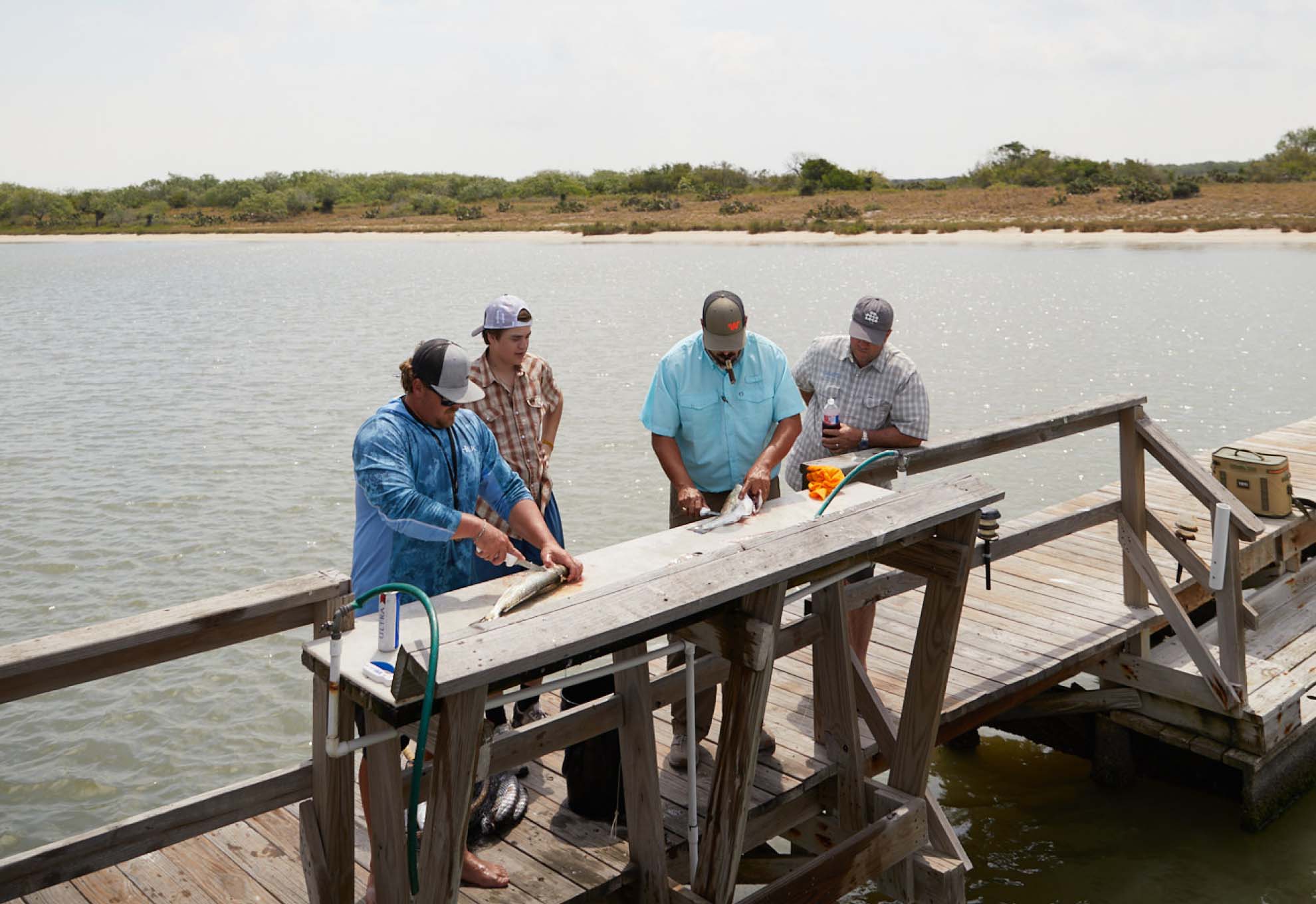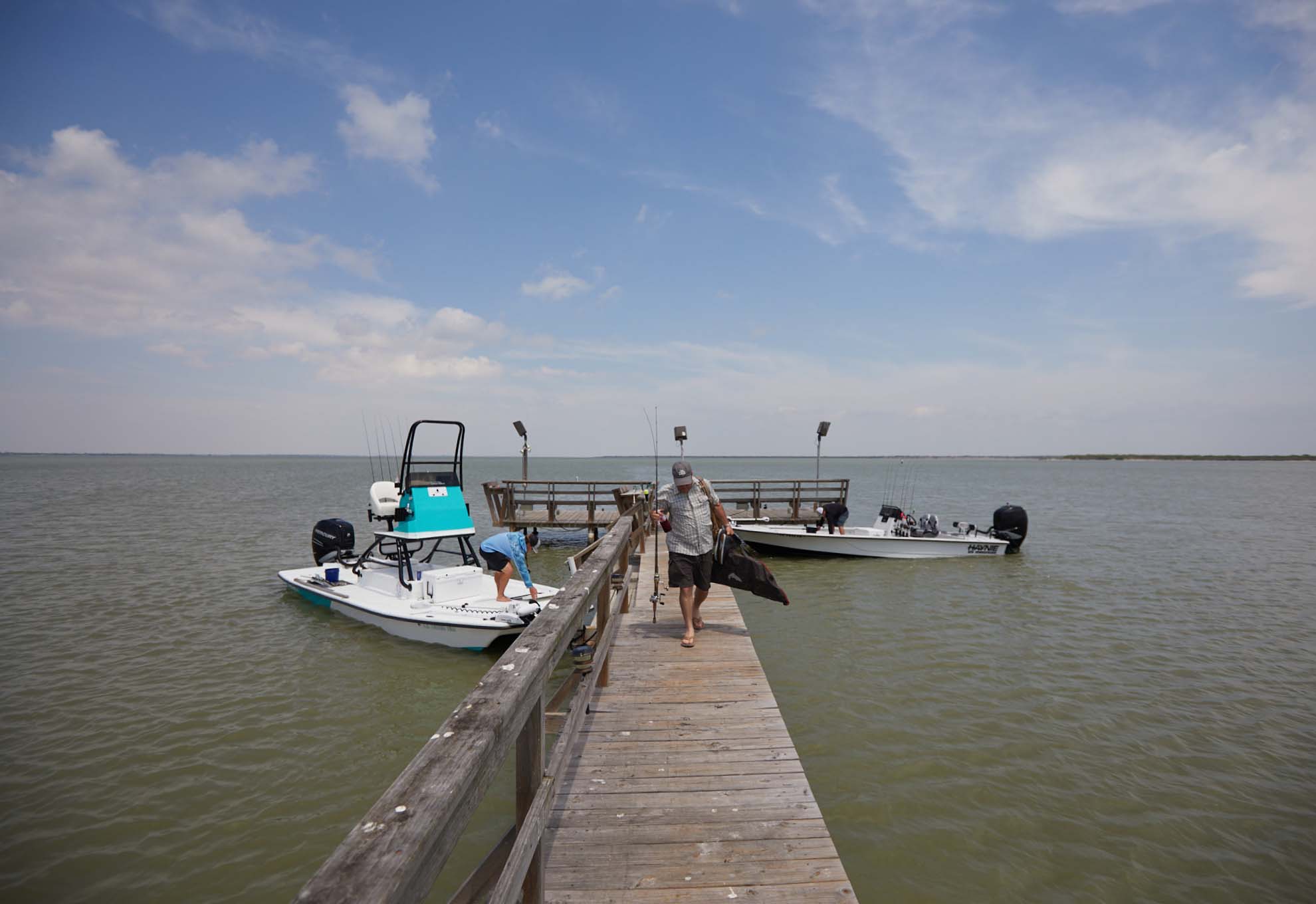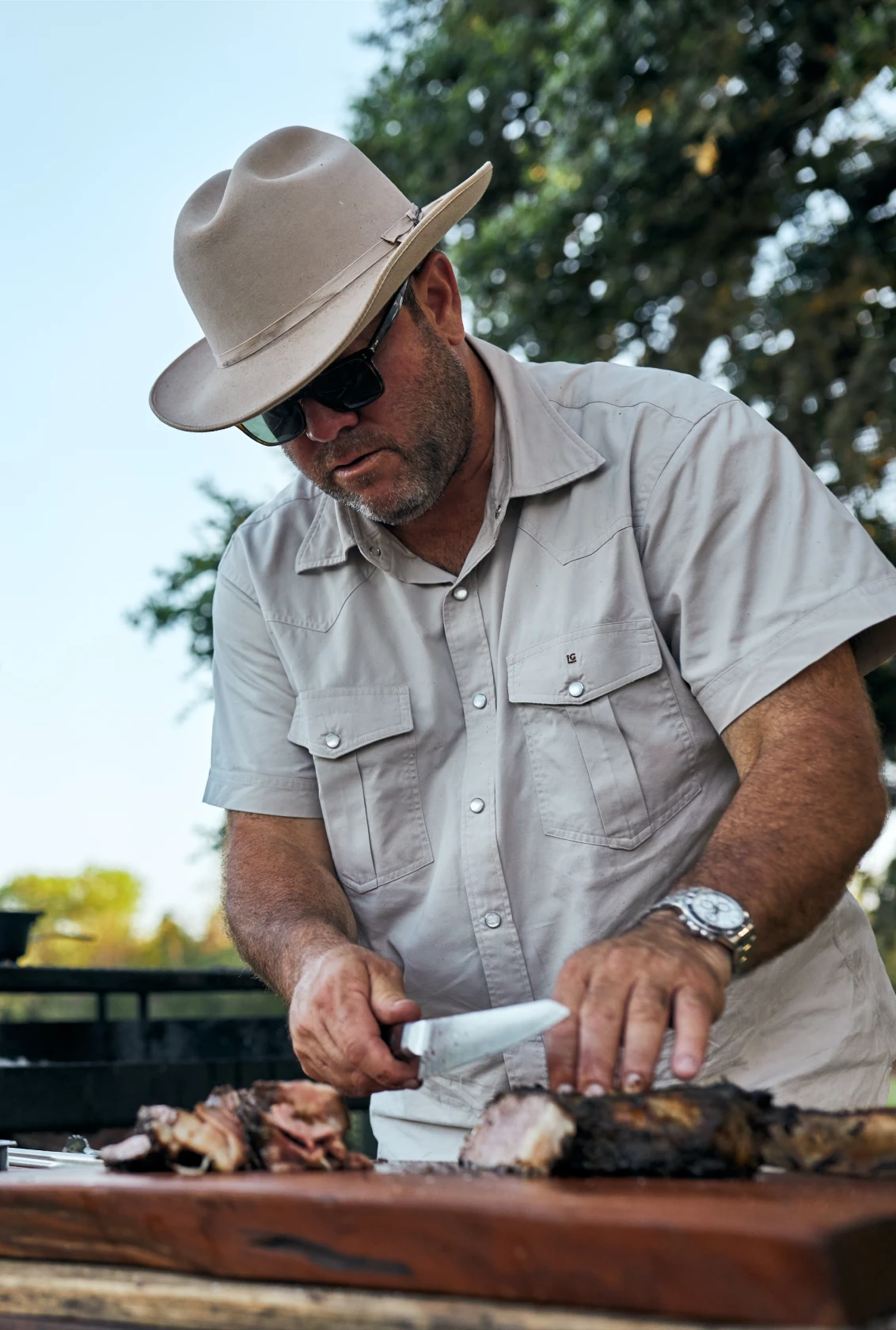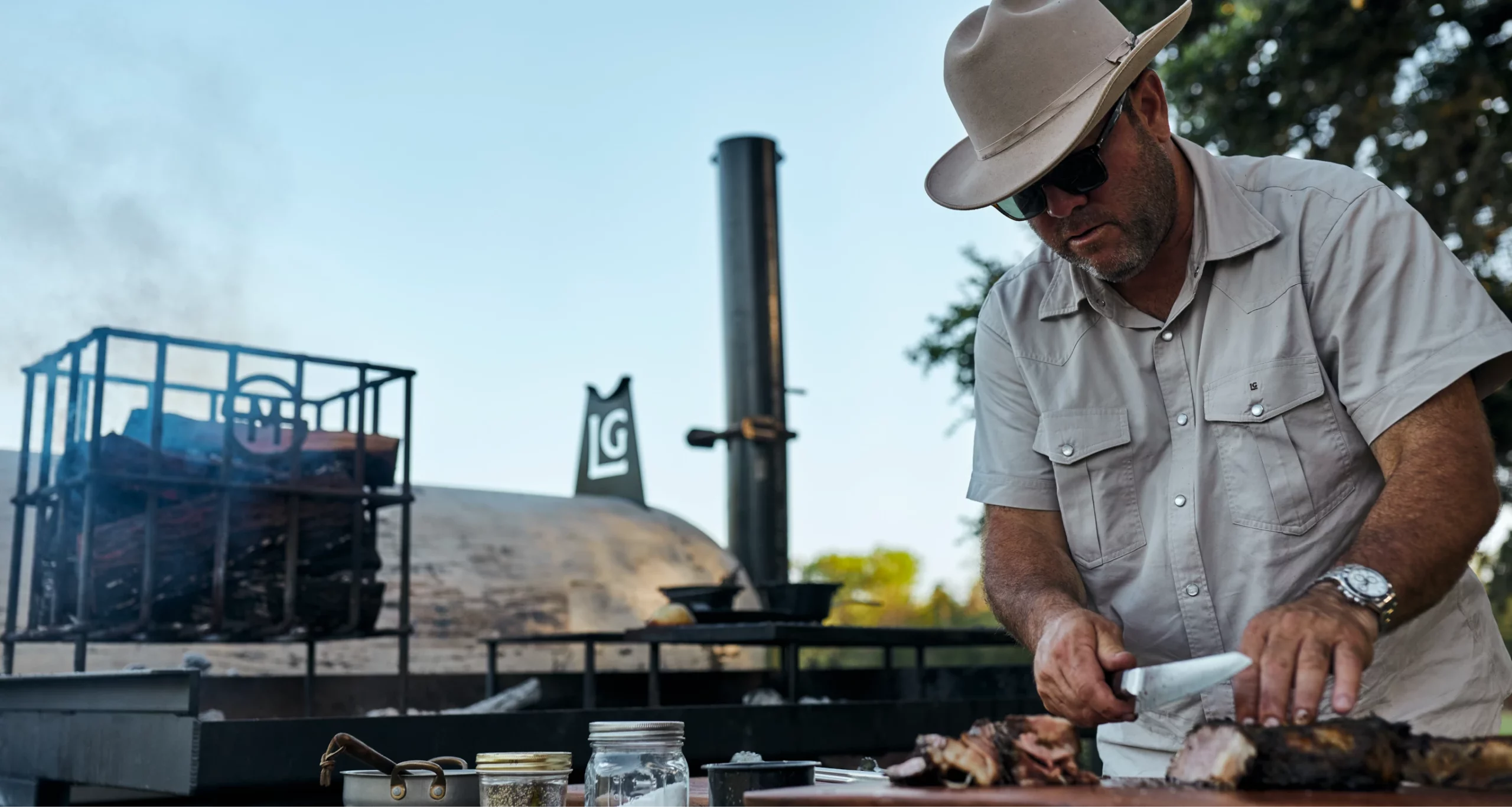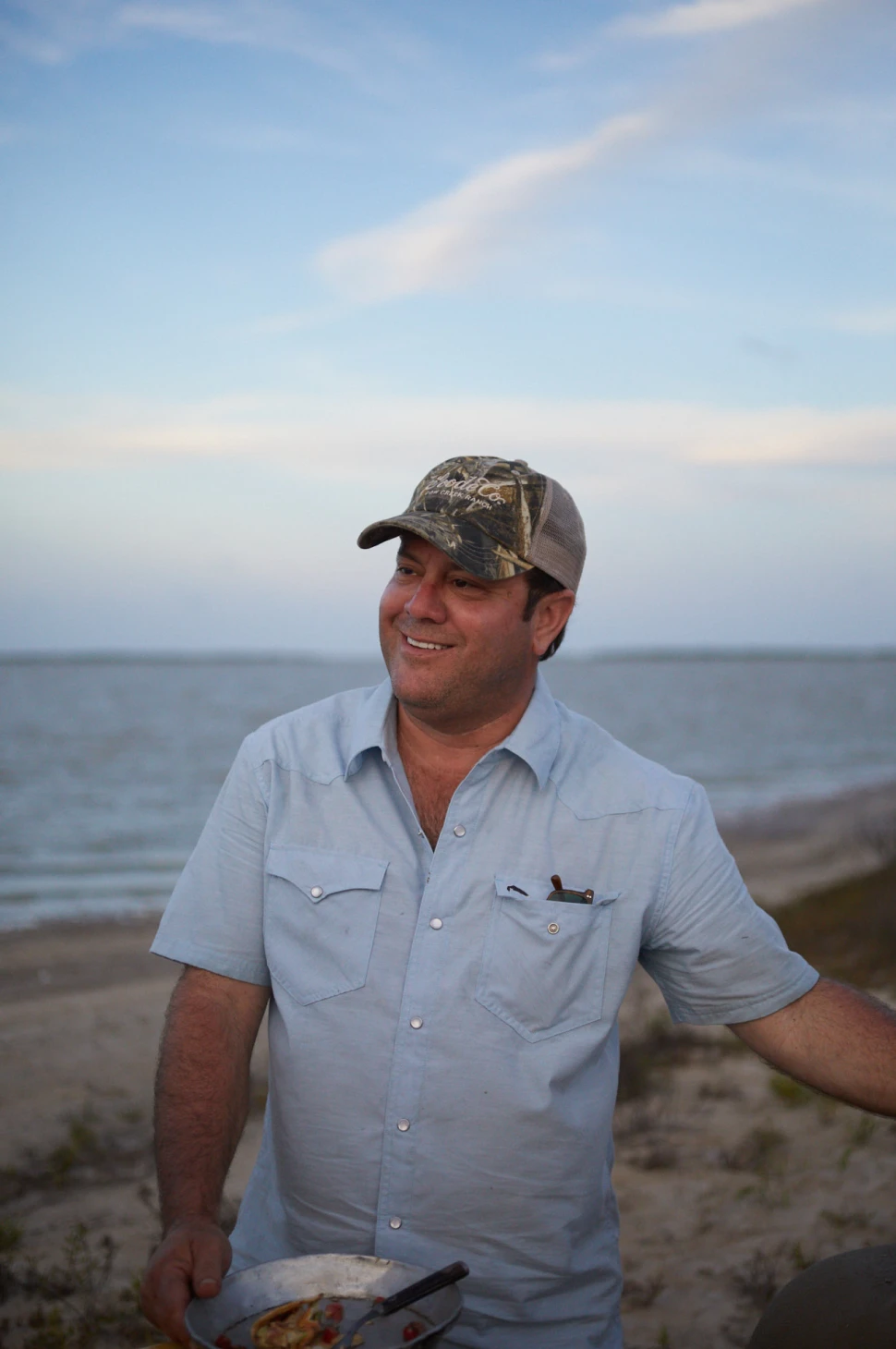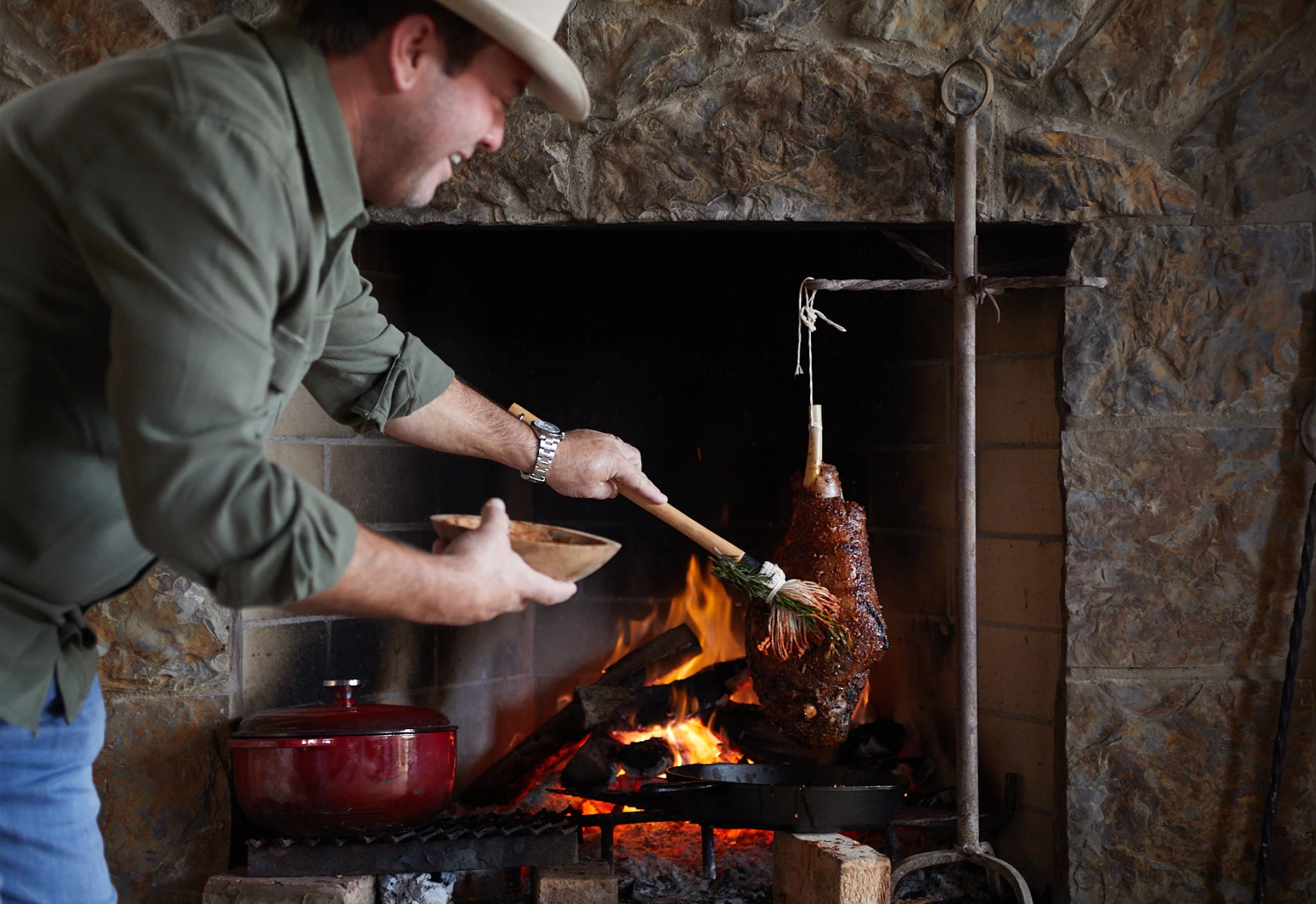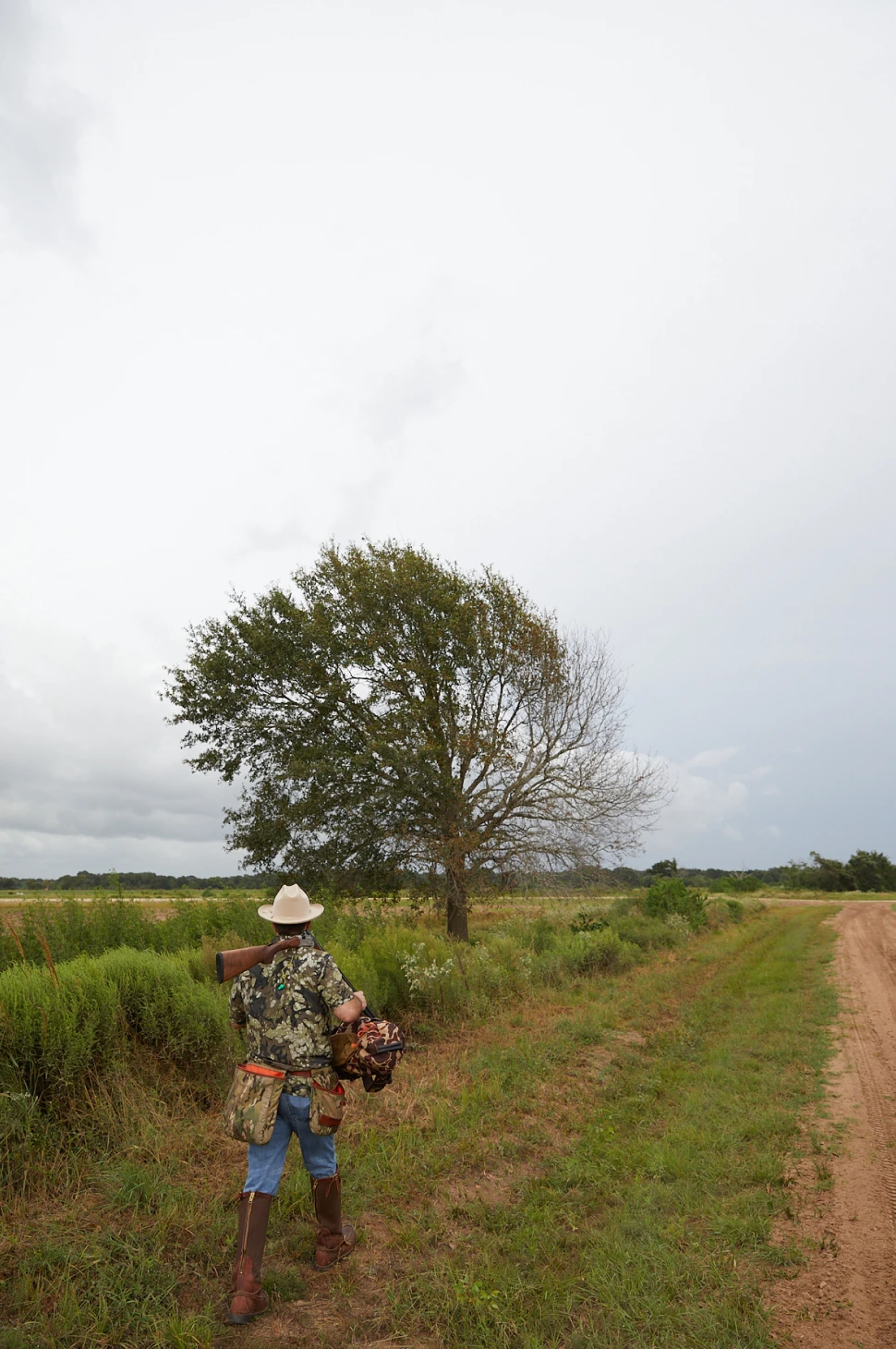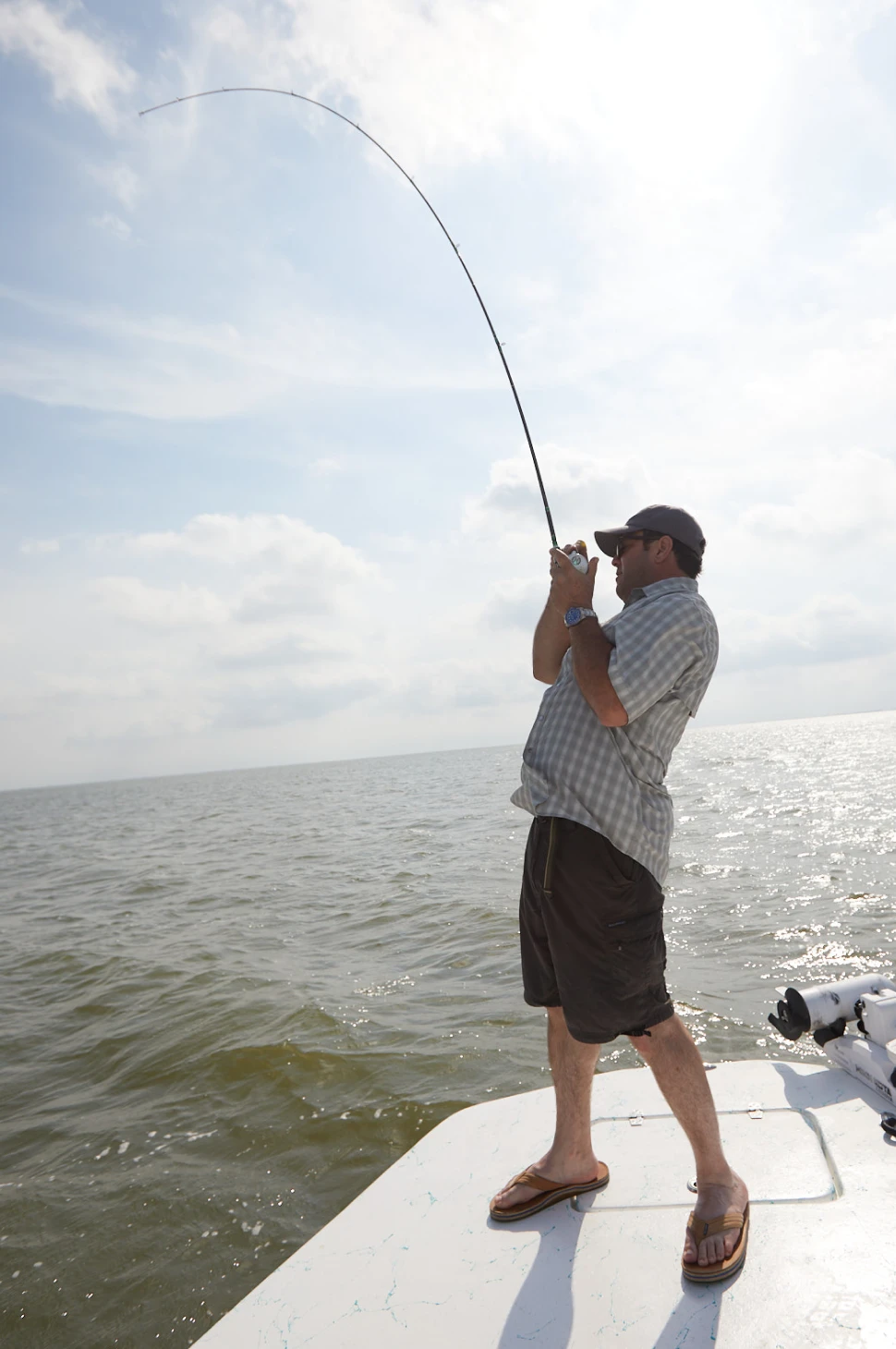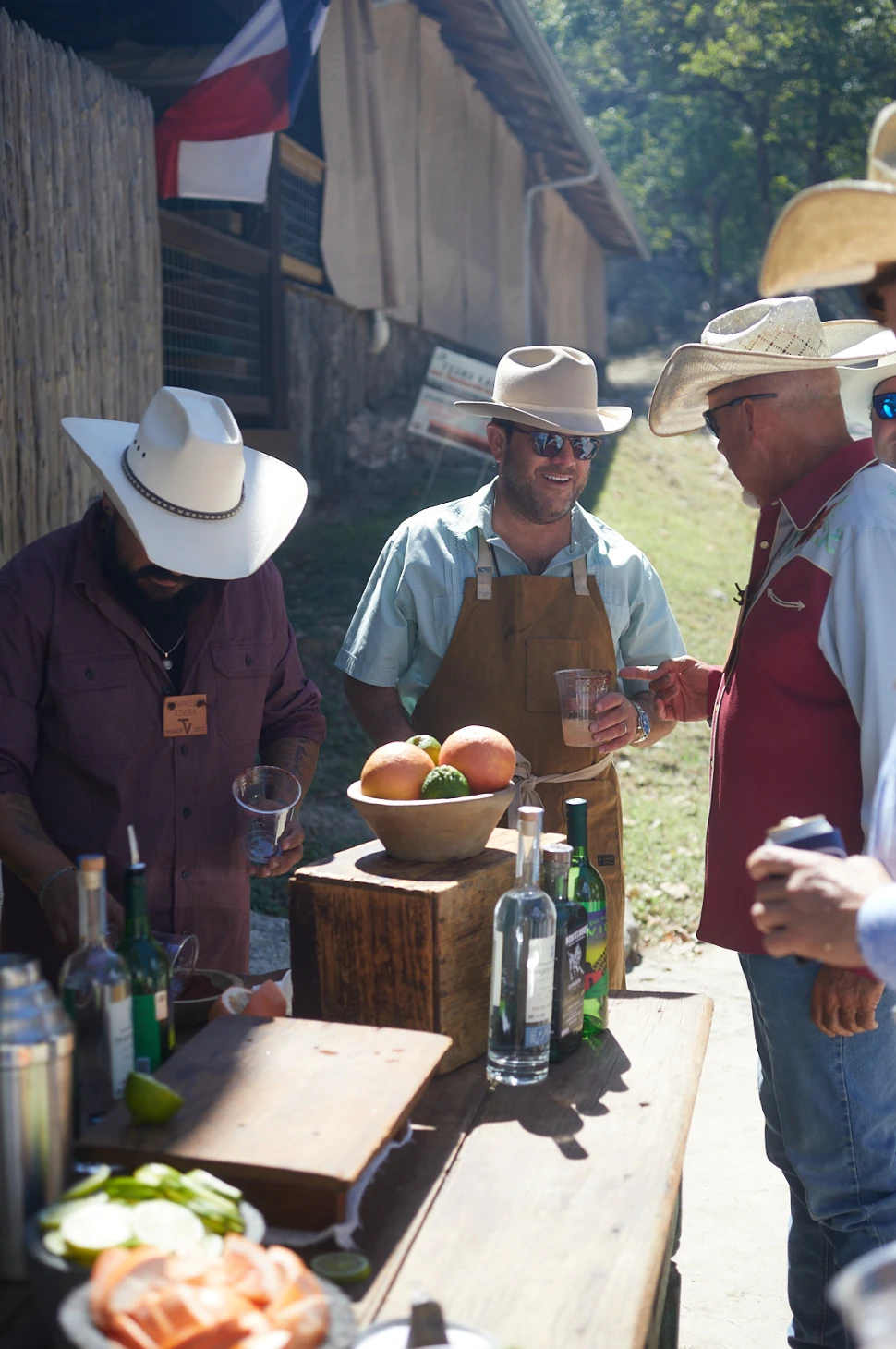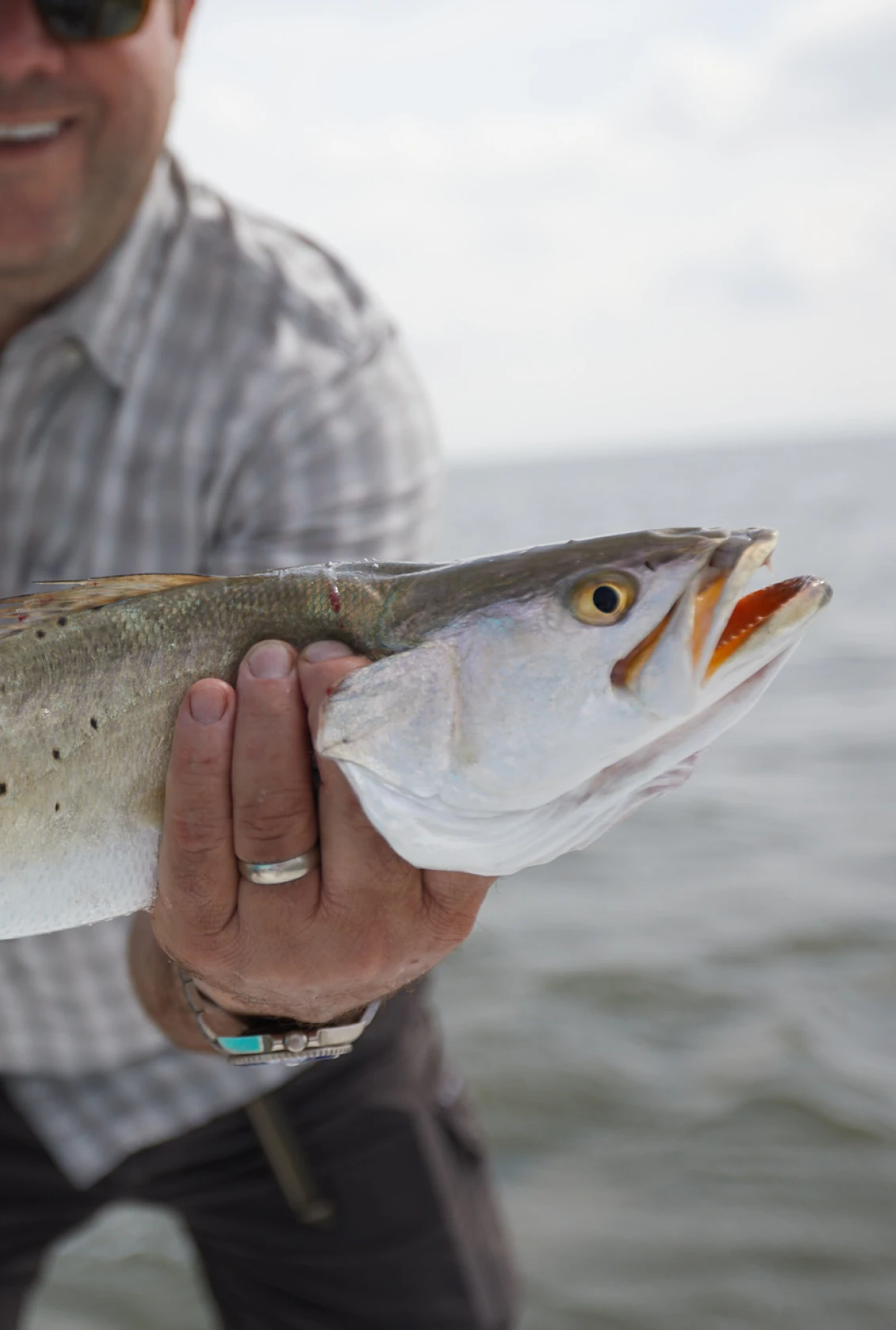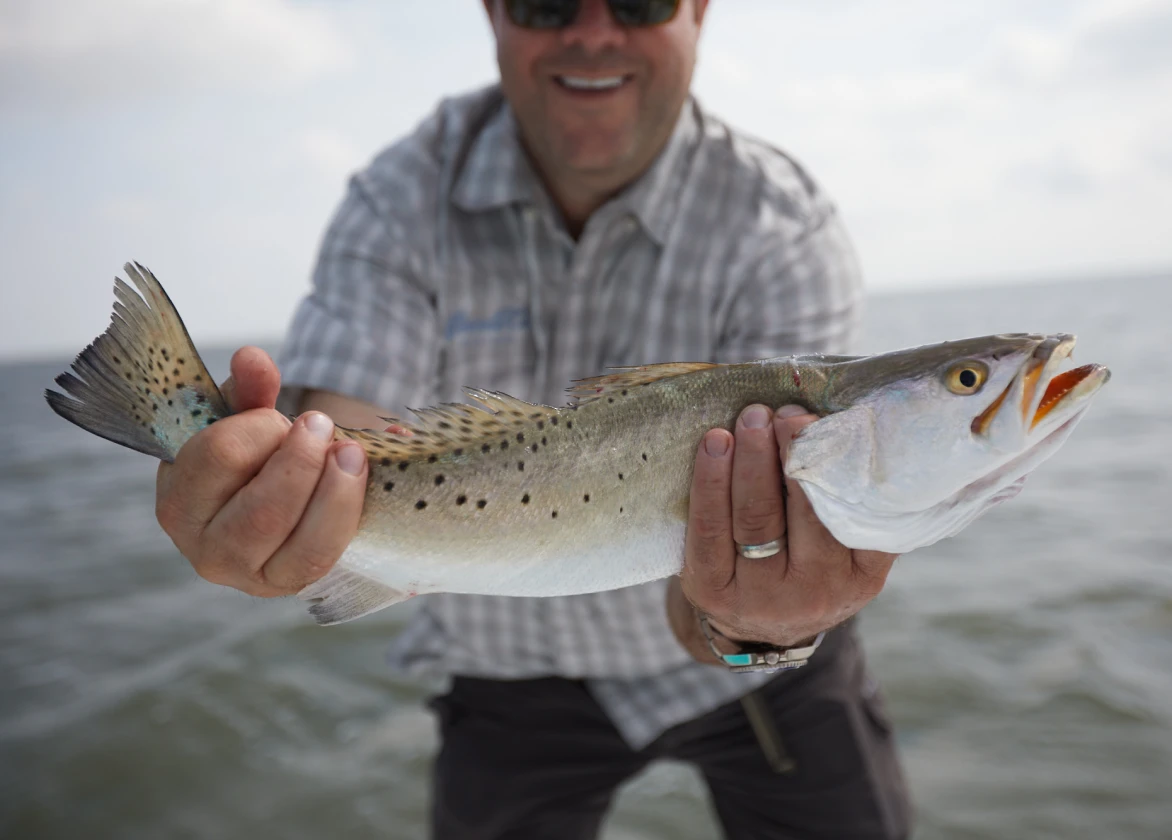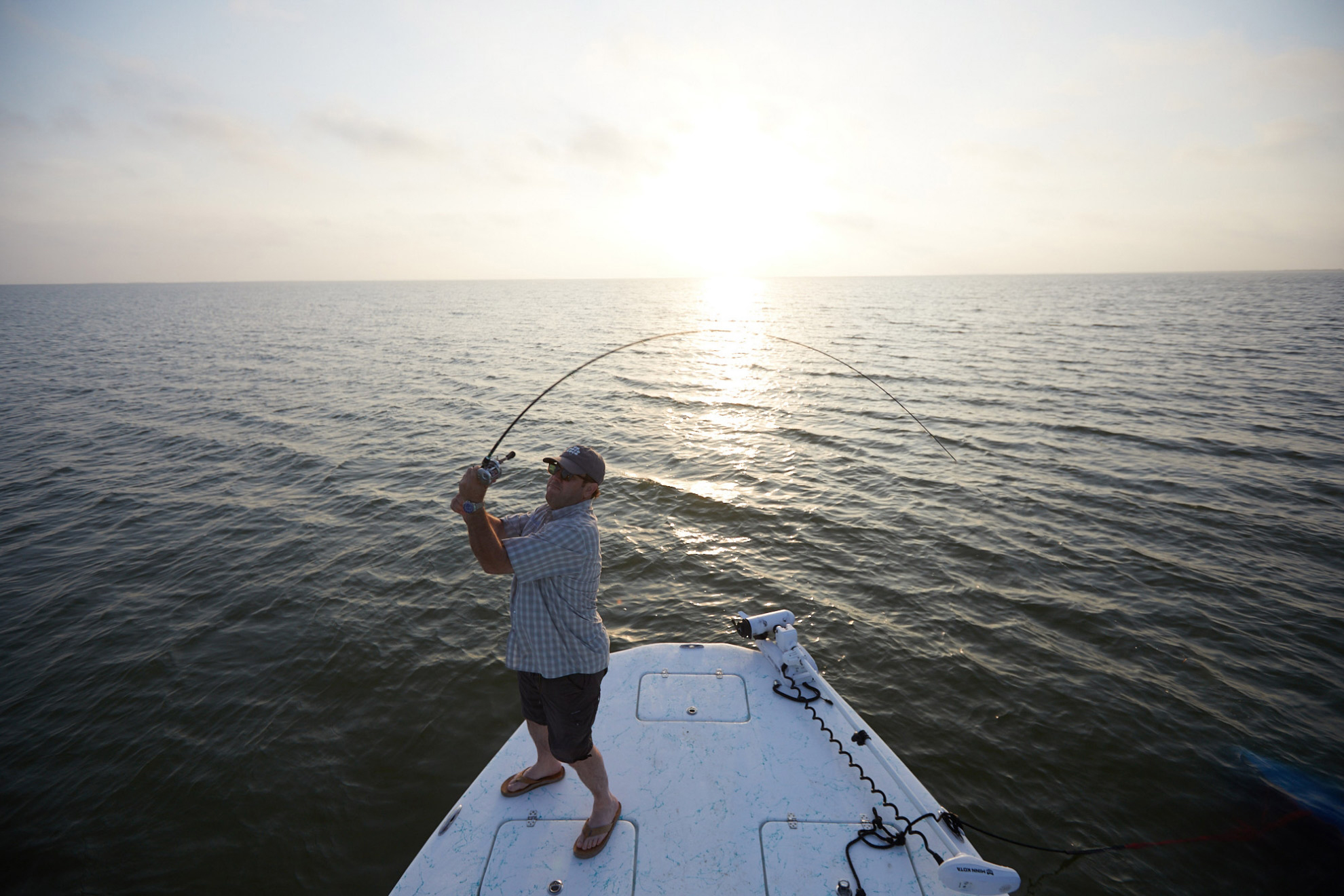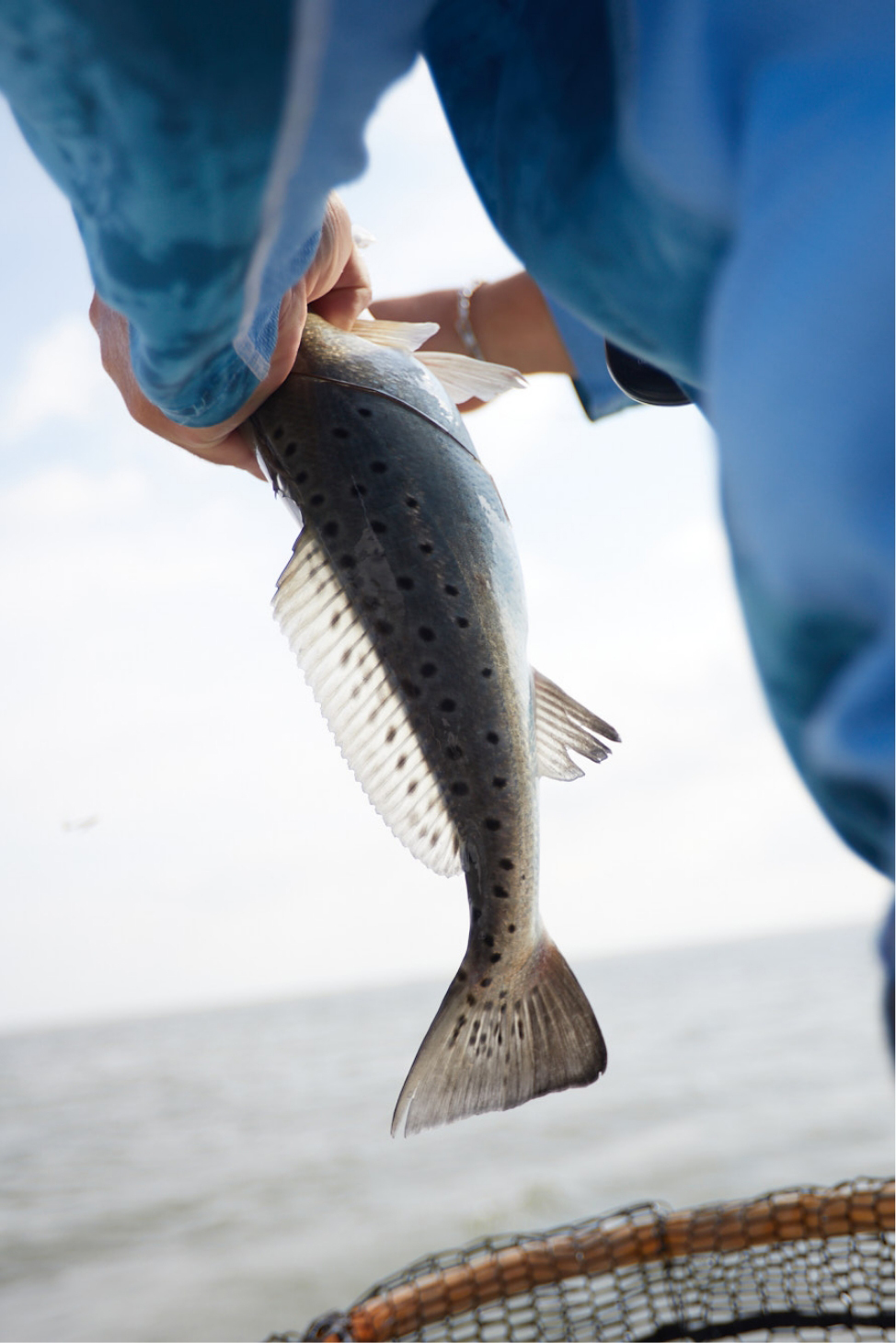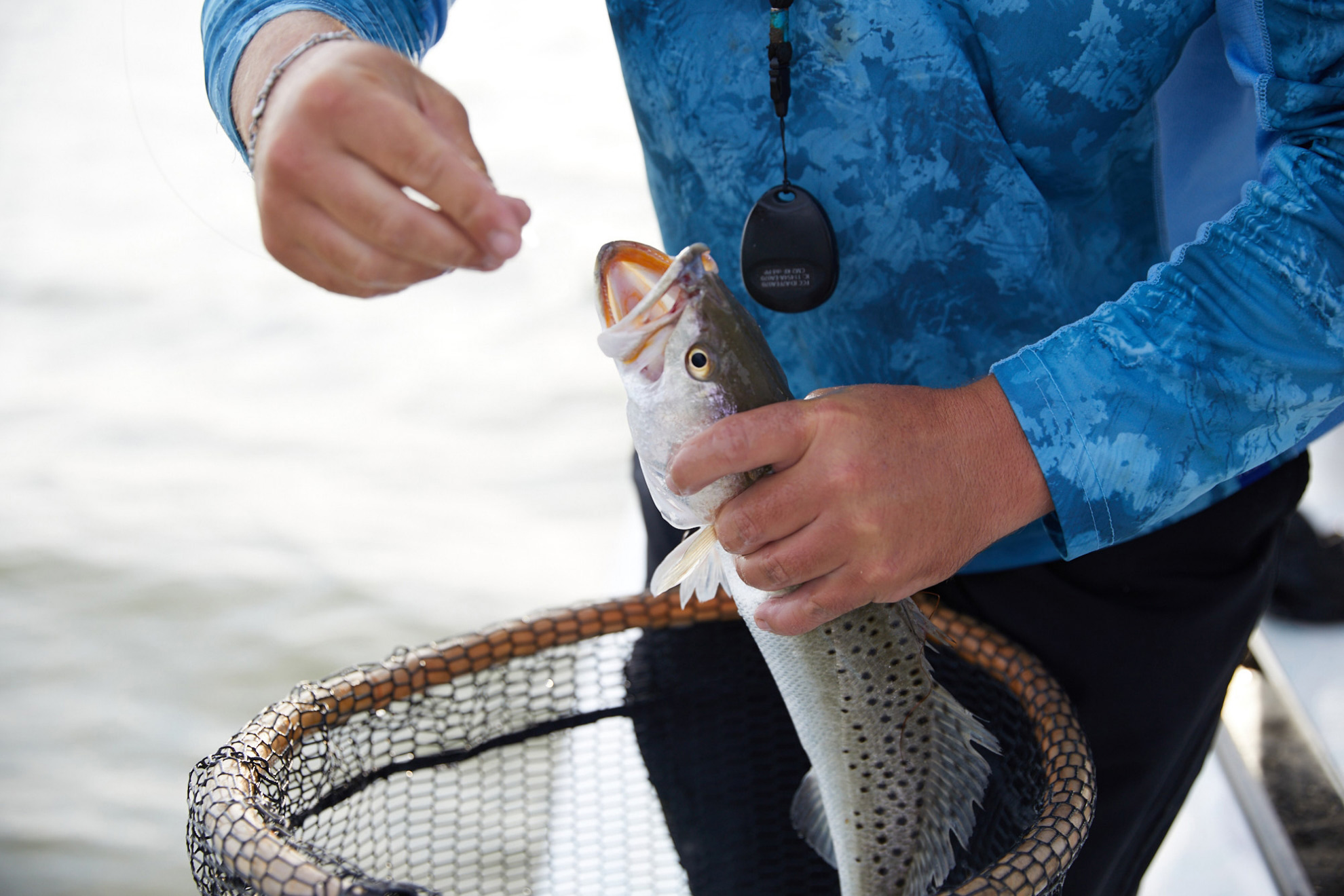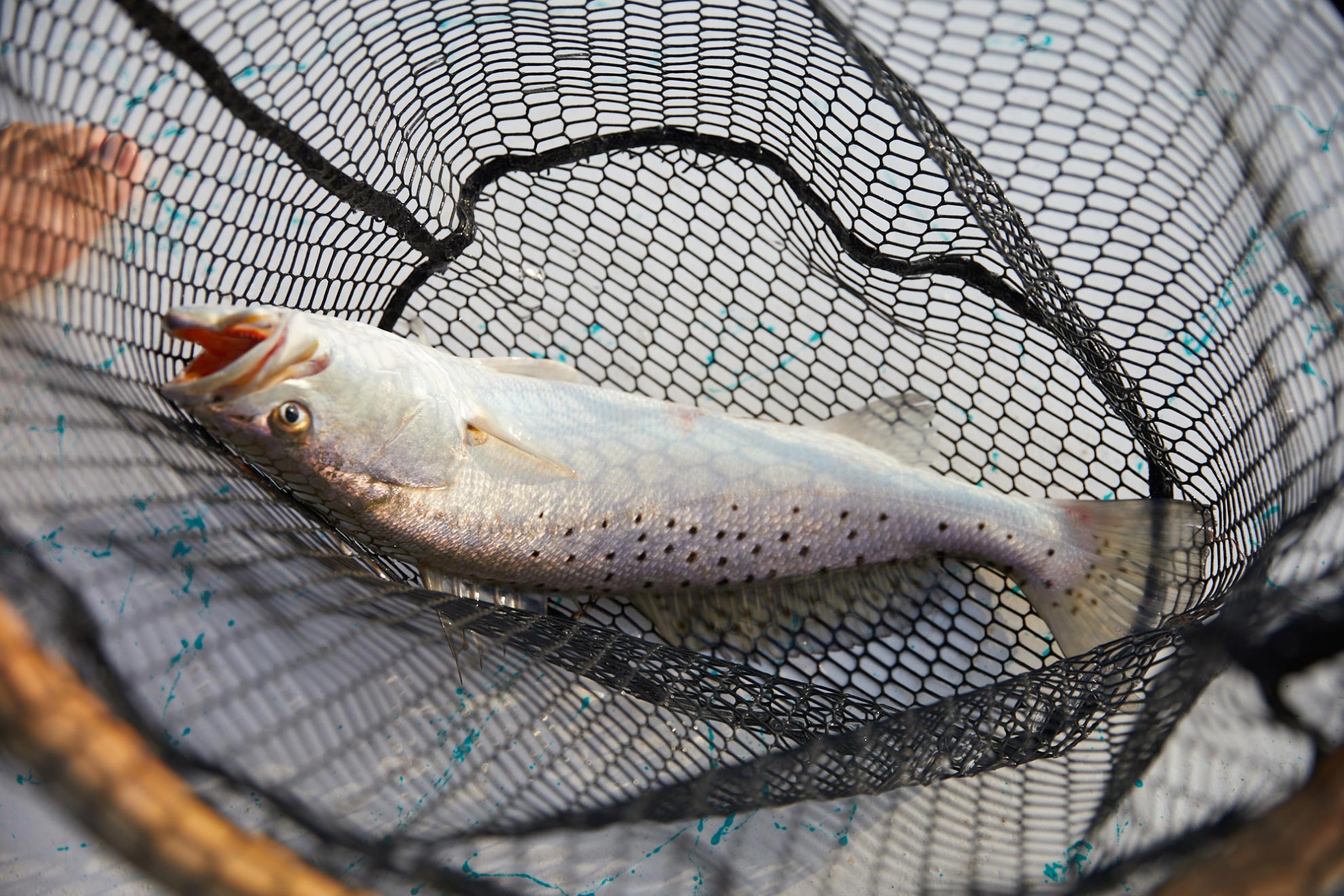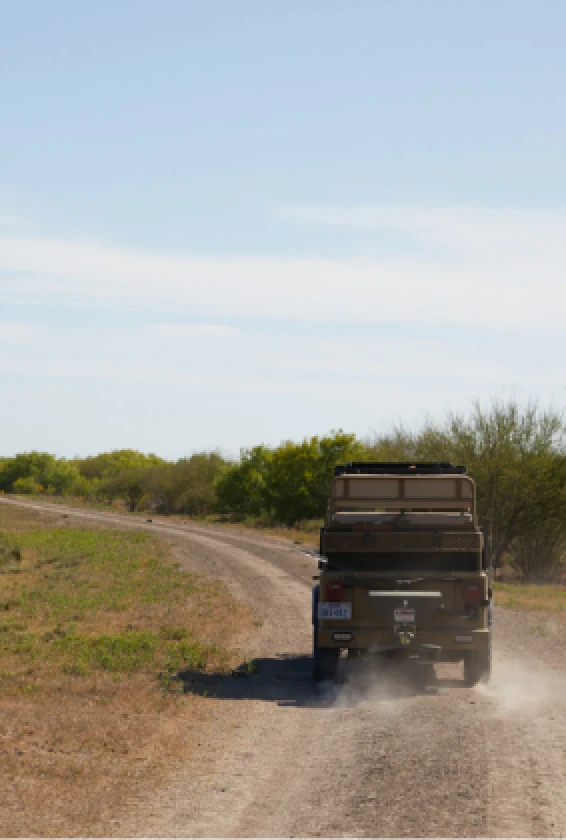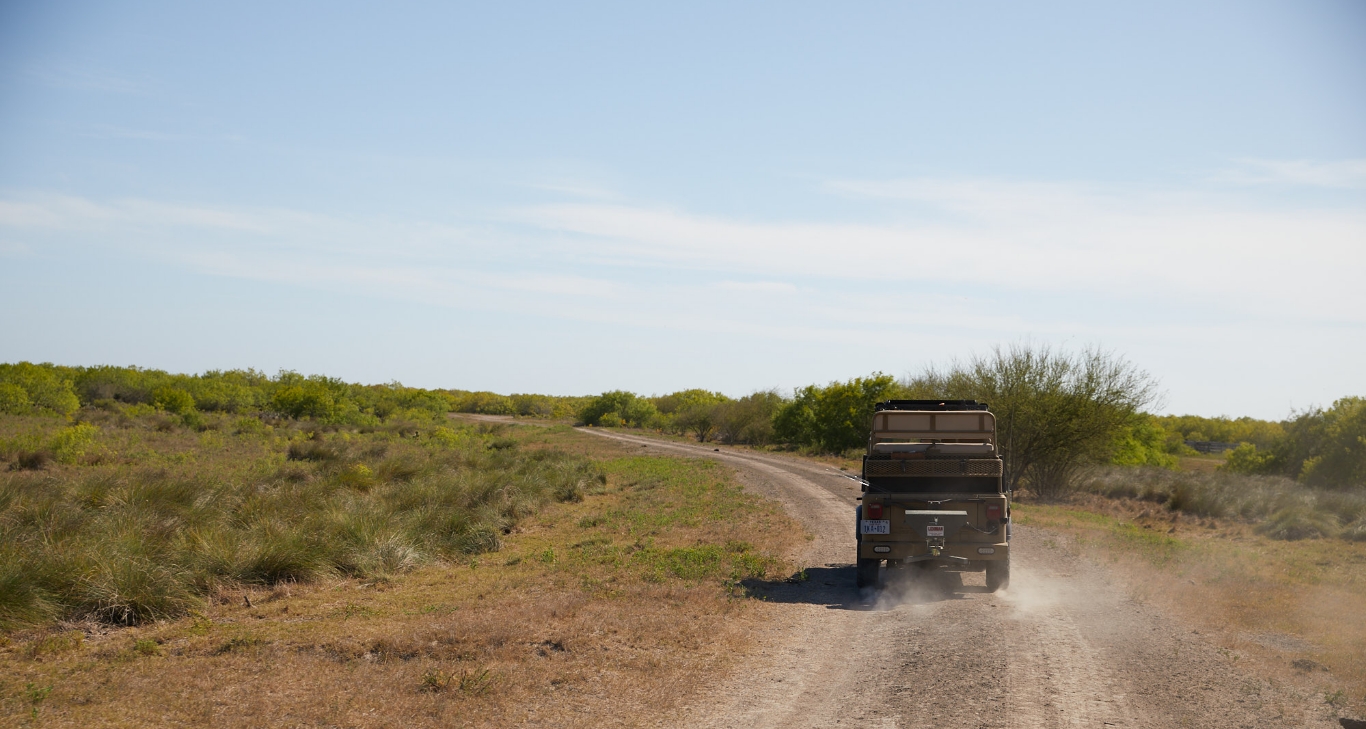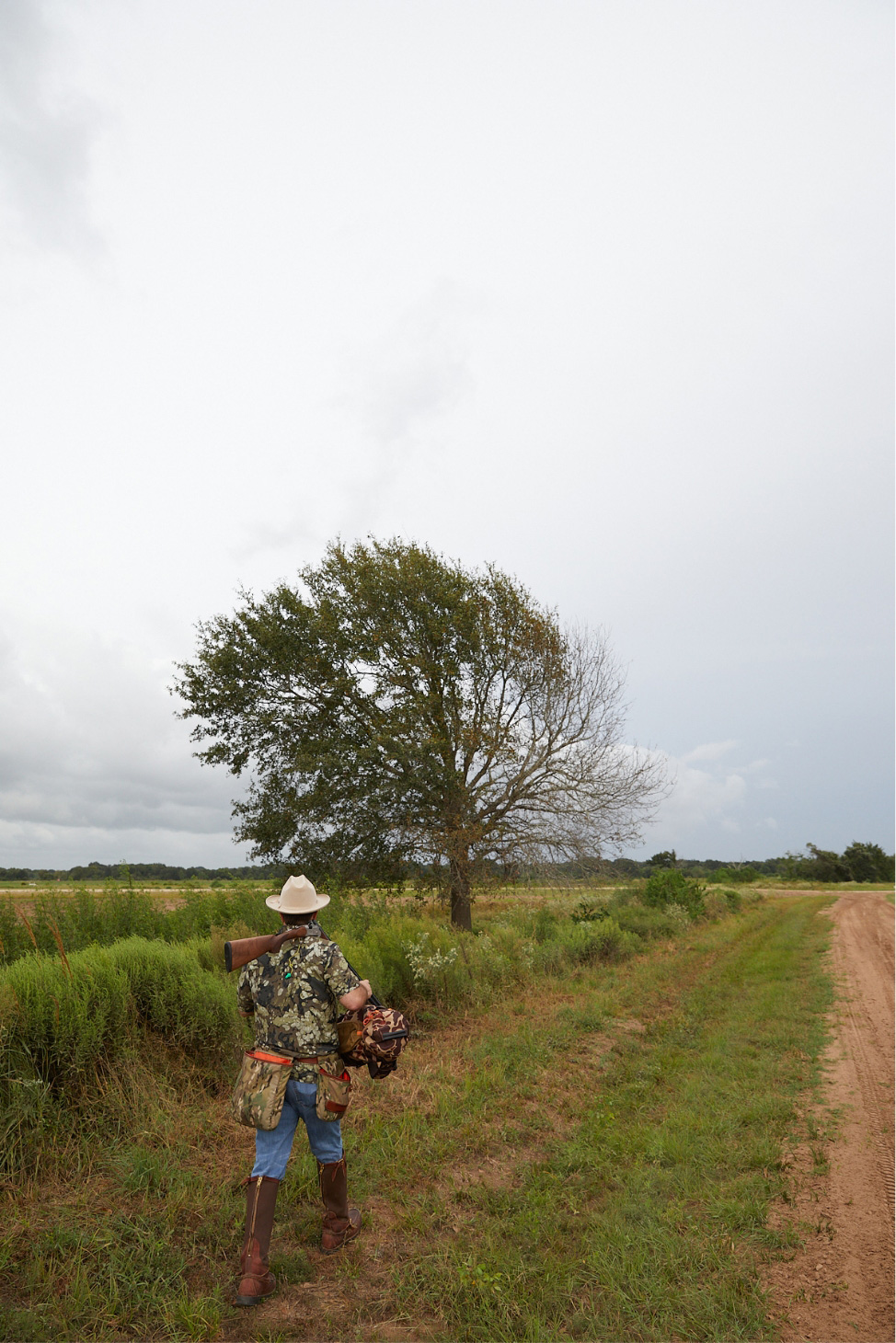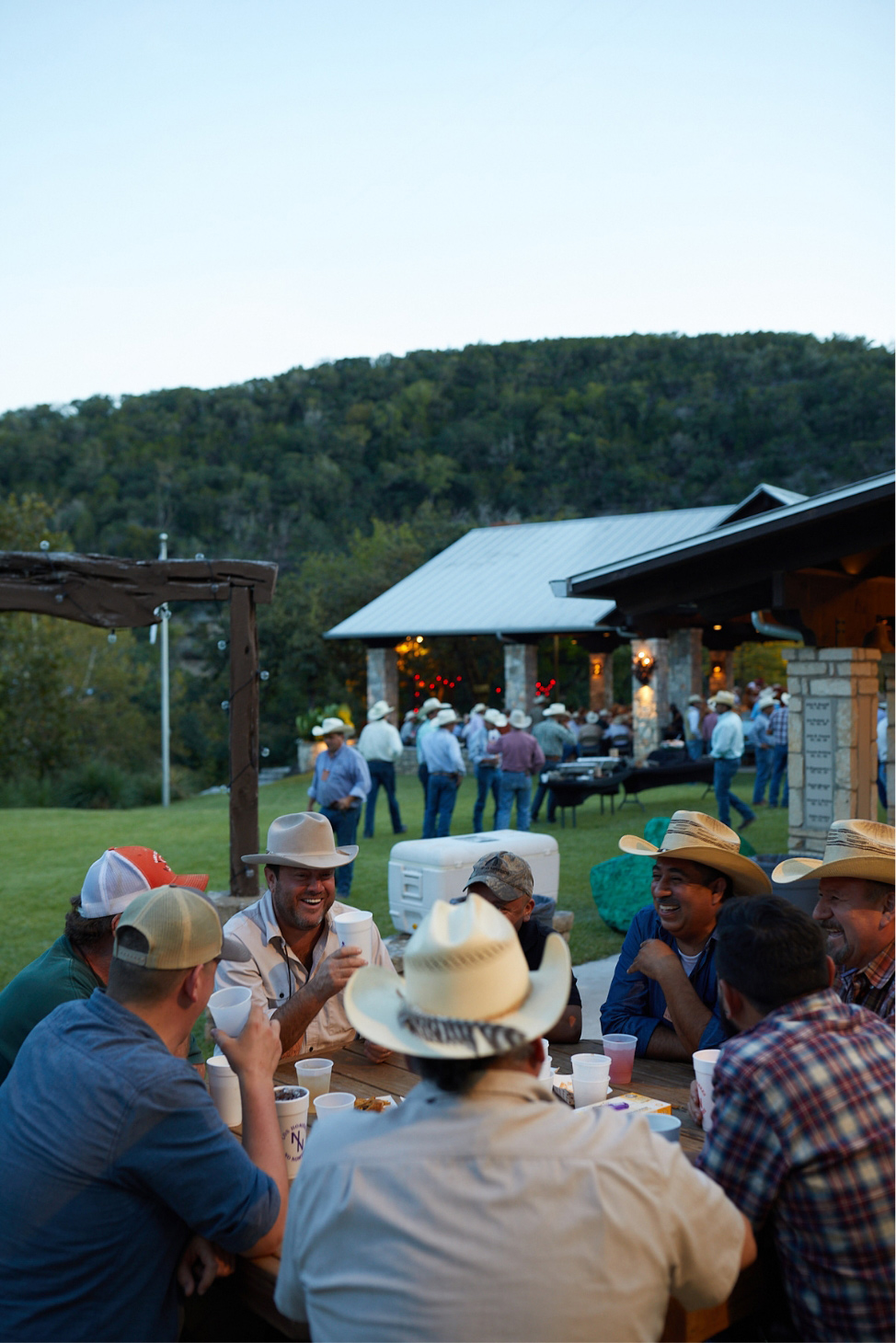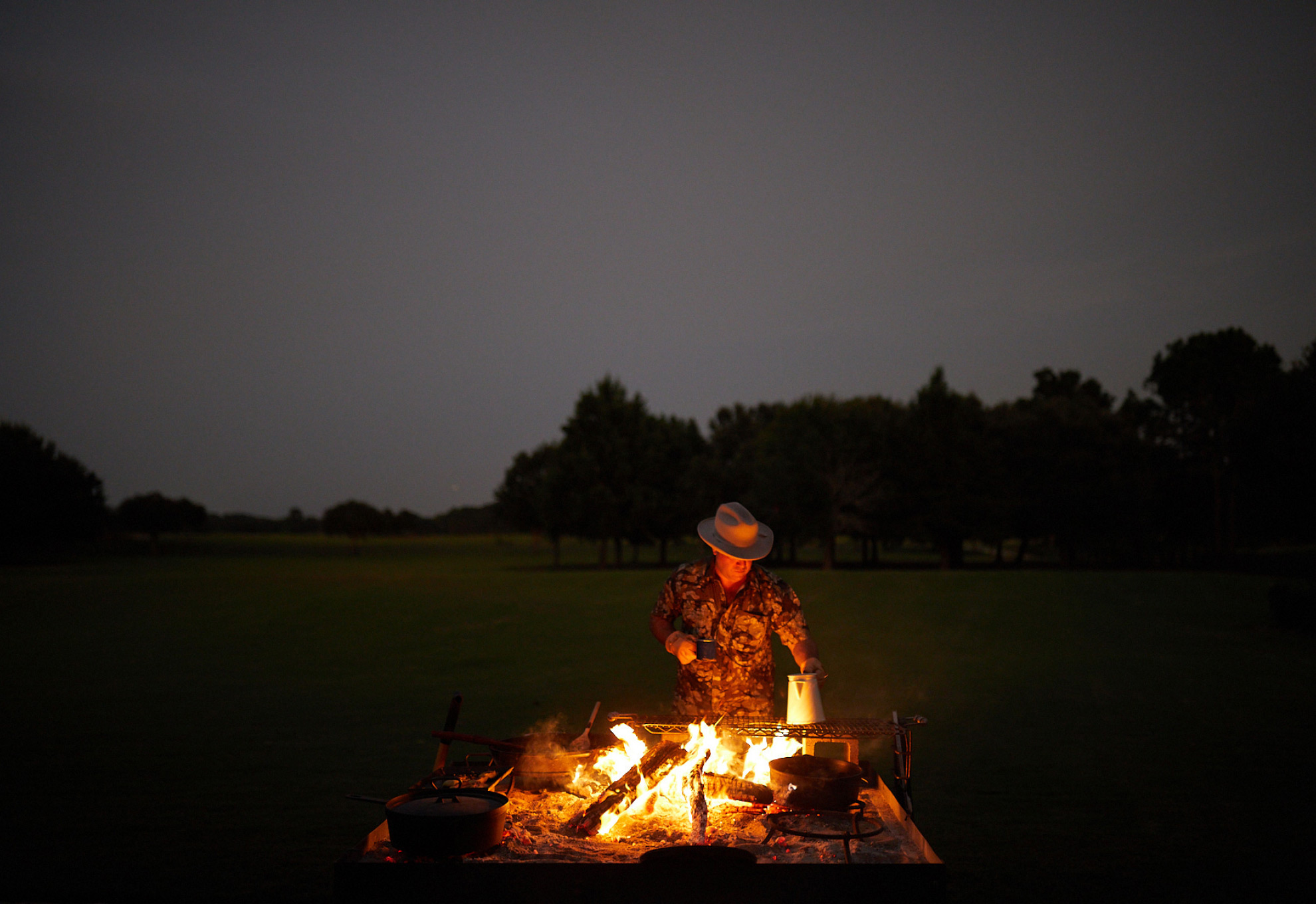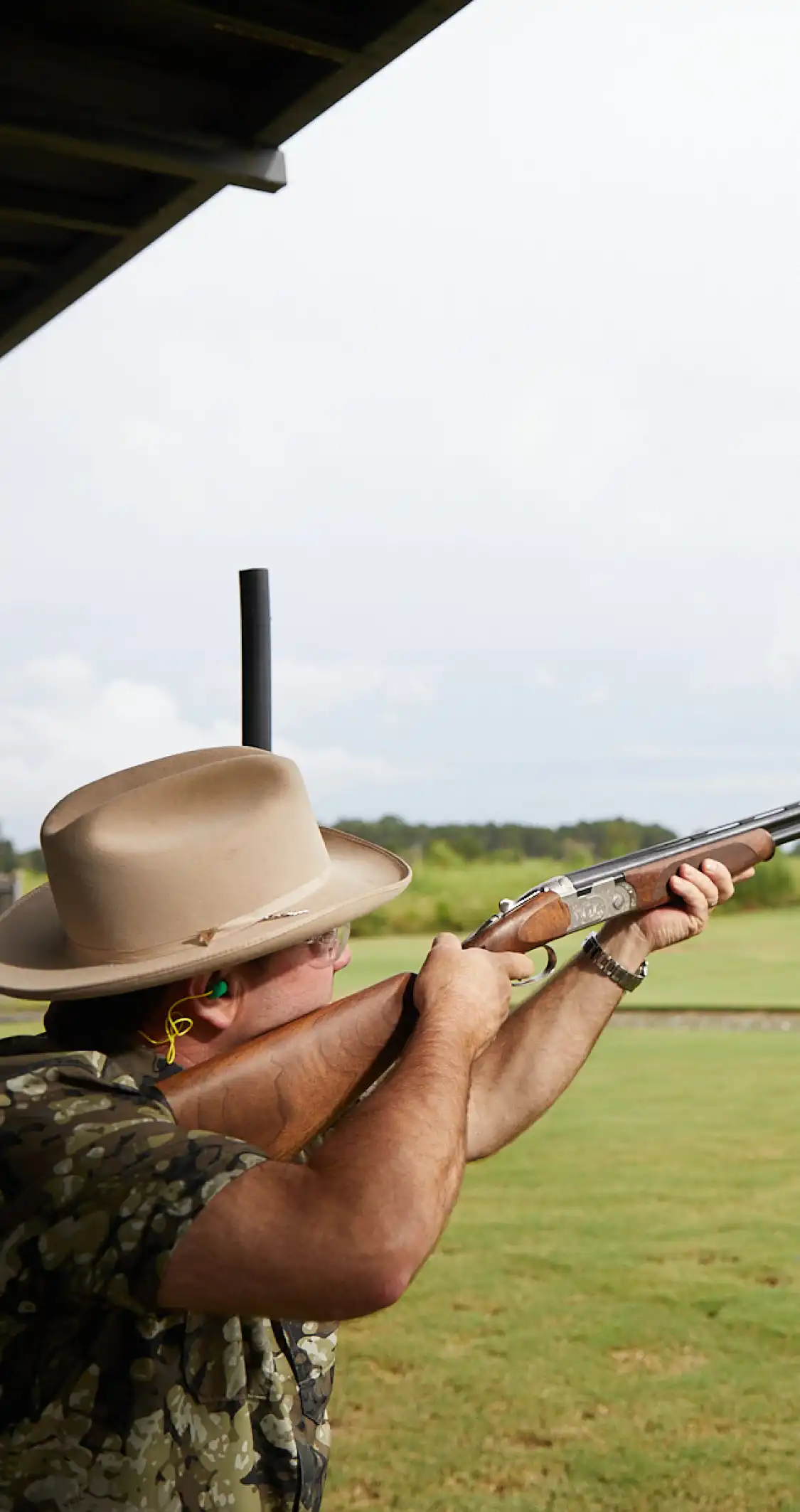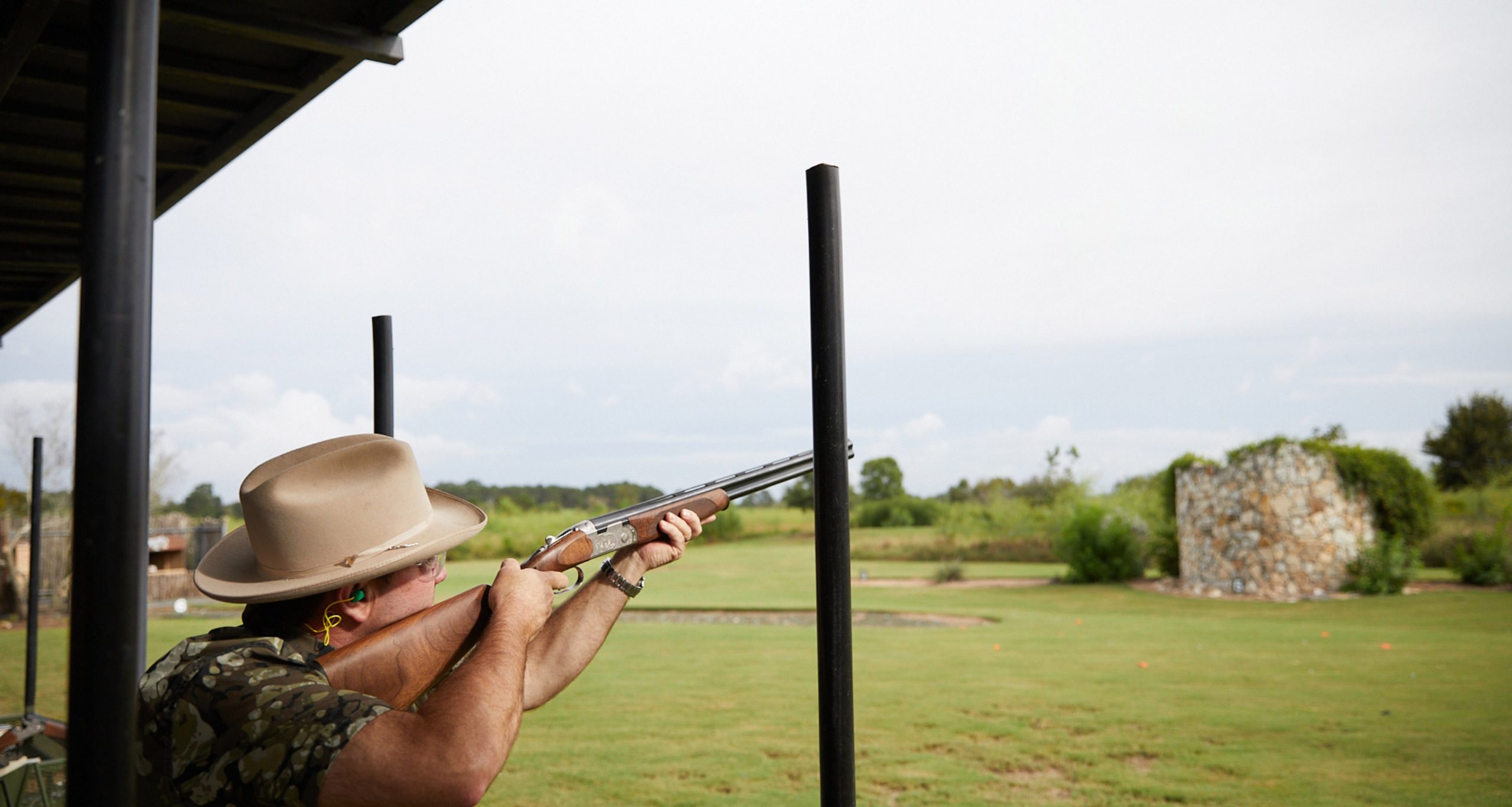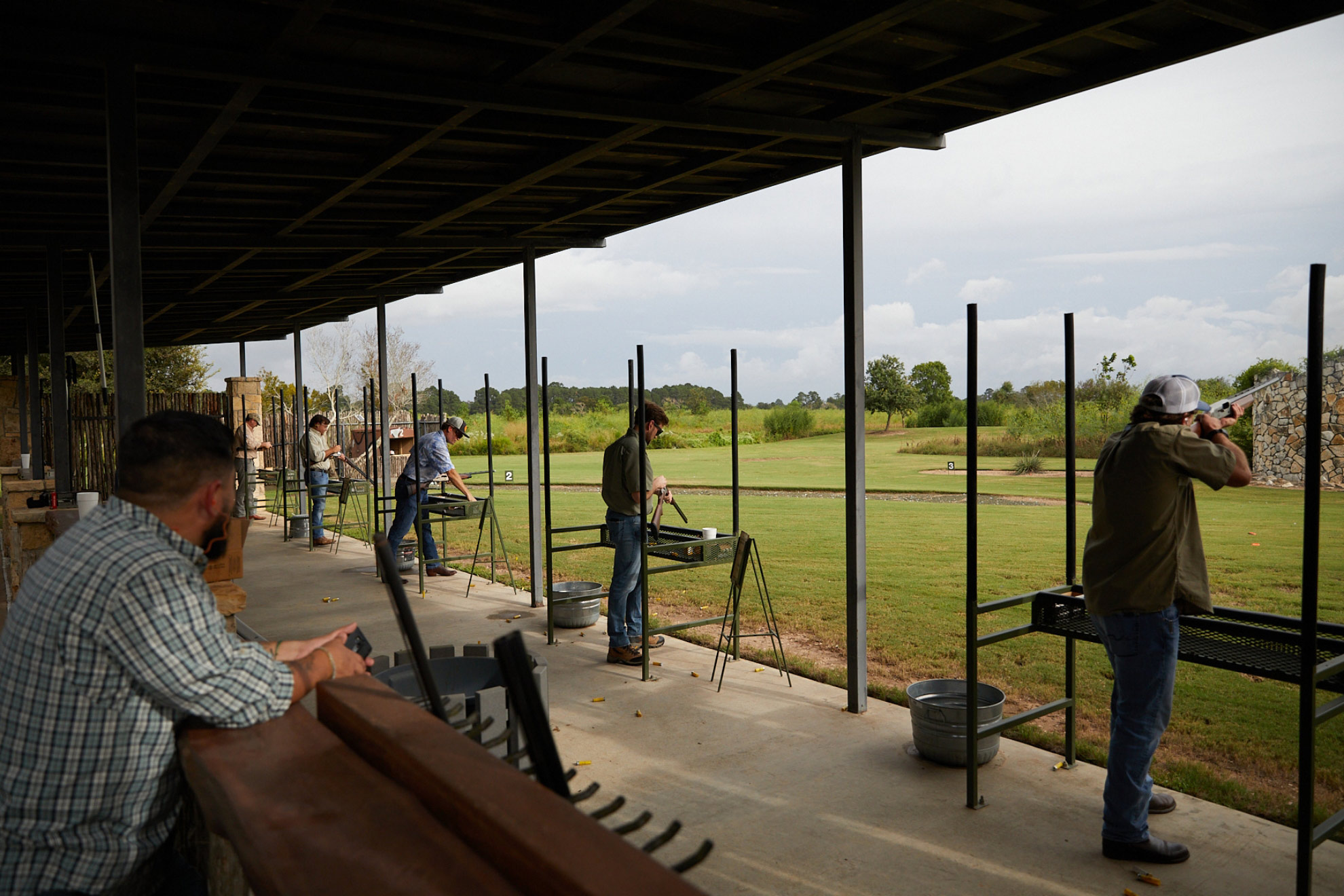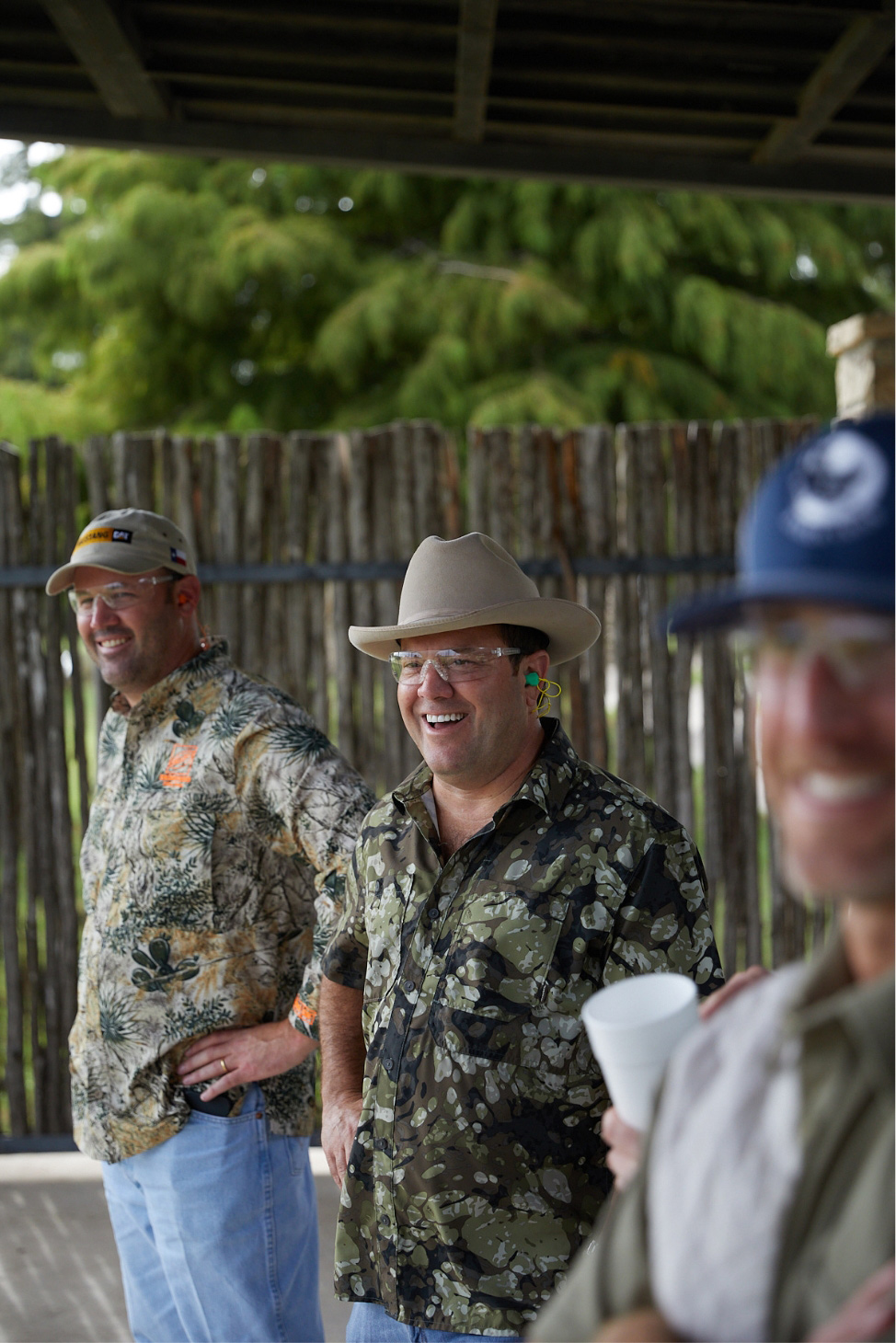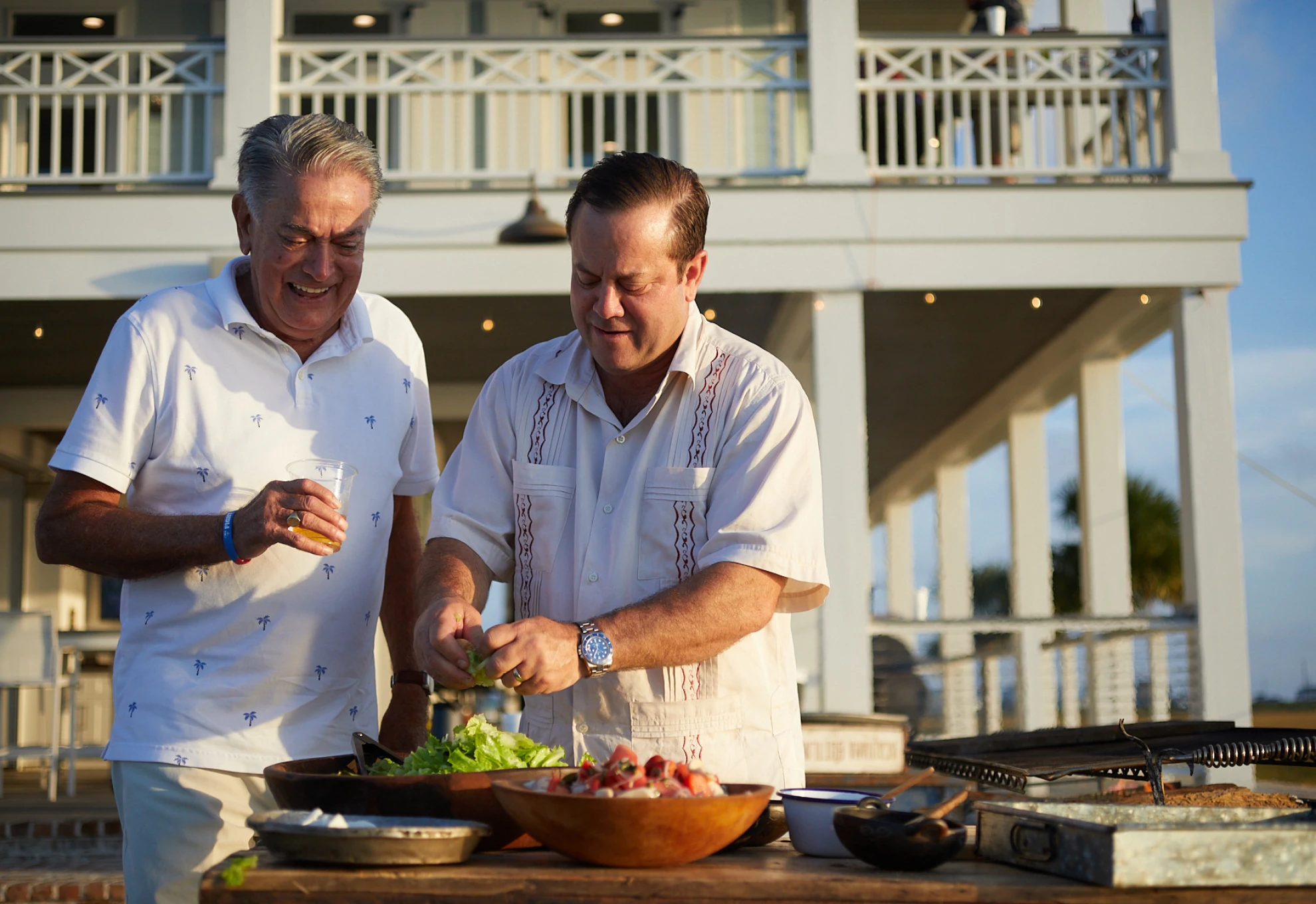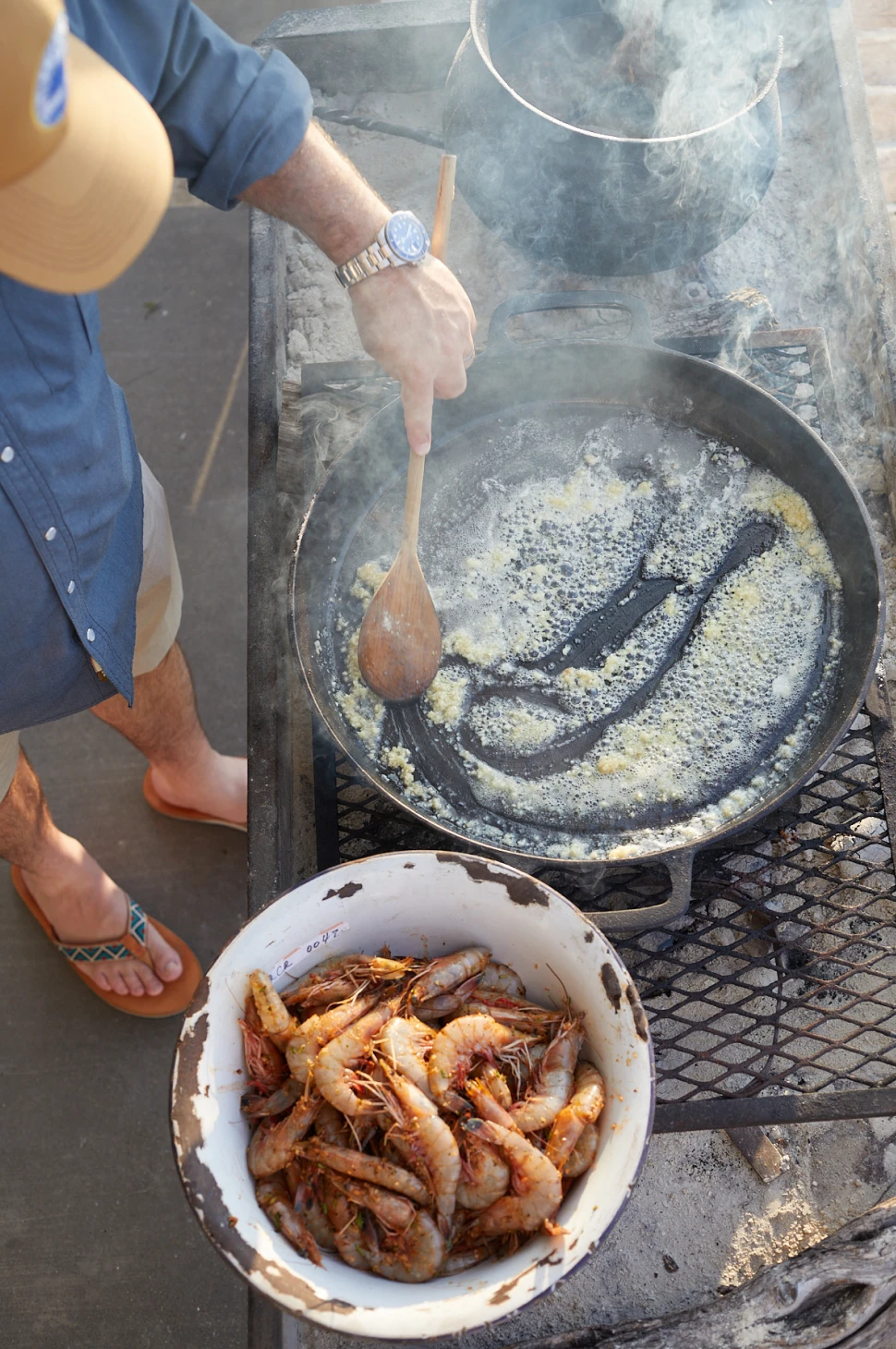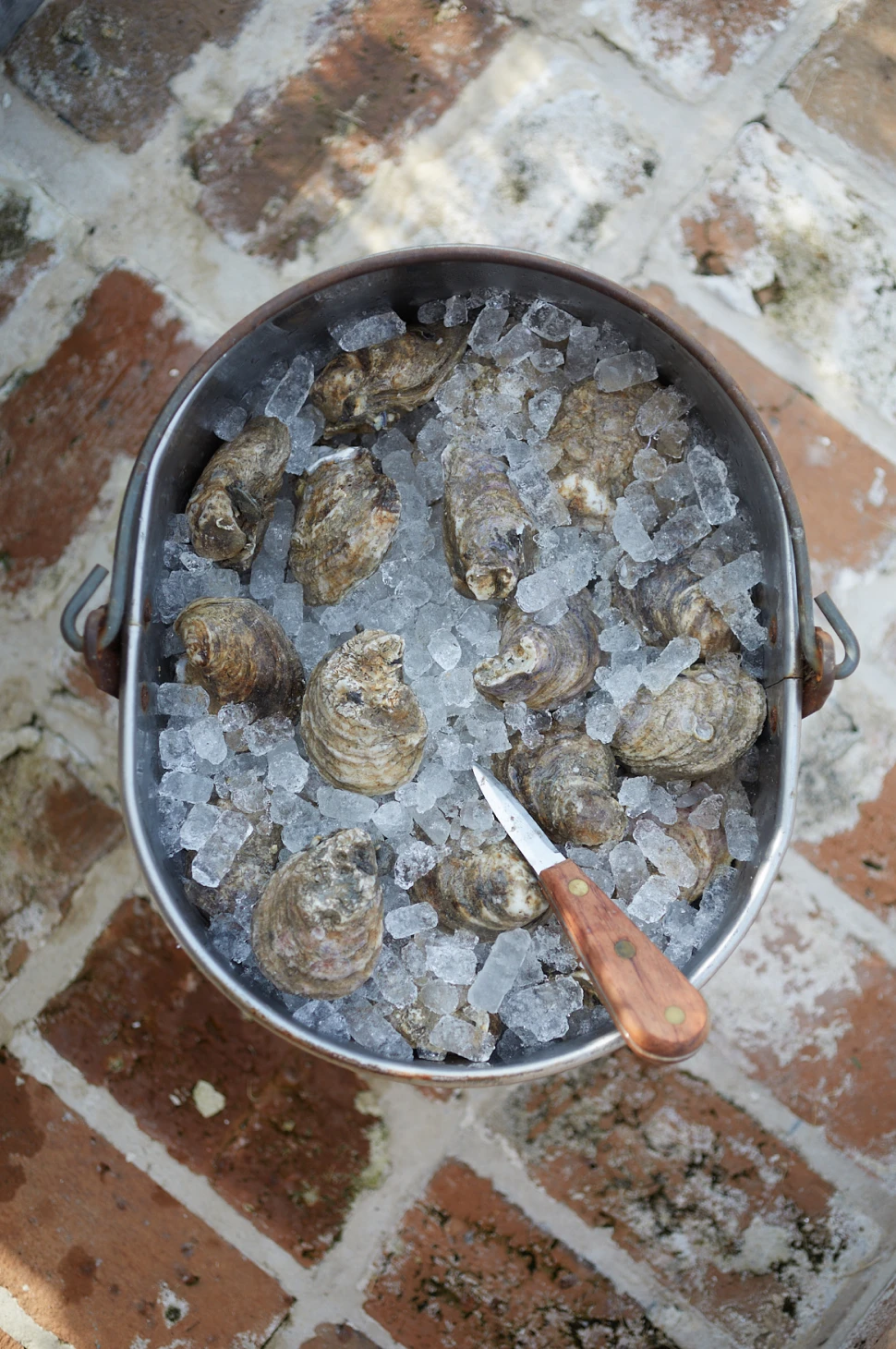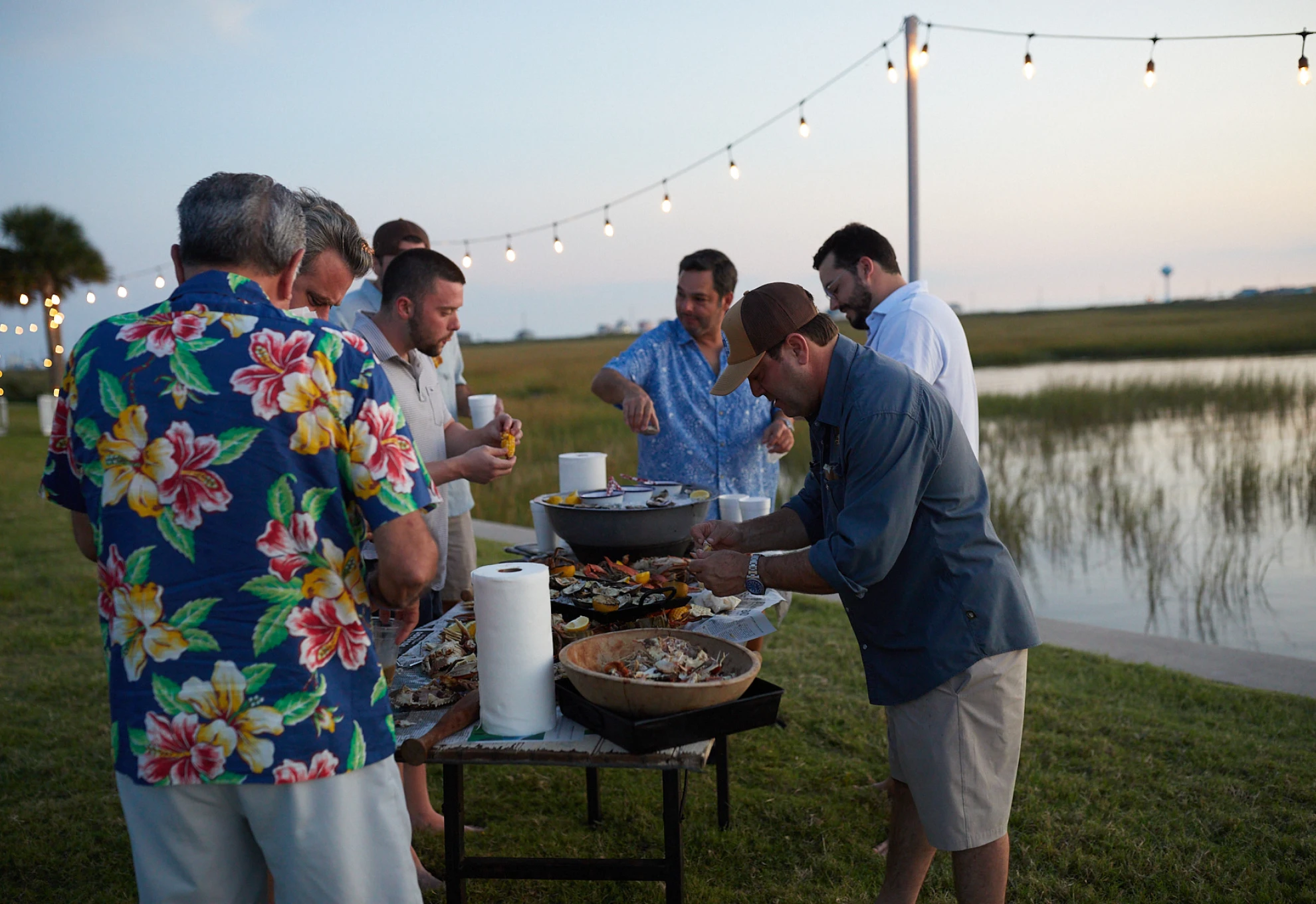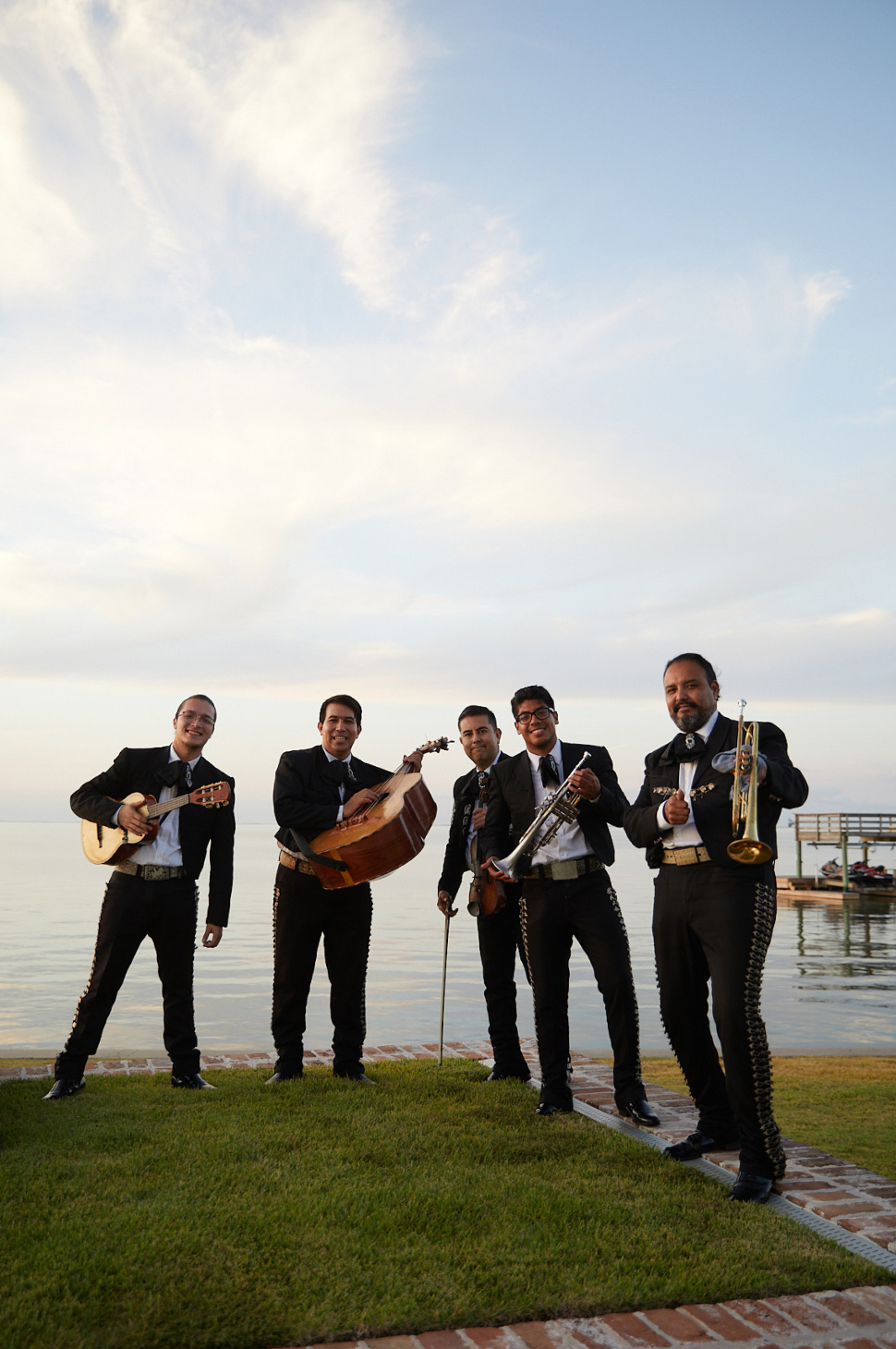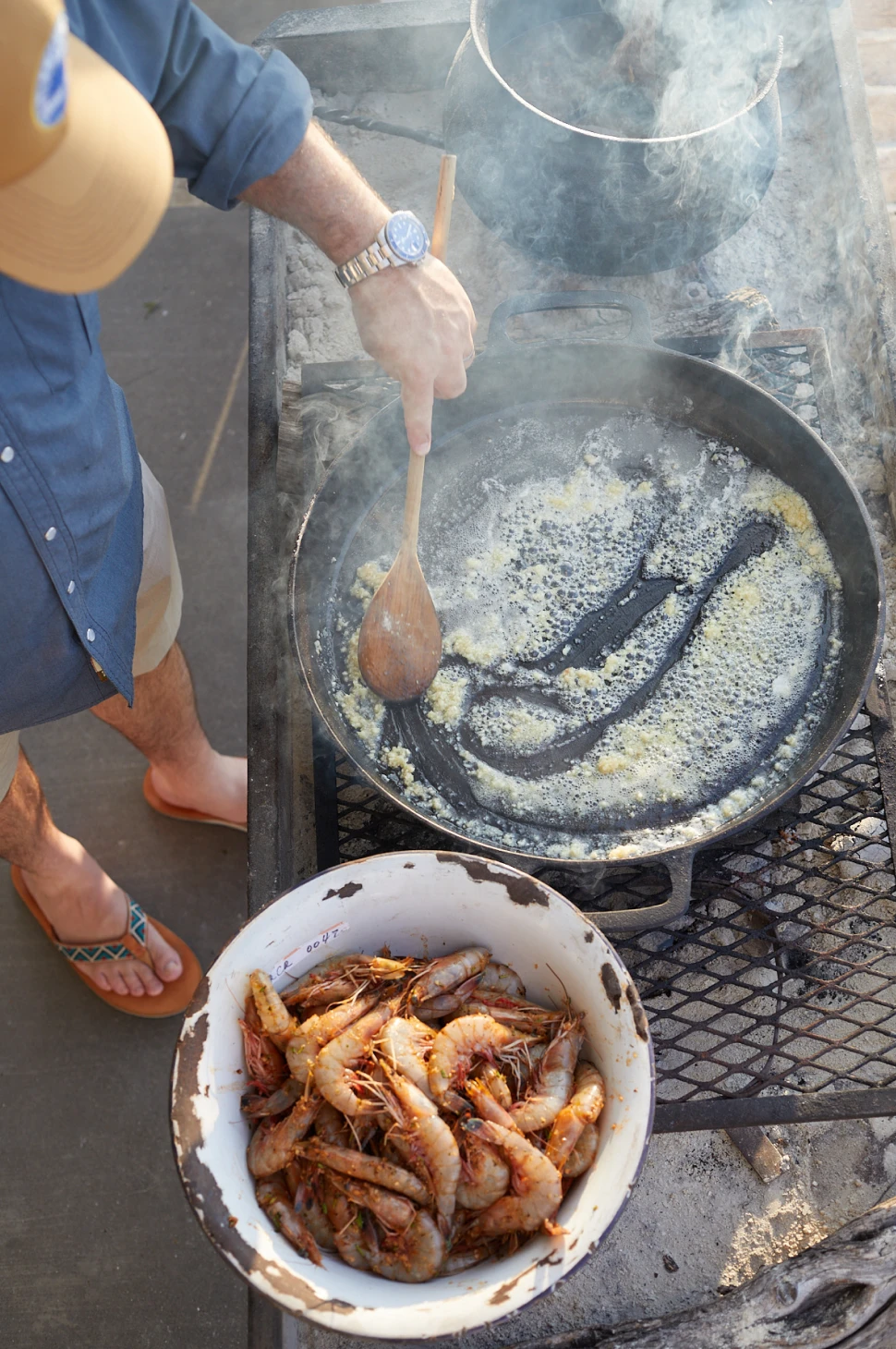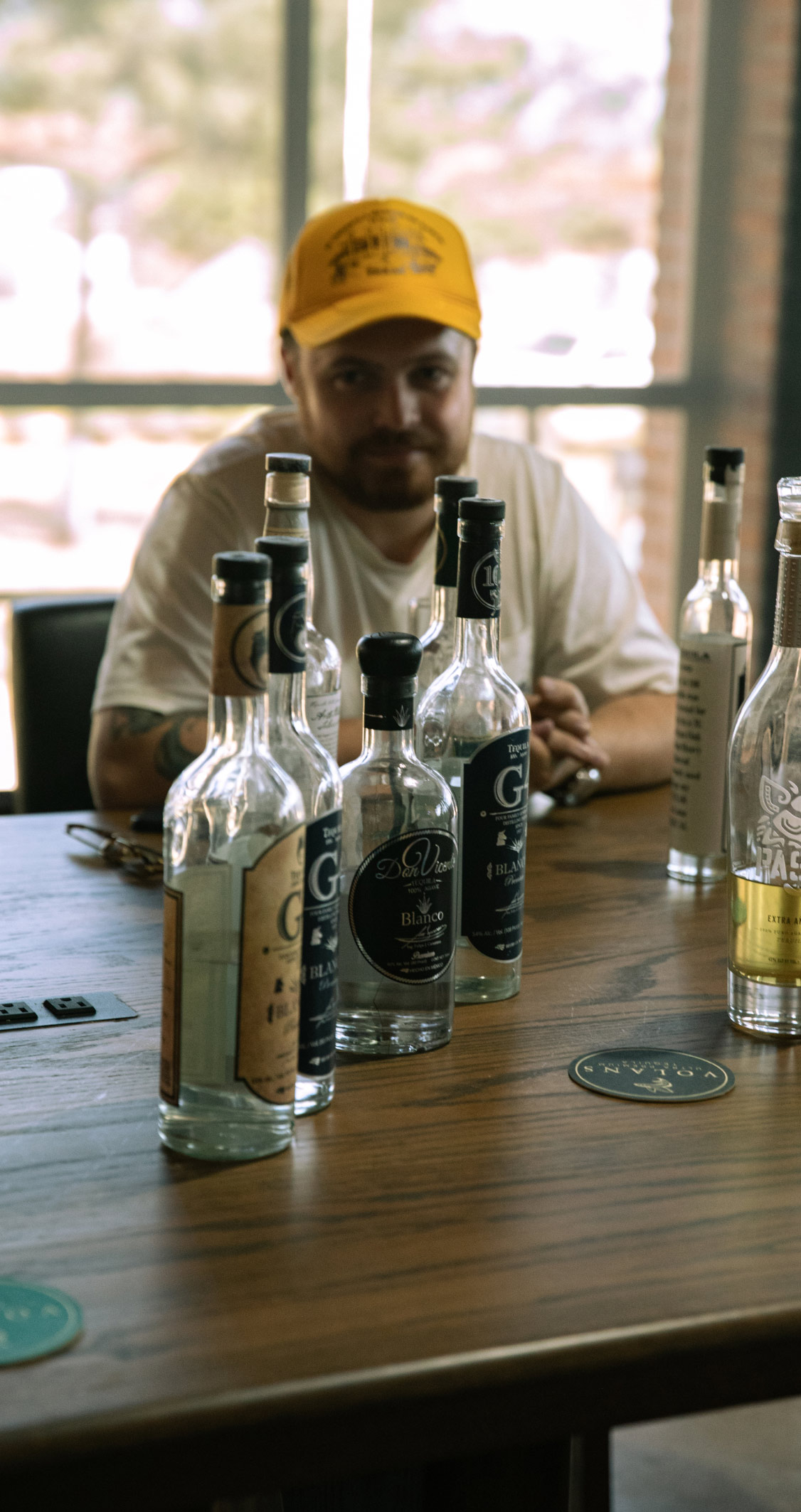
Through our restaurants, we’ve made it a point to be a source for agave spirits both in supply and knowledge (we serve our fair share of both) and one of the most common questions we get is, “what’s the difference between tequila and mezcal?”
It turns out that the answer is more interesting than the question itself. It weaves so much of Mexican culture into our shared experience in Texas, from history and agriculture to popular trends and…’80s cocaine culture? Anyway, we’ll get to that.
At the base level, it’s just good practice to know what you’re drinking and why. It’ll make the experience better overall, and your local barkeep can’t give you what you want until you know what you’re asking for. Speaking of barkeeps, we have one helluva team at Credence, with a man by the name of Westin Galleymore at the helm. As our head of beverage, it’s his job to educate his team, develop new recipes, and be an overall source of watering-hole wisdom. He’s an encyclopedia. It’s ridiculous.
So, when I started toying around with the idea of writing this article, I immediately went to Westin. Considering he’ll talk my ear off about tequila and mezcal anyway, I figured we may as well turn it into something the drinking public can enjoy as well. So, without further ado, here’s a tag-team approach to distilling the difference between two incredible agave spirits. Salúd.
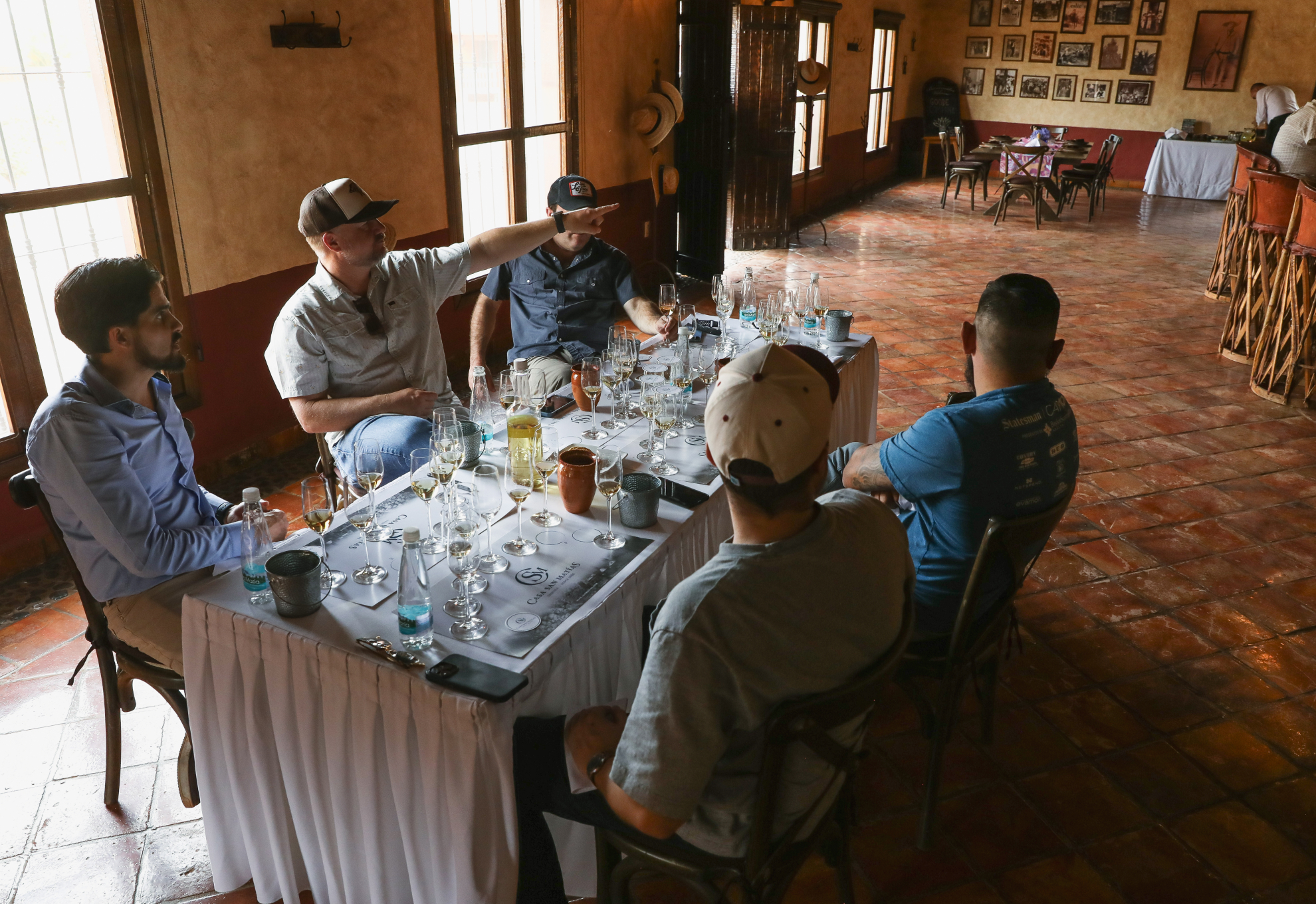
Defining Your Drink
LG: Okay, let’s start with a basic definition of mezcal and tequila. I already know it’s not a one-sentence answer.
Westin Galleymore: If only it were that easy. The term “mezcal” is a broad term used to describe any agave spirit made in Mexico—agave spirit being an alcohol distillate that's made from the fermentation process of an agave plant. So, you could say that all tequila is technically mezcal, but not all mezcal is tequila. The difference really comes down to regulations. For tequila to be tequila, it needs to be made in one of five Mexican states—Jalisco, Michoacan, Guanajuato, Nayarit, or Tamaulipas. Jalisco is, by far, the most prolific producer. Beyond its location, the next big regulation is that it has to be made from one type of agave plant, specifically the blue weber agave.
LG: It’s high on sugar, which is great for alcohol production, and is hardy as hell. The perfect tequila plant.
WG: Exactly. It’s fairly consistent in dry or wet growing conditions, highly disease-proof, sturdy, and dependable. Because of that high, clean sugar content, you're going to end up with a pretty clean spirit, which is what we all associate with that classic, smooth tequila feel.
LG: That’s a simple rundown of tequila. What about mezcal?
WG: As I said earlier, the most basic definition of mezcal is simply “agave spirits from Mexico.” But, over the past decade or two, we've seen a lot of changes. Mezcal used to be regarded as this harsh, gut-bomb booze that had a worm in it—you know, that buddy who went down to Tijuana, and spent some time down by the border and barely lived to tell about it.
“Mezcal used to be regarded as this harsh, gut-bomb booze that had a worm in it—you know, that buddy who went down to Tijuana, and spent some time down by the border and barely lived to tell about it.”
LG: I’ve definitely never been that guy…
WG: Yeah, me neither [laughs]. People think of mezcal having a worm in it. A lot of mezcal back in the day did have insects in it because it was traded from village to village and they didn’t have labels. They would put an insect from whatever region that it was coming from. It could be a cricket. It could be a worm. It could be a scorpion. Now we have fancy labels, so we can easily see where these mezcals are coming from.
Mezcal has definitely grown and matured from that negative connotation. Because of that, there have been a lot of rules and regulations applied to its production, similar to tequila. Mezcal has to be made in one of nine states, with the primary state being Oaxaca. The others are Guerrero, Guanajuato, Michoacán, Zacatecas, San Luís Potosí, Tamaulipas, Durango and Puebla. Now, as opposed to tequila, mezcal can be made with many species of agave. There are about 35 to 37 currently recognized species of agave that are safe for distillation for human consumption.
LG: Not to mention any combination of those agaves.
WG: Sure, we call those ensembles. Some people take all these plants, harvest them, roast them, extract the juice and combine them before distilling. That’s a really, really old-school method. You really need a life-long level of skill because all these different sugar compounds and enzymes and proteins and acids that naturally exist inside these plants can be very finicky during fermentation. The majority of your ensembles are going to be single distillate, single ferments, that they combine post distillation. That's the vast majority because it’s much easier. But, it’s really cool to come across those folks in the middle of nowhere who’ve been doing it the hard way for generations. That's crazy to me. I love seeing that.
LG: Any other differentiators we’re missing?
WG: The only other major difference is that mezcal is generally not aged, whereas añejo and reposado tequilas are. It’s being done to a degree, but that’s not a traditional mezcal.

“A lot of mezcal back in the day did have insects in it because it was traded from village to village and they didn't have labels. They would put an insect from whatever region that it was coming from. It could be a cricket. It could be a worm. It could be a scorpion.”


Libation Background
LG: That brings up the next major topic I wanted to tackle—the cultural perception of mezcal and tequila and how we got here. In your opinion, why has mezcal been a little slower on the uptake than tequila?
WG: There’s been great mezcal distillation for decades now down in Mexico. It just hasn’t been a popular spirit in the United States, which really comes down to drinking trends. Historically, most of our finer spirits in the U.S. have been imported by boat, which meant they spent a lot of time in a barrel. That’s why people started to associate fine spirits with aged whiskeys and aged brandies, these very refined vanilla, allspice, and sweeter flavors. Then, you get into the sixties and seventies and you start having this tiki revolution where people start drinking all this rum.
LG: Then, things got wild.
WG: Oh, things got wild. Towards the tail end of the seventies and eighties, you had a lot of drugs and a lot of partying. The American lifestyle became so much faster—how can I get this drink quicker? Scotch doesn’t taste good with my cocaine, but I can have vodka and I’m not even going to taste it. Between that cultural shift and the introduction of the soda gun in the late eighties and nineties, the American palate shifted towards neutrality over sweeter flavor profiles.
But, the bright side to all of that partying is it gave birth to this great American revolution of the drinker who became very educated. It started in New York with these hotel managers who were taking over historic hotels, diving into old menus, and starting saying, “maybe we should make a Manhattan properly.” Slowly but surely, you have this wave of nostalgia and drinkers who wanted to be educated, so they started venturing out to all these obscure spirits.
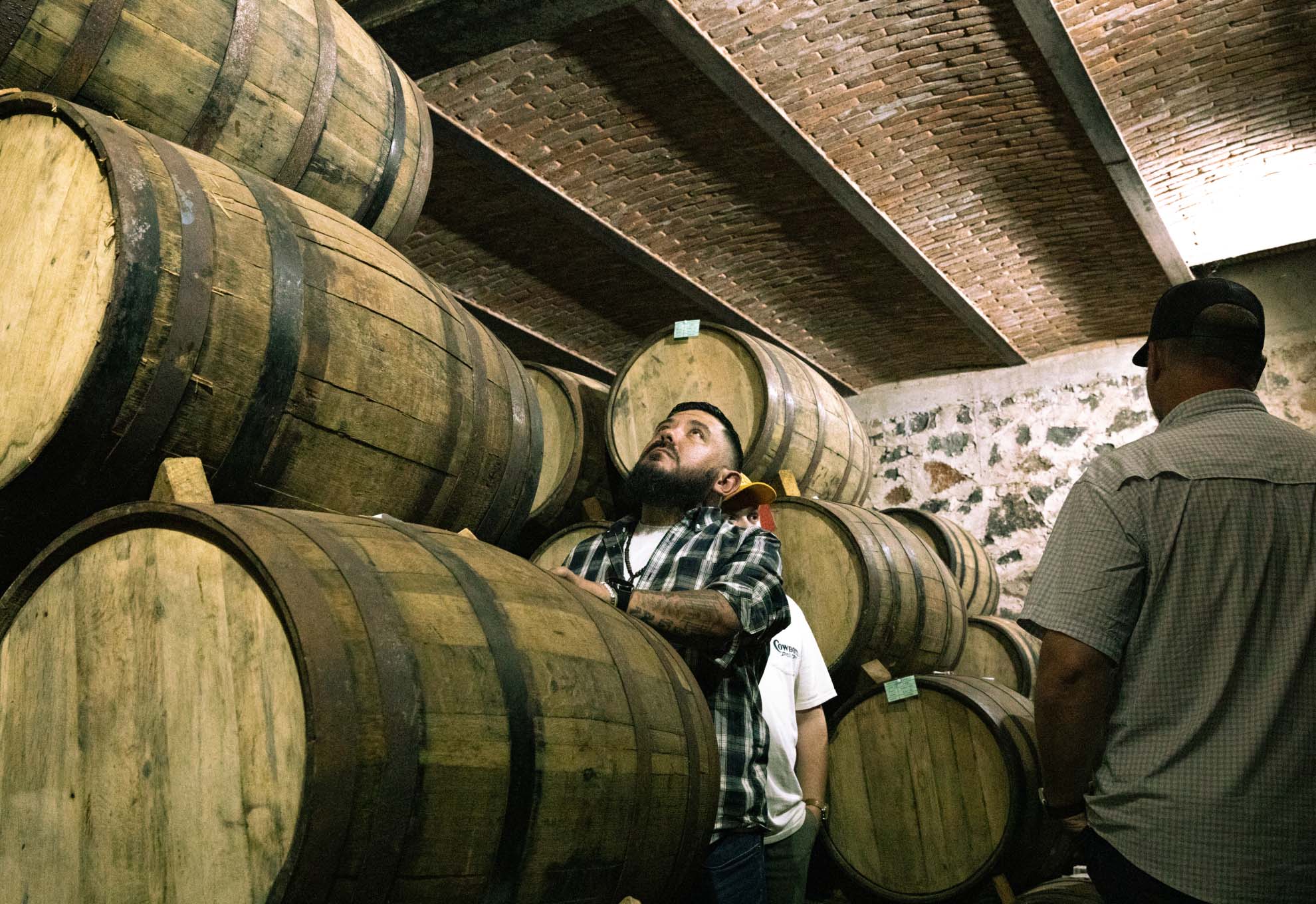
LG: See? The ’80s weren’t all bad. We’ve seen it happen in real time, really. People started getting more adventurous. They started venturing out into different flavor profiles, and that’s where they started to get a little bit more accustomed to tequila. It started out with sweeter tequilas but as consumers became more educated, they wanted to try other spirits.
WG: It’s been fun to see the flavor profile change for the American palate on a larger scale. A good comparison is seeing all of the craft breweries that exist across the nation now. If you were drinking an IPA in the nineties, you were kind of weird.
LG: There’s quite a bit of geography involved, too.
WG: Definitely. I think it’s a mix of both. States like Texas, California, Arizona, and New Mexico have a strong cultural integration with Mexico, and they had a better understanding of these two spirits. And now we’re seeing that with mezcal, along with fine-dining states like New York. People are starting to see that mezcal is not just a nastier version of tequila. It’s a completely different spirit. That being said, I think there’s still a portion of people who live in Mexico or who are from Mexico who still have that connotation—that tequila is premium, and mezcal is not.
“It’s been fun to see the flavor profile change for the American palate on a larger scale. A good comparison is seeing all of the craft breweries that exist across the nation now. If you were drinking an IPA in the nineties, you were kind of weird.”
Taking a Taste
LG: Alright, let’s get to the important stuff. For someone who’s not educated in the ways of mezcal, how would you describe the flavor differences?
WG: For a beginner, they have to understand that a lot of the entry level mezcals—whether they’re in a cocktail or neat—are going to be similar in flavor profiles. Generally, they’ll be very savory, almost smoky, and a lot more earthy than tequila, which is a lot brighter. It’s typically a little bit more citrus driven, with some notes of black pepper and aloe. Now, they also need to understand that mezcal has such a wide breadth of flavor profiles. Each species of agave is a different wormhole of flavor profiles that you might find yourself liking more than your entry-level mezcals. Some of them can be as floral and as delicate as a gin. Some of them can be super spicy and green pepper driven. If they do love these giant smoke bombs, there’s a ton of these savory, beef-jerky party mezcals that are out there. And then there are some that strike a balance between them all. It can be a really, really fun avenue once they allow their minds to open up and realize that mezcal isn't just the smokey cousin of tequila.


“It can be a really, really fun avenue once they allow their minds to open up and realize that mezcal isn’t just the smokey cousin of tequila.”

LG: A lot of people prefer mezcal with food, too. I think mezcal can be a lot more food-driven than tequila. That being said, a lot of mezcals are typically higher in proof than tequila, so you have to prepare yourself to be drinking a higher alcohol spirit.
WG: I agree, and the same goes for cocktails. Mezcal generally has a more intense flavor profile than tequila, and that comes through in a cocktail. You just kind of have to find your happy medium. Typically, I love making margaritas with mezcal, or a negroni is fantastic. I actually think mezcal works better than gin, but someone’s going to kill me for saying that. If a prickly pear margarita is your jam, try it with mezcal. If you like a passionfruit margarita, or anything that typically has a sweeter flavor, try it with mezcal. On the other hand, if you choose a super dry, skinny margarita with mezcal, you may be in for a shock. I wouldn't recommend a paloma right out of the gate.
LG: How about for the home-buyer? Should they expect to pay more for tequila or mezcal?
WG: I think mezcal is inherently more expensive because it’s a lower yielding product. Oftentimes, those agave species that they’re using take two to four times longer to reach maturity than the blue weber. Also, there are not as many open fields. It is growing, but they’re mainly grown in small family-operated businesses. With that in mind, you might get a better value with a $30 tequila than you would at a $30 mezcal. I’d say a decent price for a good sipping mezcal would be around the $90 range, and that’d be the ultra-premium range for tequila.

Three-Bottle Lightning Round
LG: With that in mind, I wanted to wrap this up with a rapid-fire recommendation from Mr. Gallymore. Drop three bottles of tequila and three bottles of mezcal that you’d recommend for our imbibing readers. Drum roll…
WG: Oh shit [laughs]. Here goes nothin’.
Mezcal
Good
Mal Bien Artesanal Espadín ($40–$45)
Fantastic entry-level mezcal. Great to sip. Great for ranch water. Great for margaritas.
Better
Rey Campero Espadín ($55-$65)
Hands down, this is one of my favorite mezcals to sip.
Next-level
Palomas Mensajeras or Gusto Histórico ($100+)
Anything from either one of these producers would be super fun mezcals to dive into and start learning about a whole wide range of agave species.
Tequila
Good
Tapatio Blanco ($40-$50)
Don’t let the cheap-looking label fool you. This is a great tequila and a favorite for many locals in Mexico. It’s great for anything.
Better
Anything from Cascahuin ($65+)
If you’re looking for just a solid tequila, you can’t go wrong with anything from this distillery—great for sipping and mixing.
Next-level
Anything from ArteNOM ($100+)
Their aged tequilas are something to behold.
A huge thanks to Westin for dropping some agave knowledge. What started as a drink for me has quickly become so much more, for both tequila and mezcal—and the same is true for Mexican, Mexican-American, and American culture. These spirits aren’t just great to drink; they’re a glimpse into an ancient art and culture that goes back thousands of years. Hopefully, this quick guide will give you enough courage to head out to your go-to tequila bar and ask for something new. Trust me, bartenders love a customer with an open mind, and they’d be just as excited as you to open the door into the world of tequila, mezcal, or wherever your next drink takes you.
Photography by Steve Schwartz



